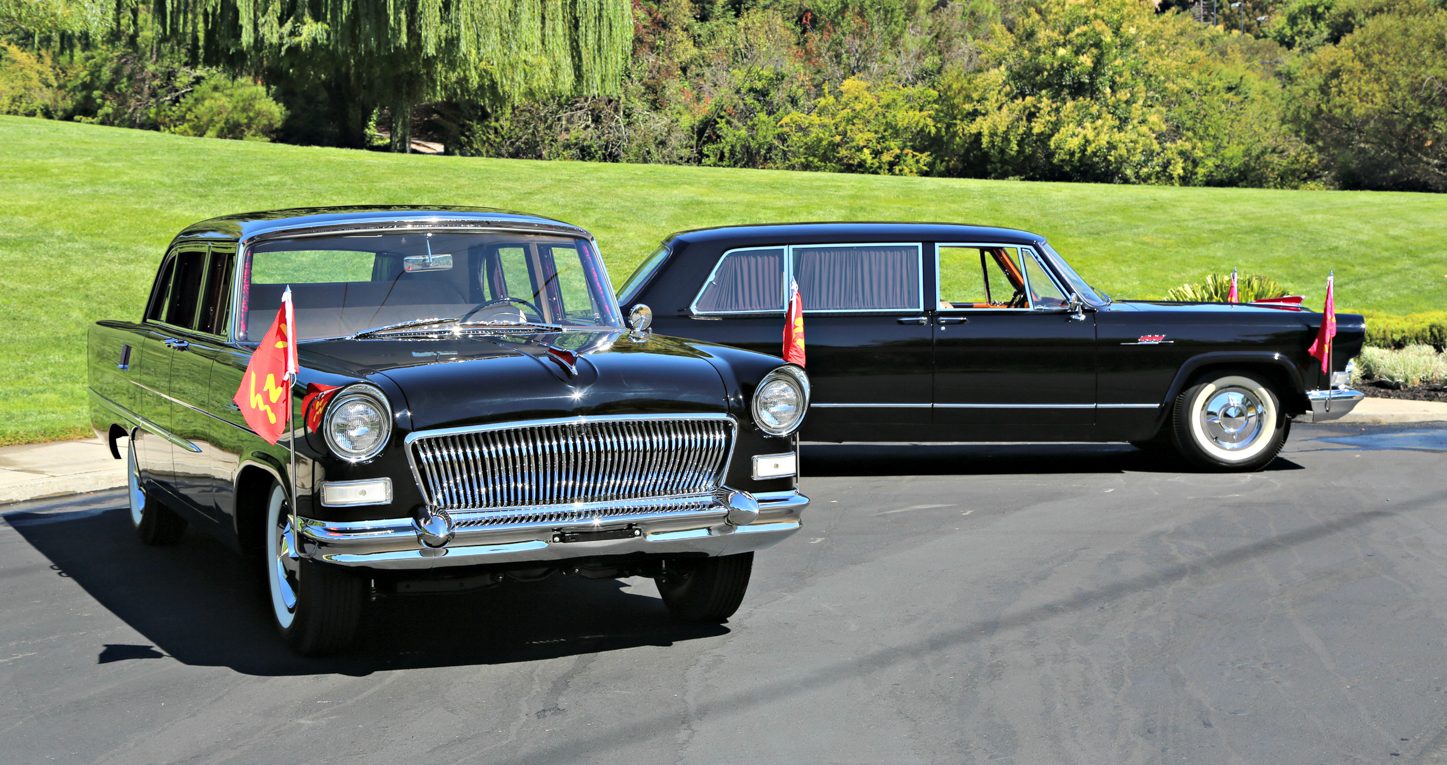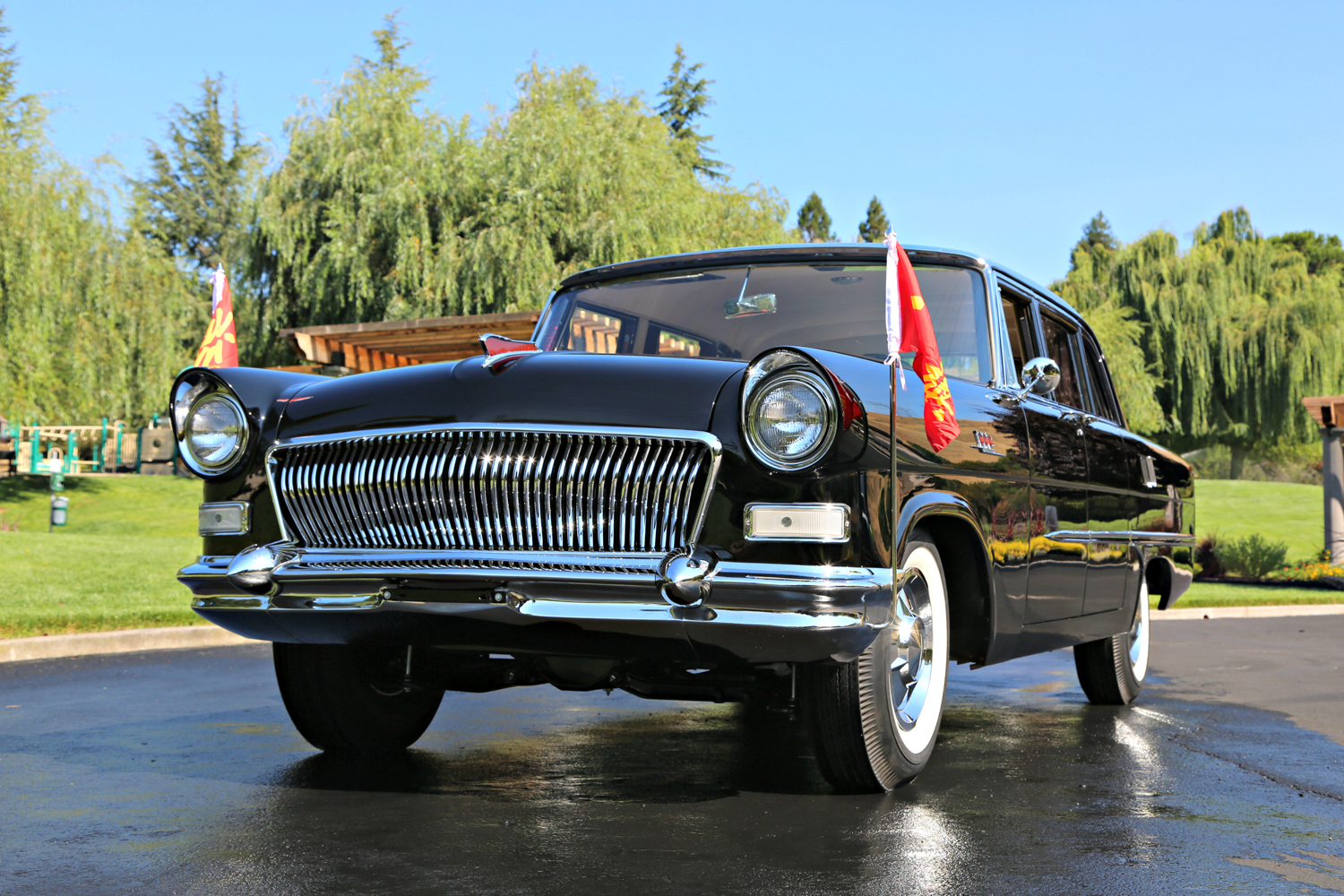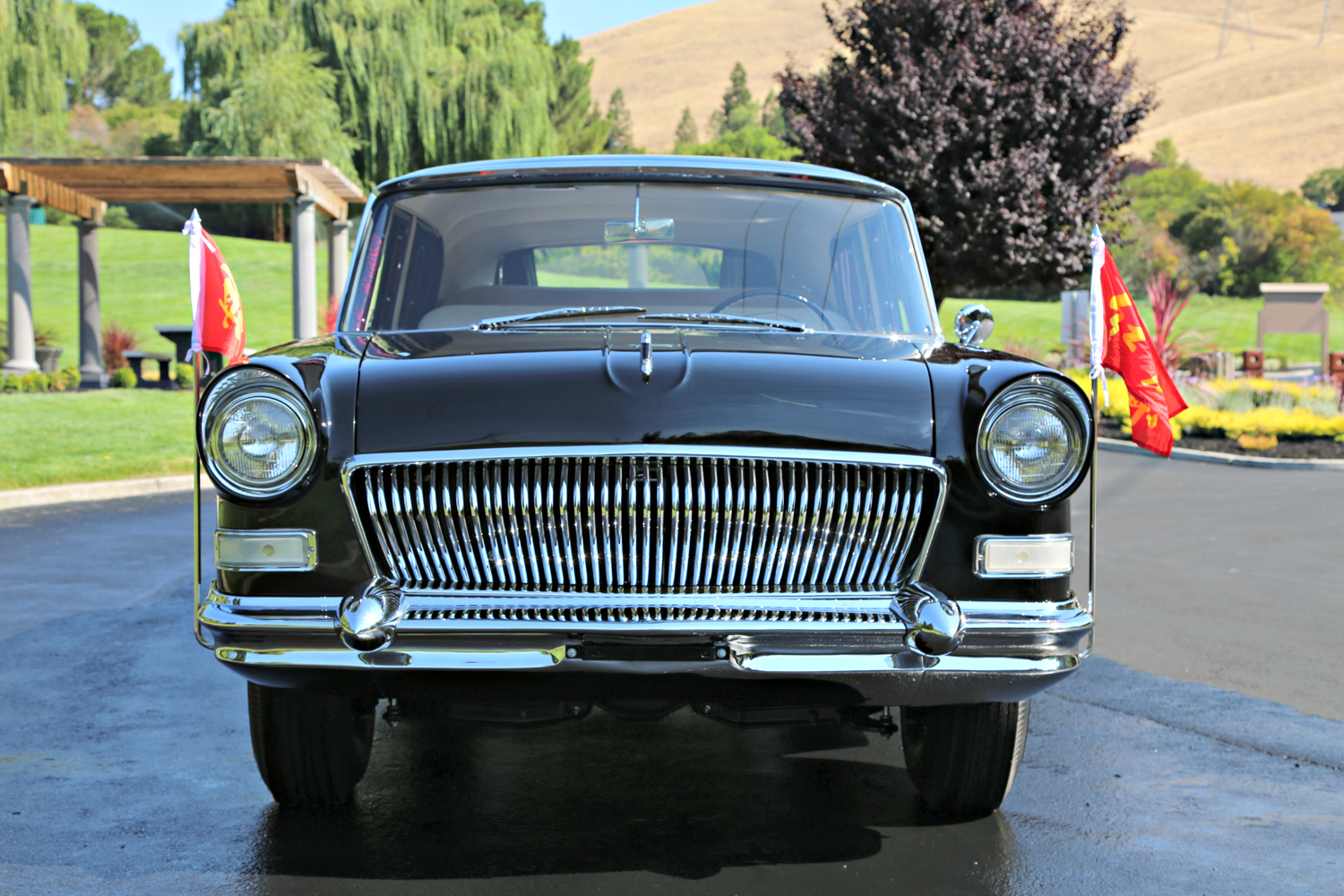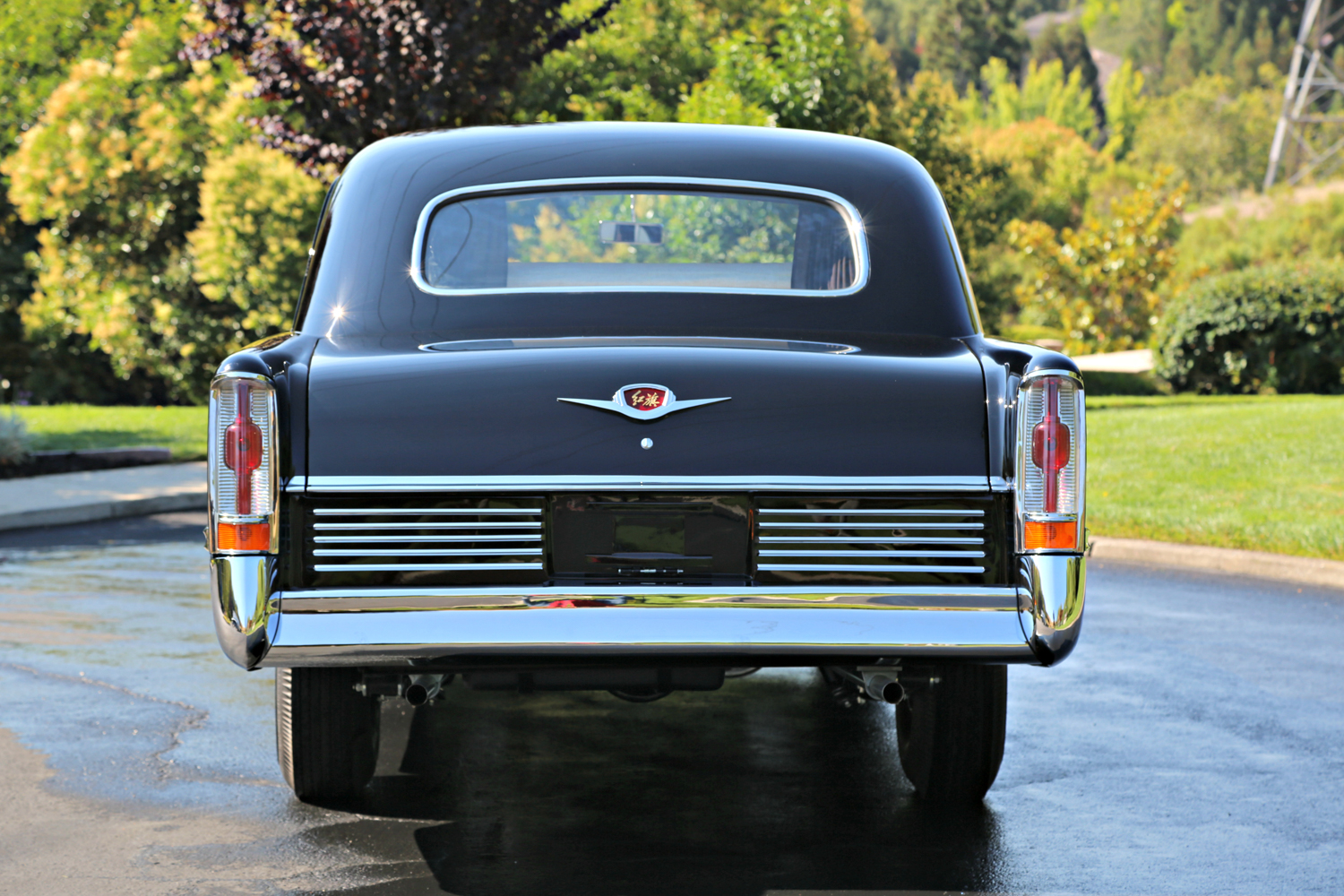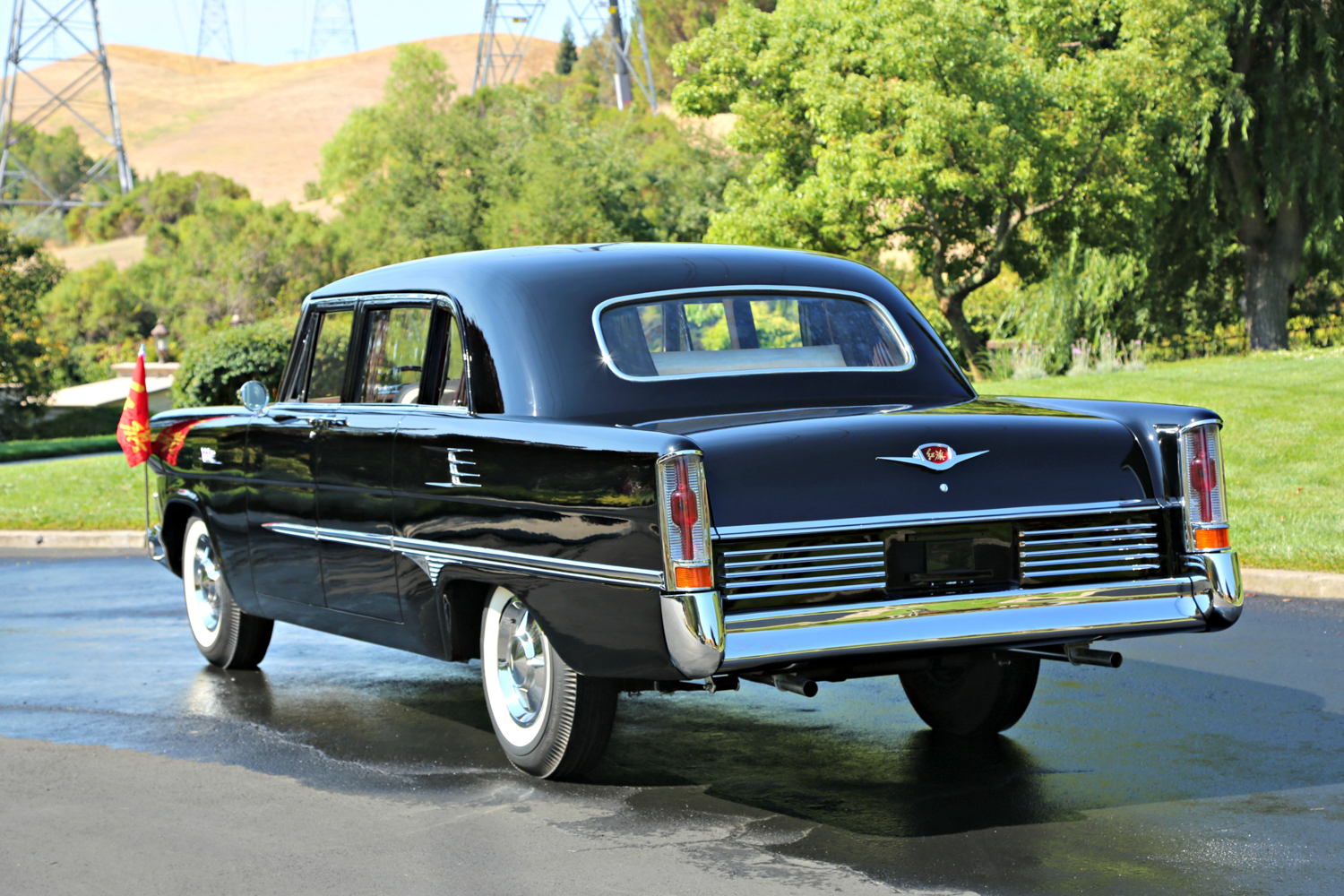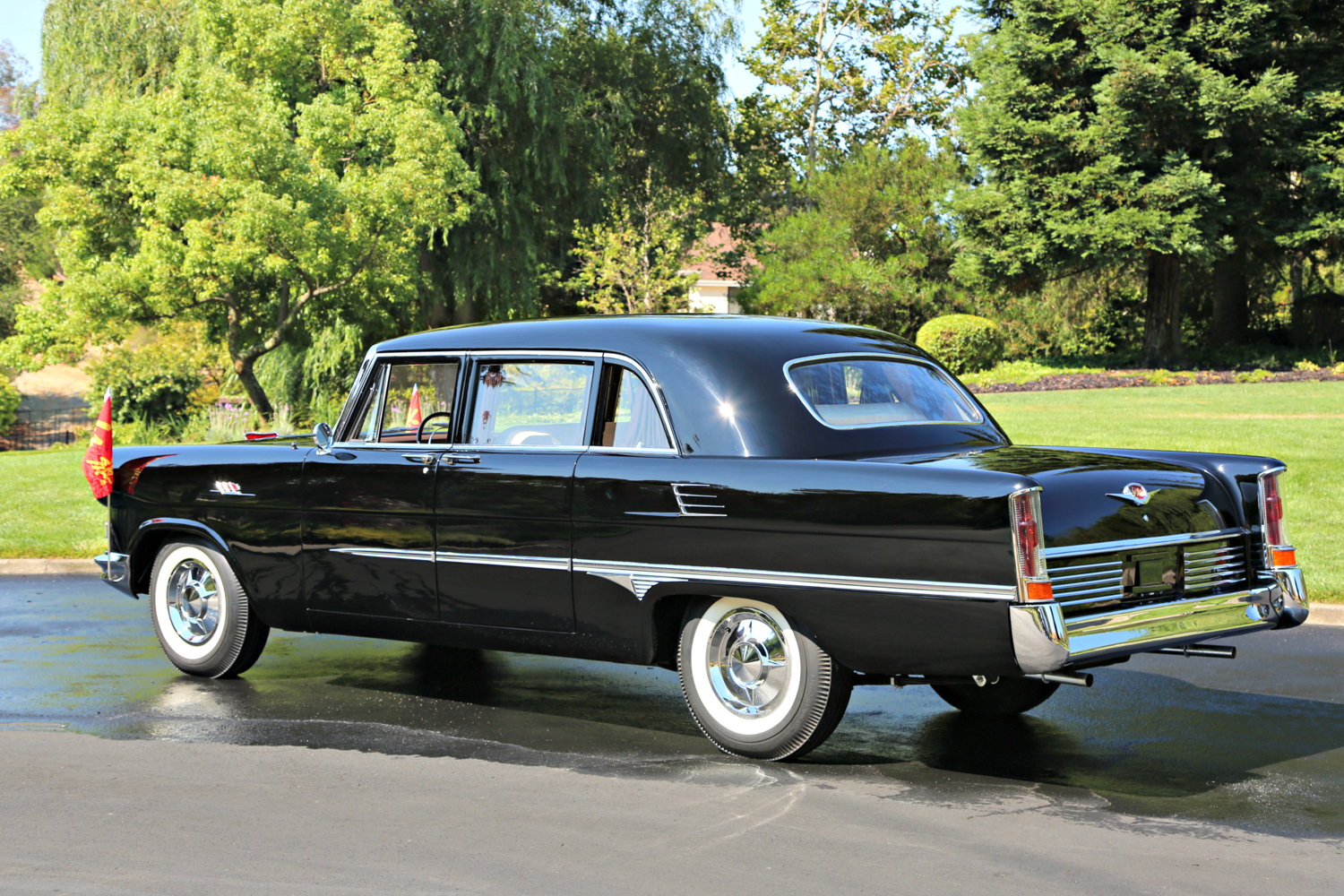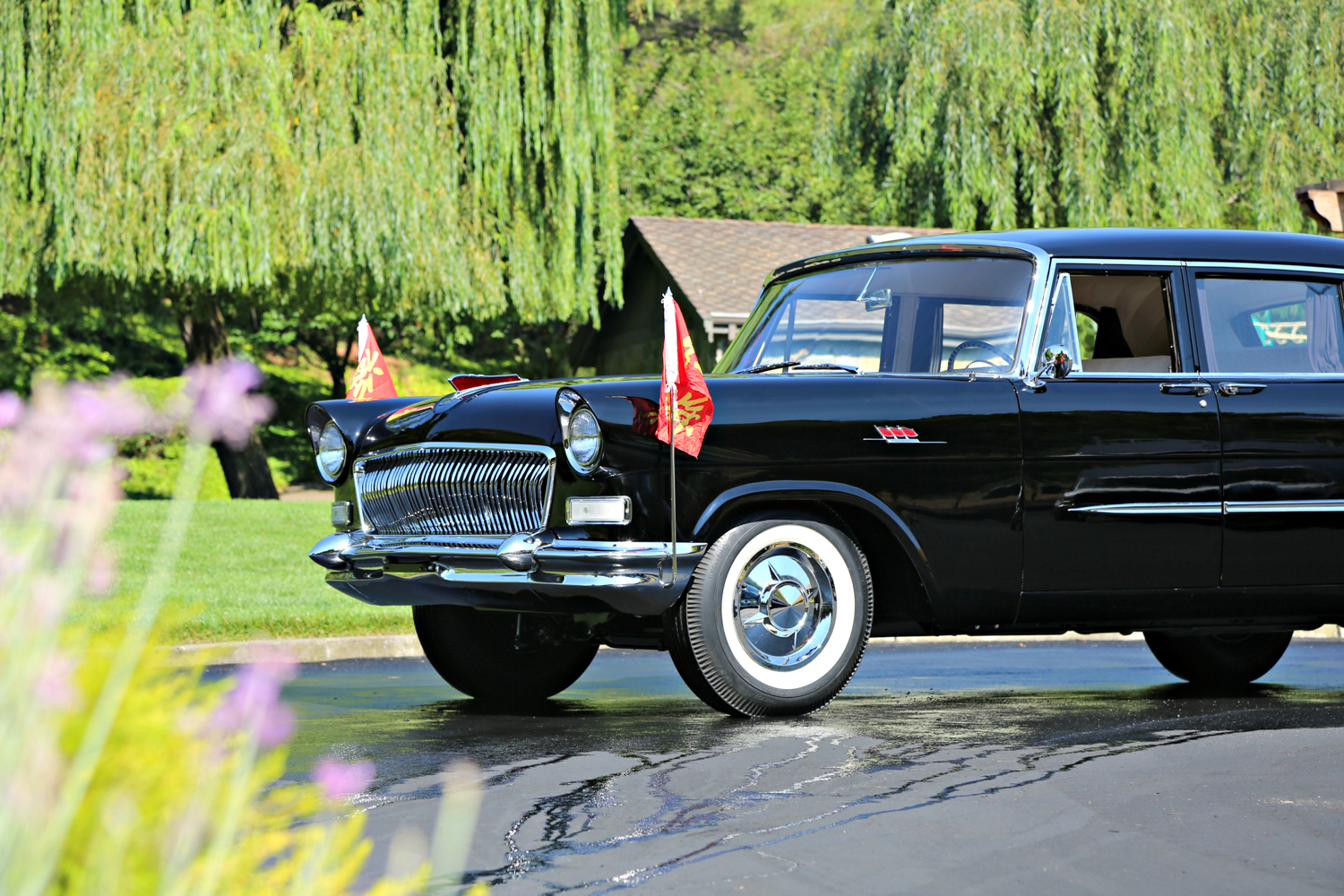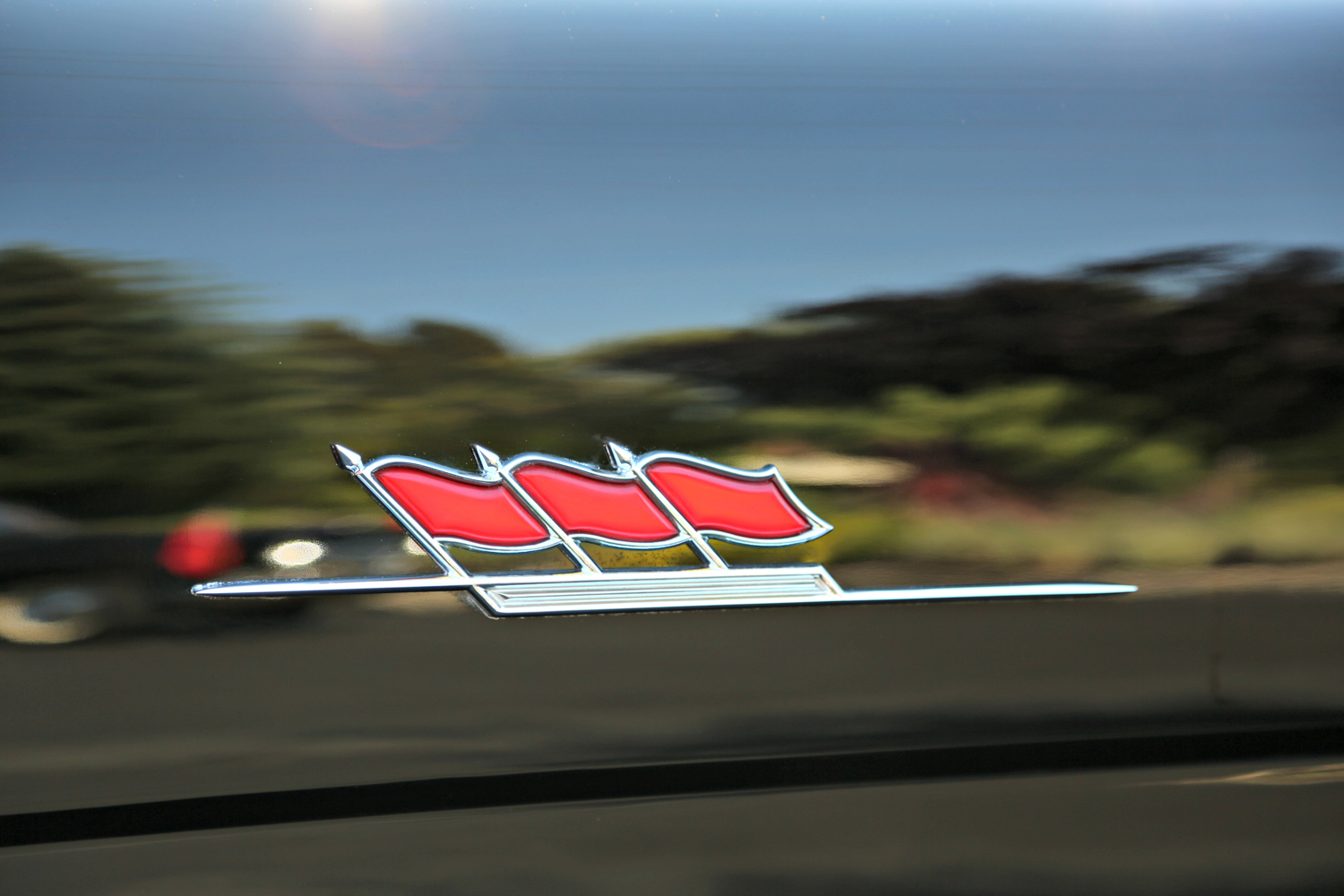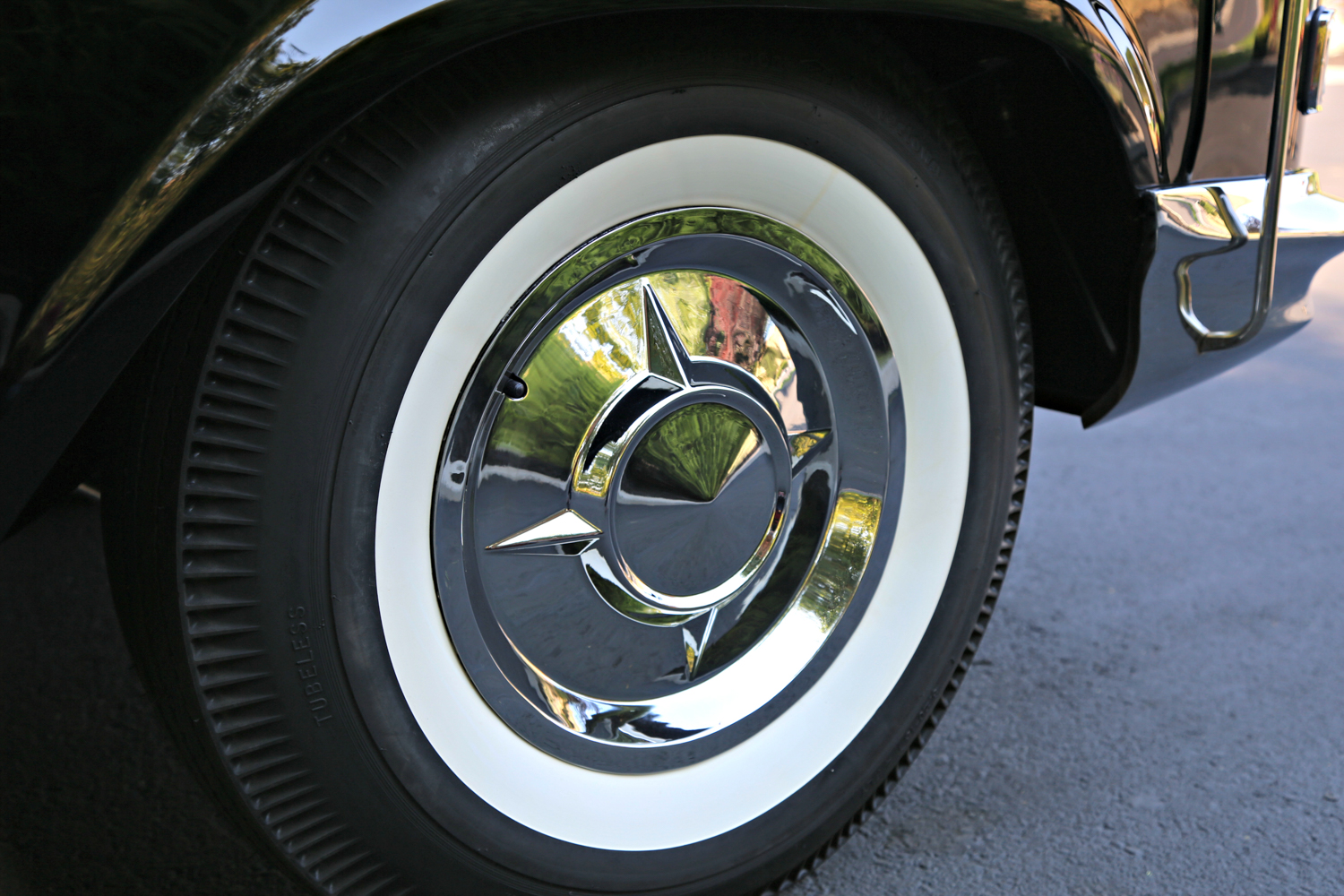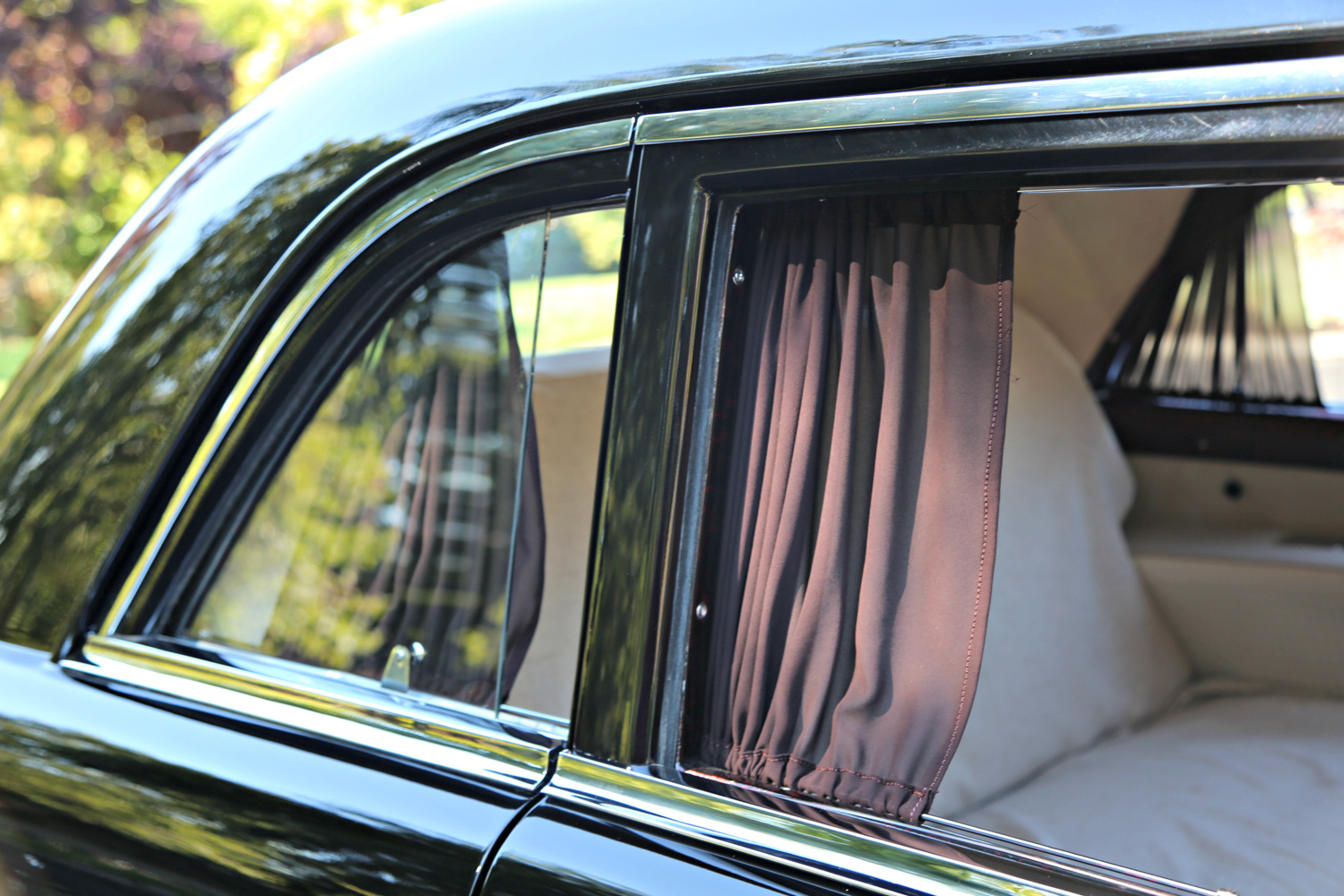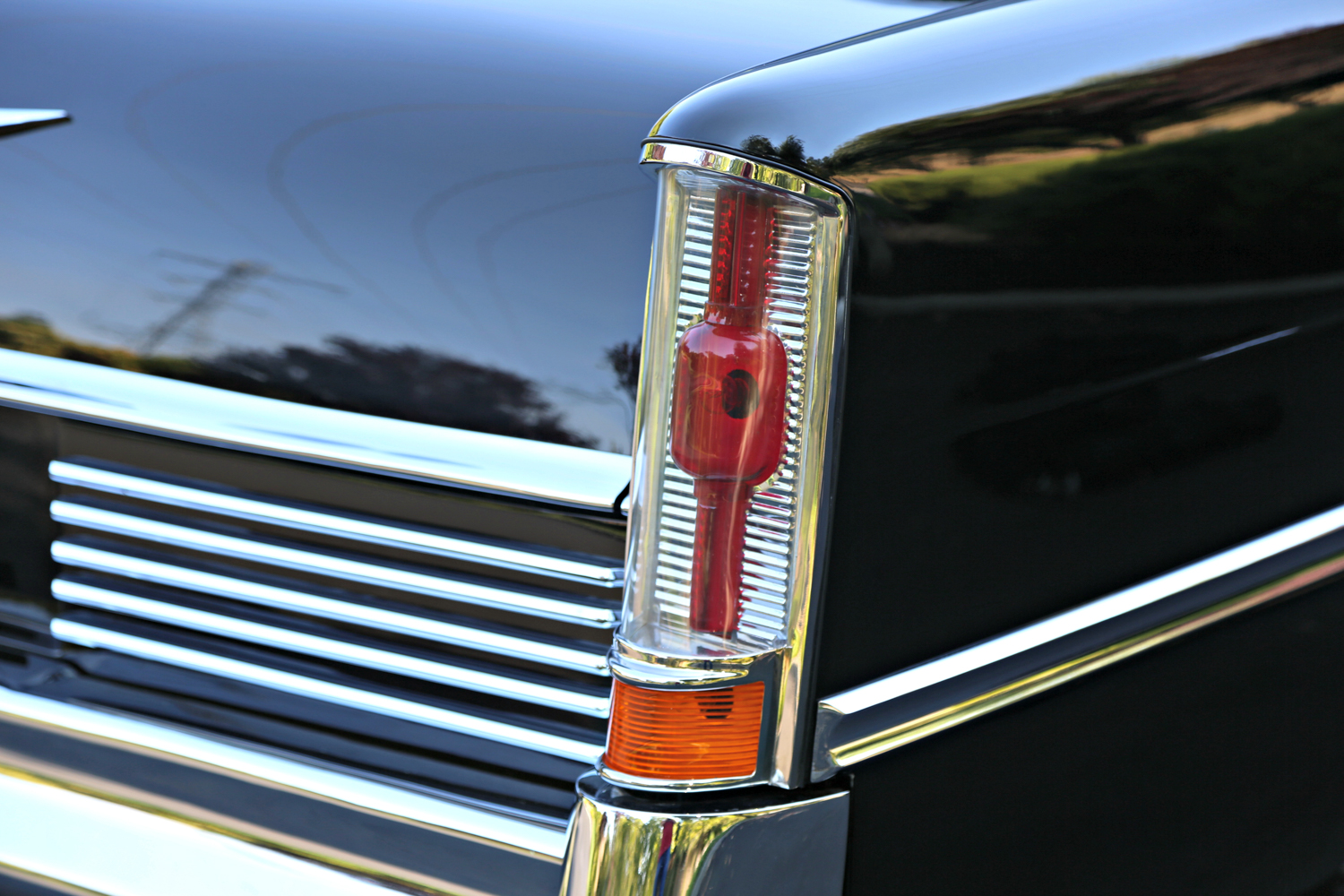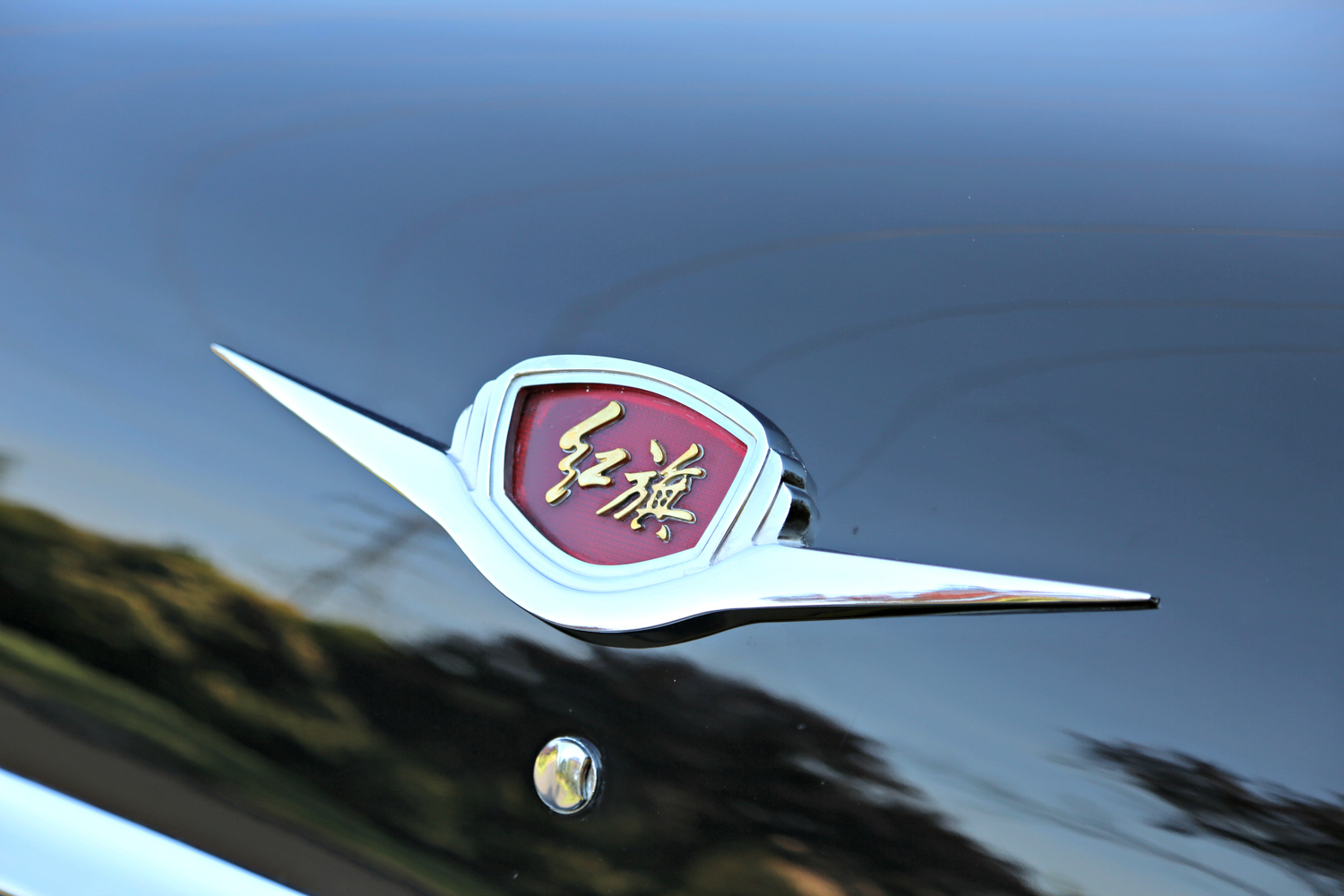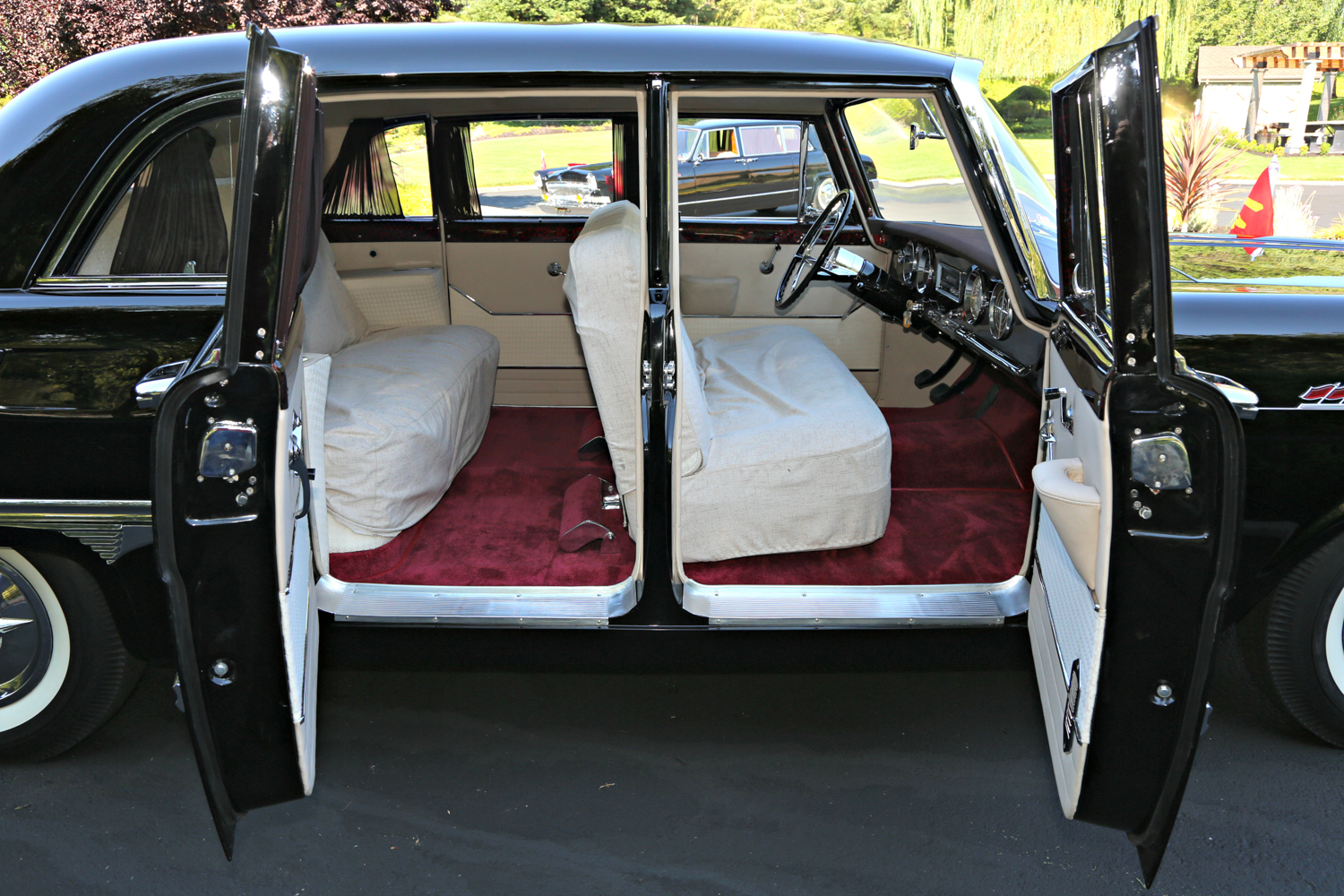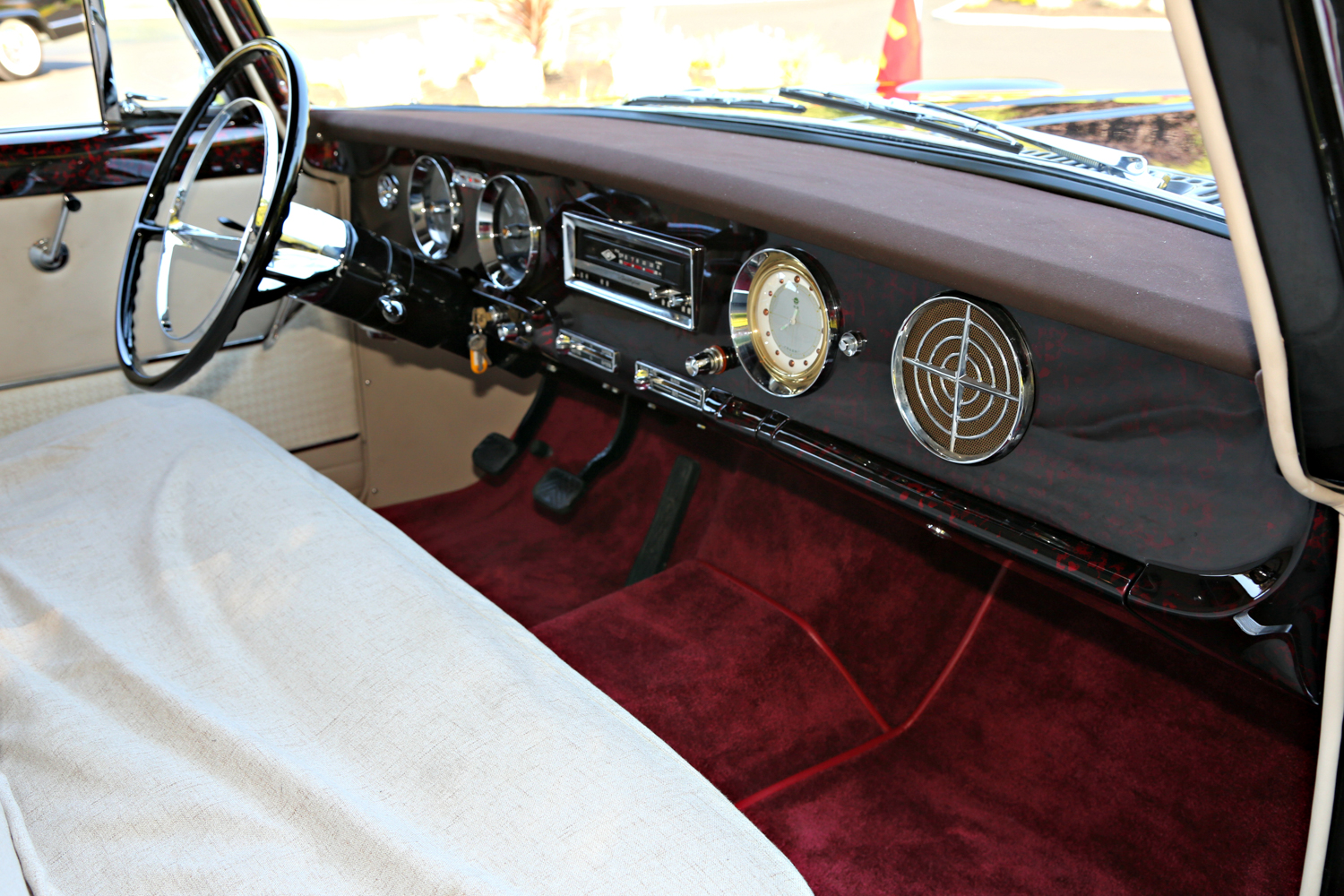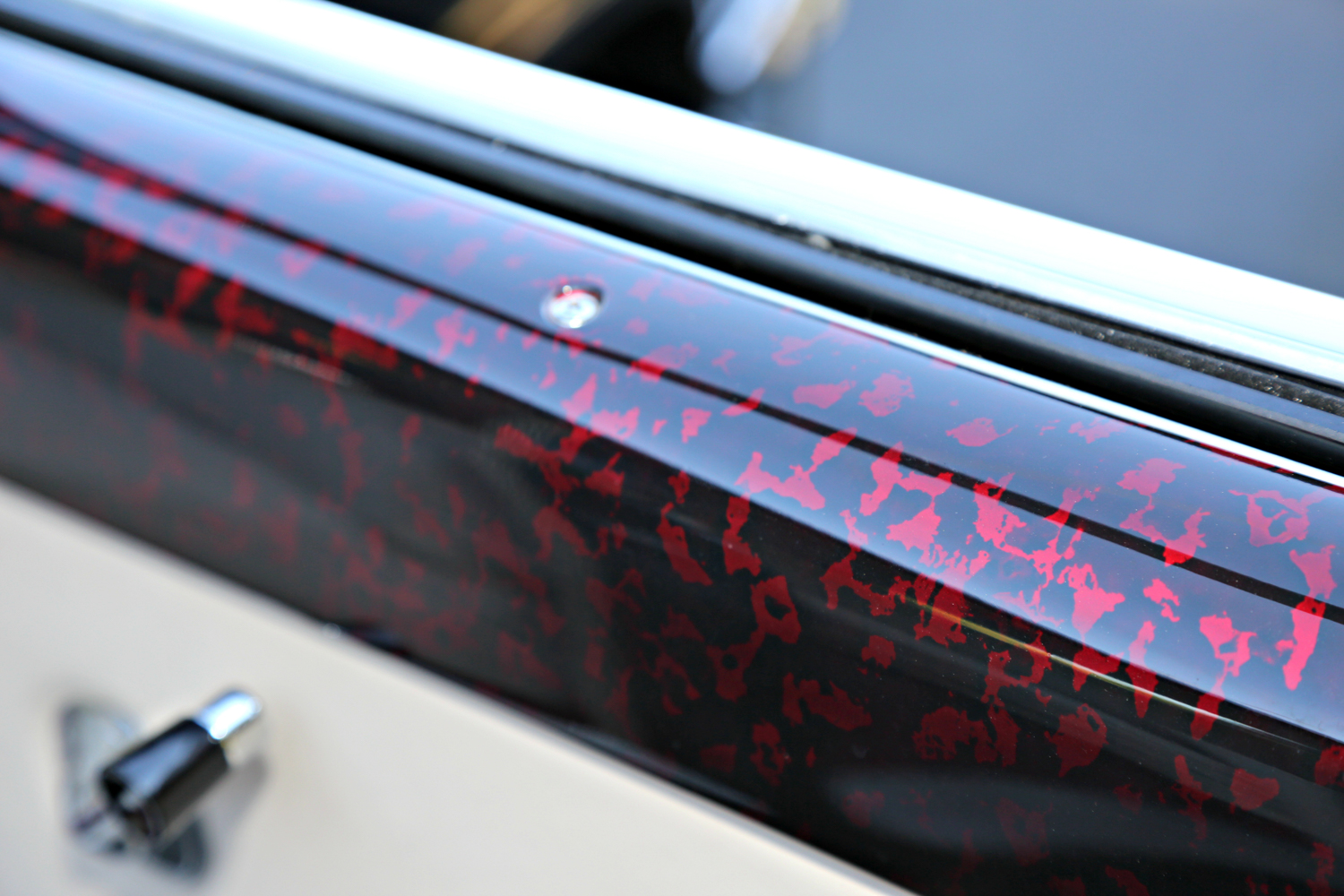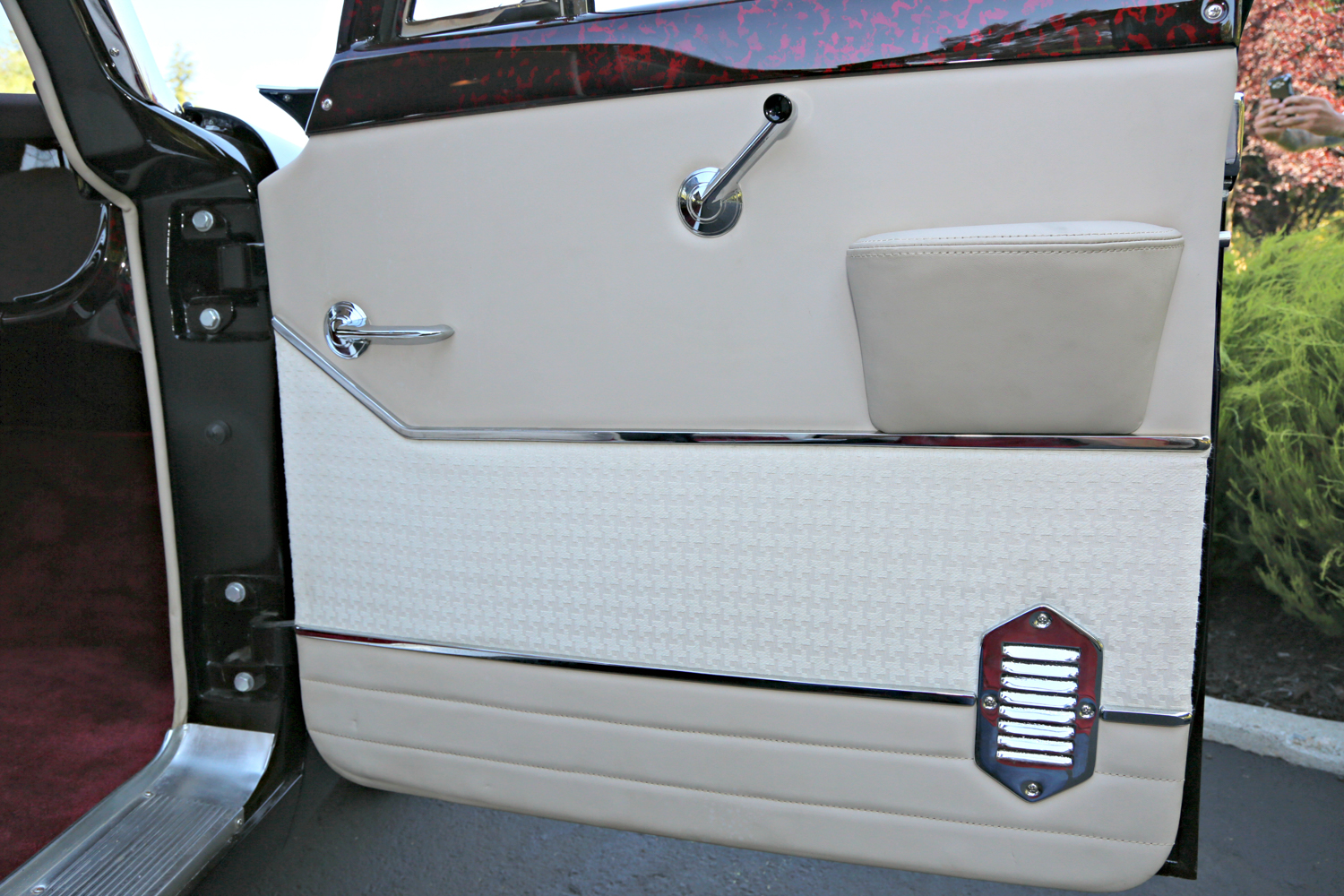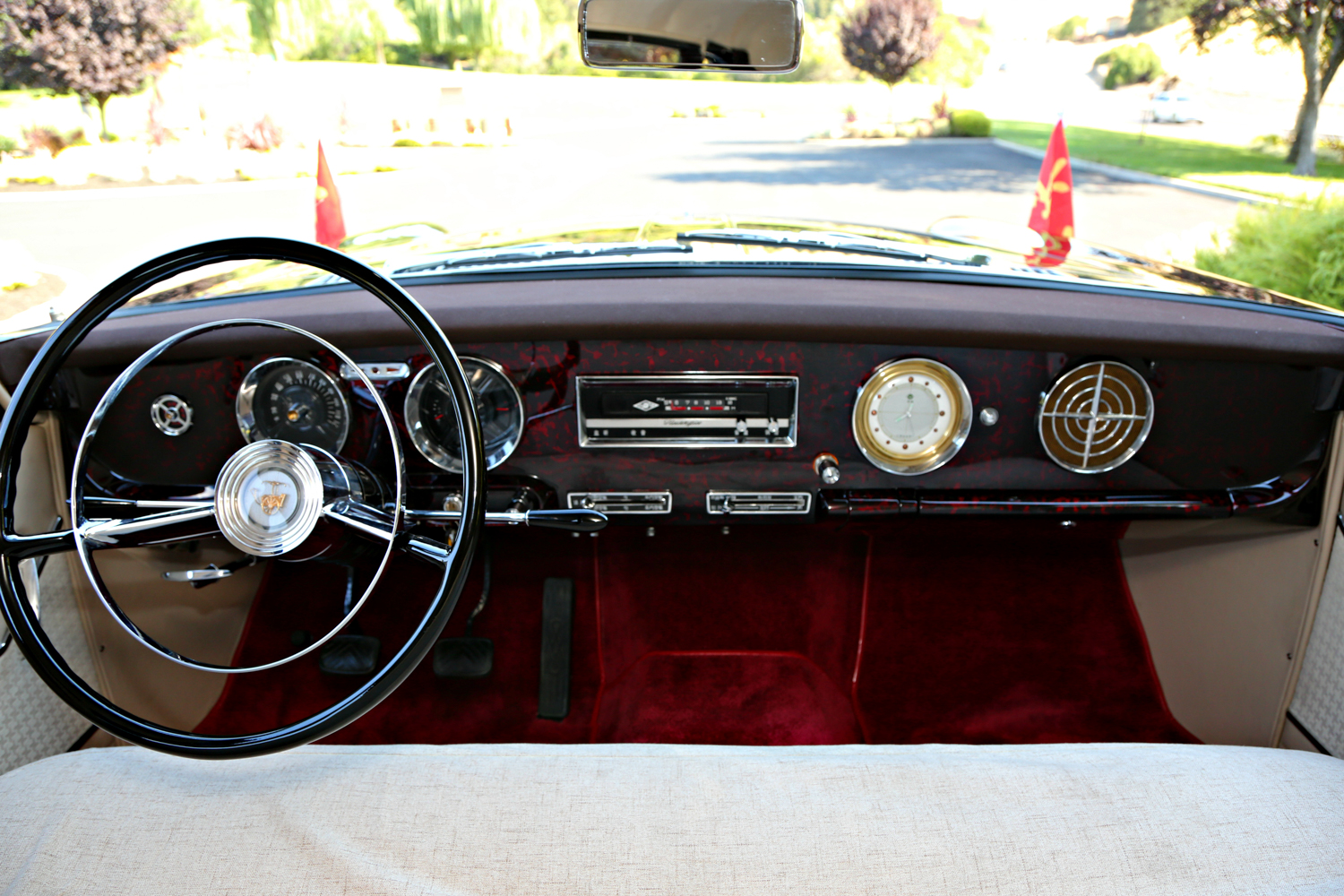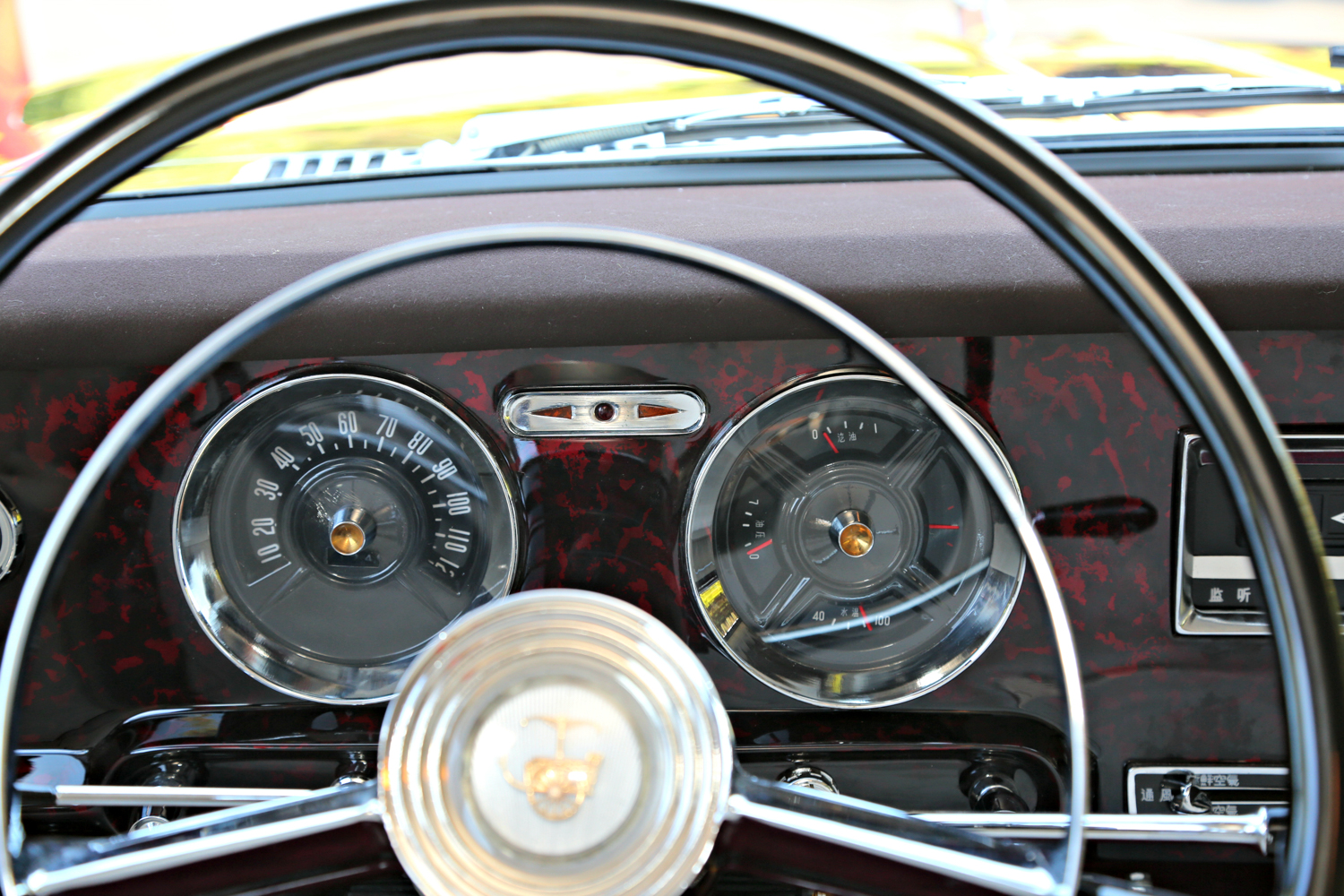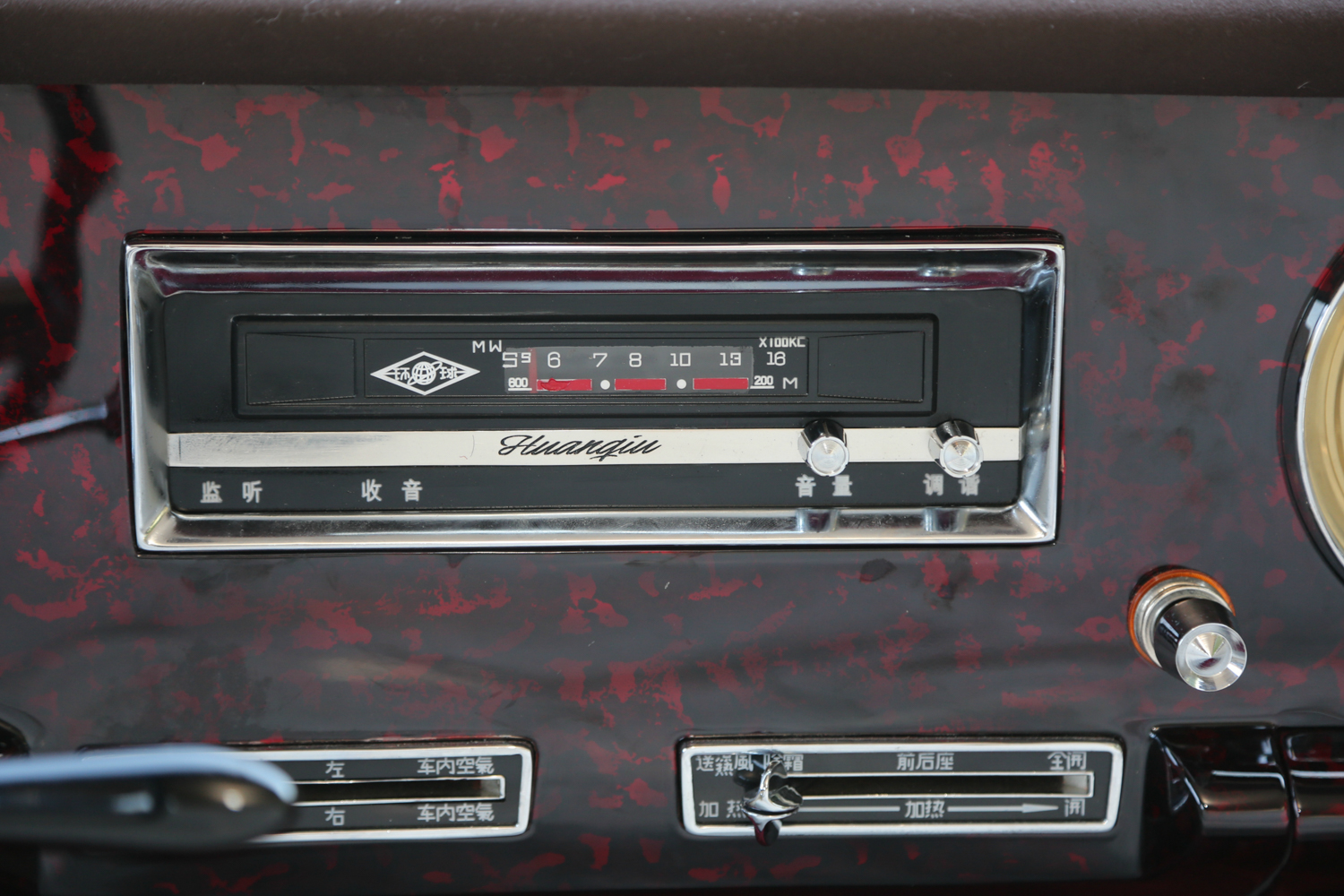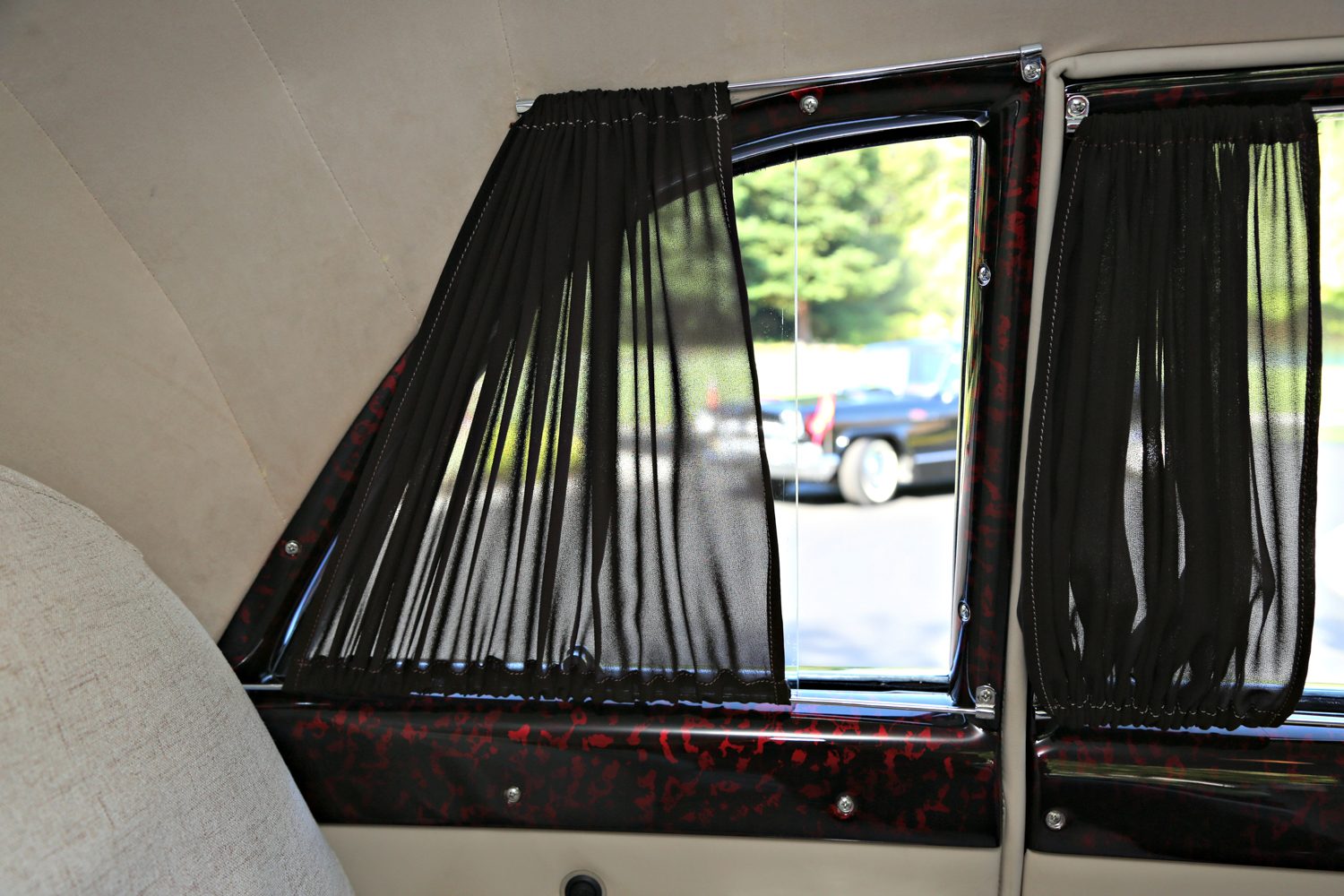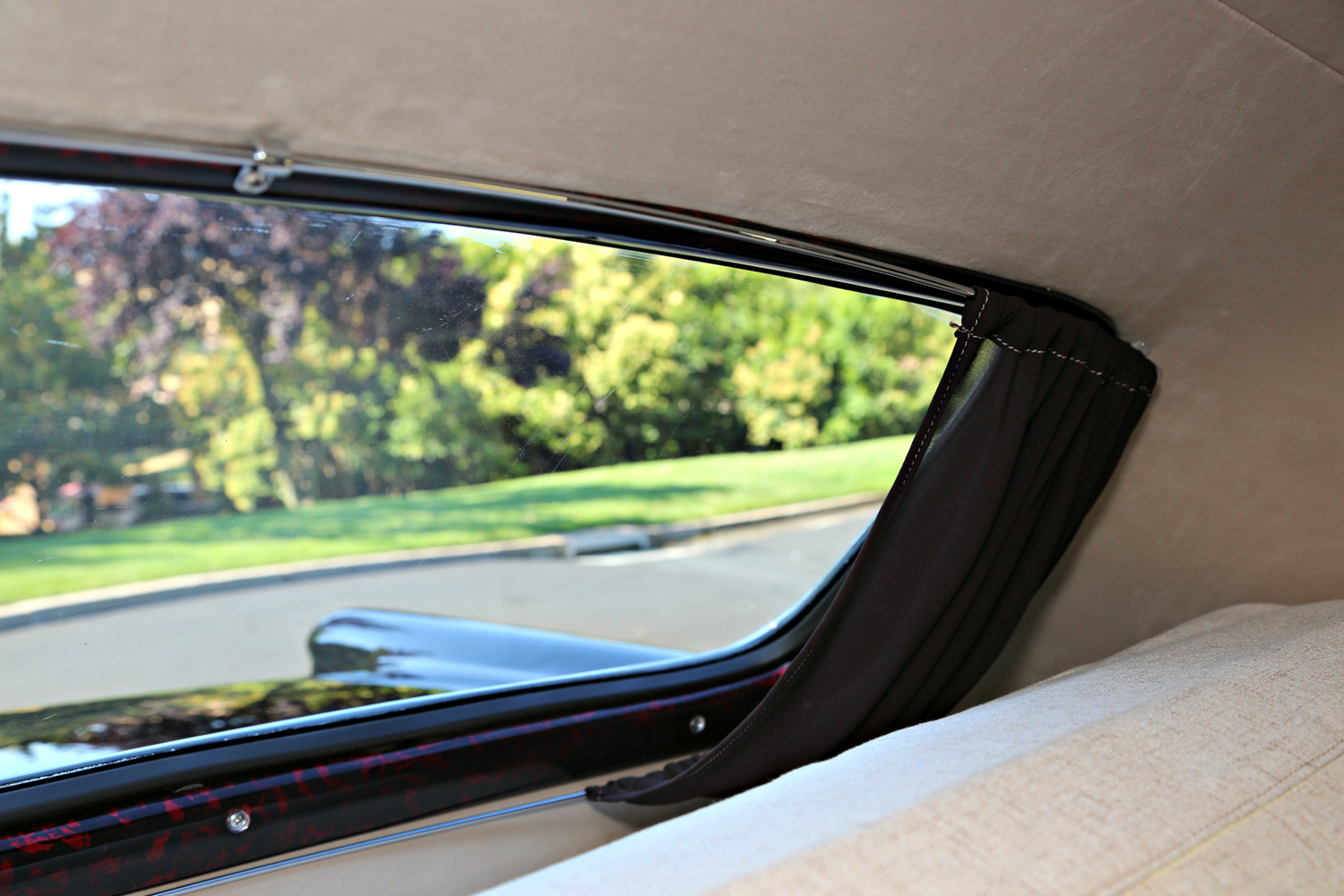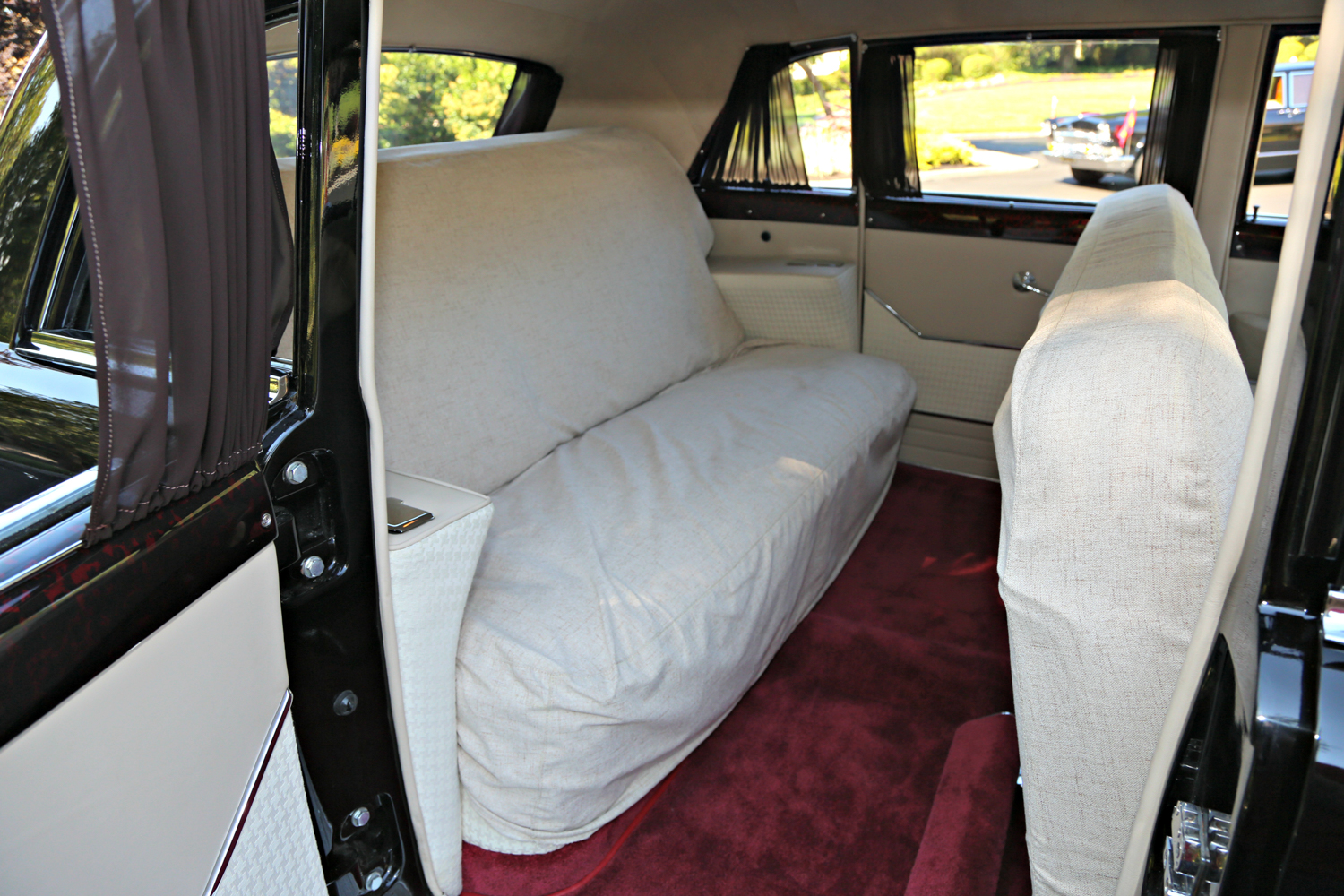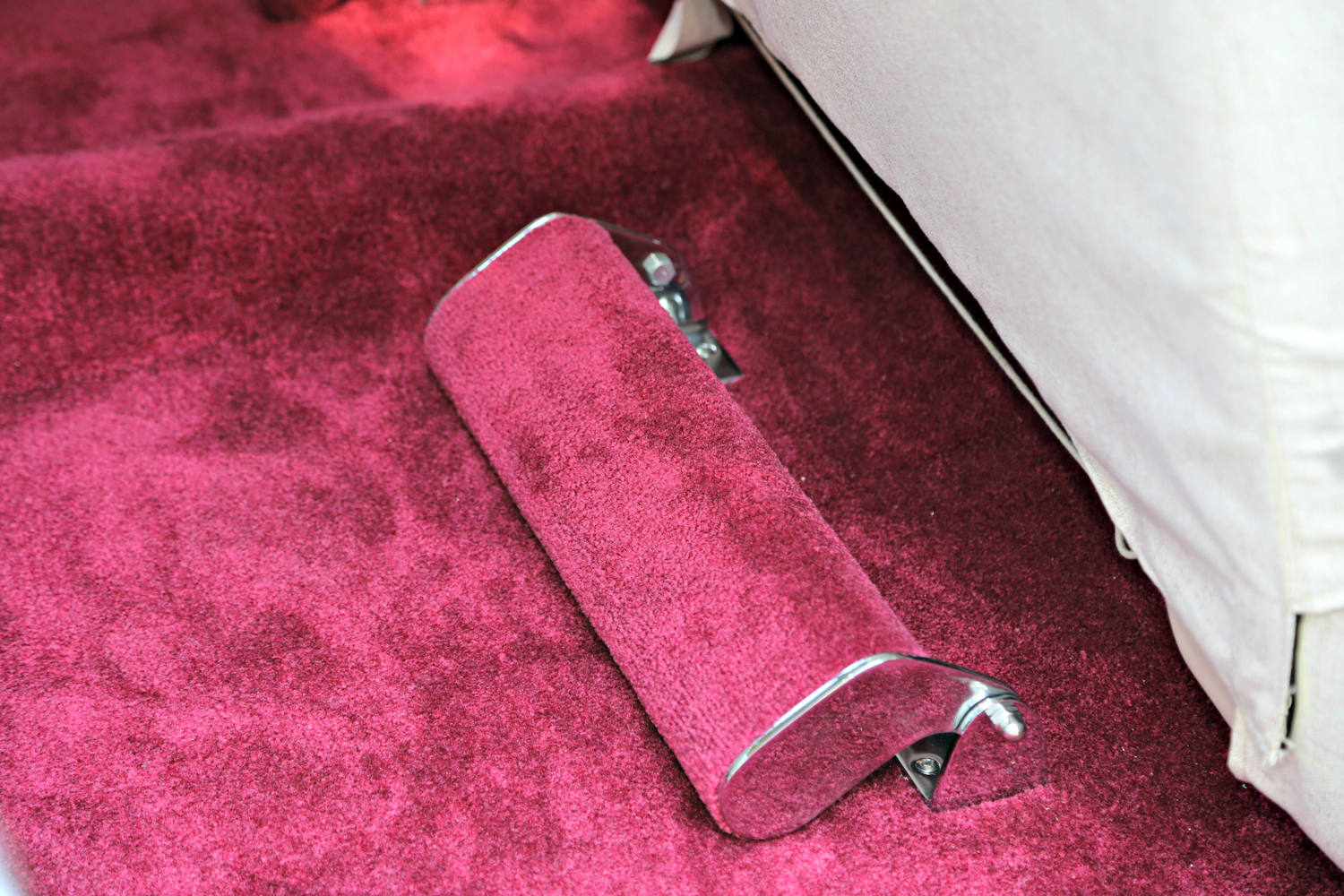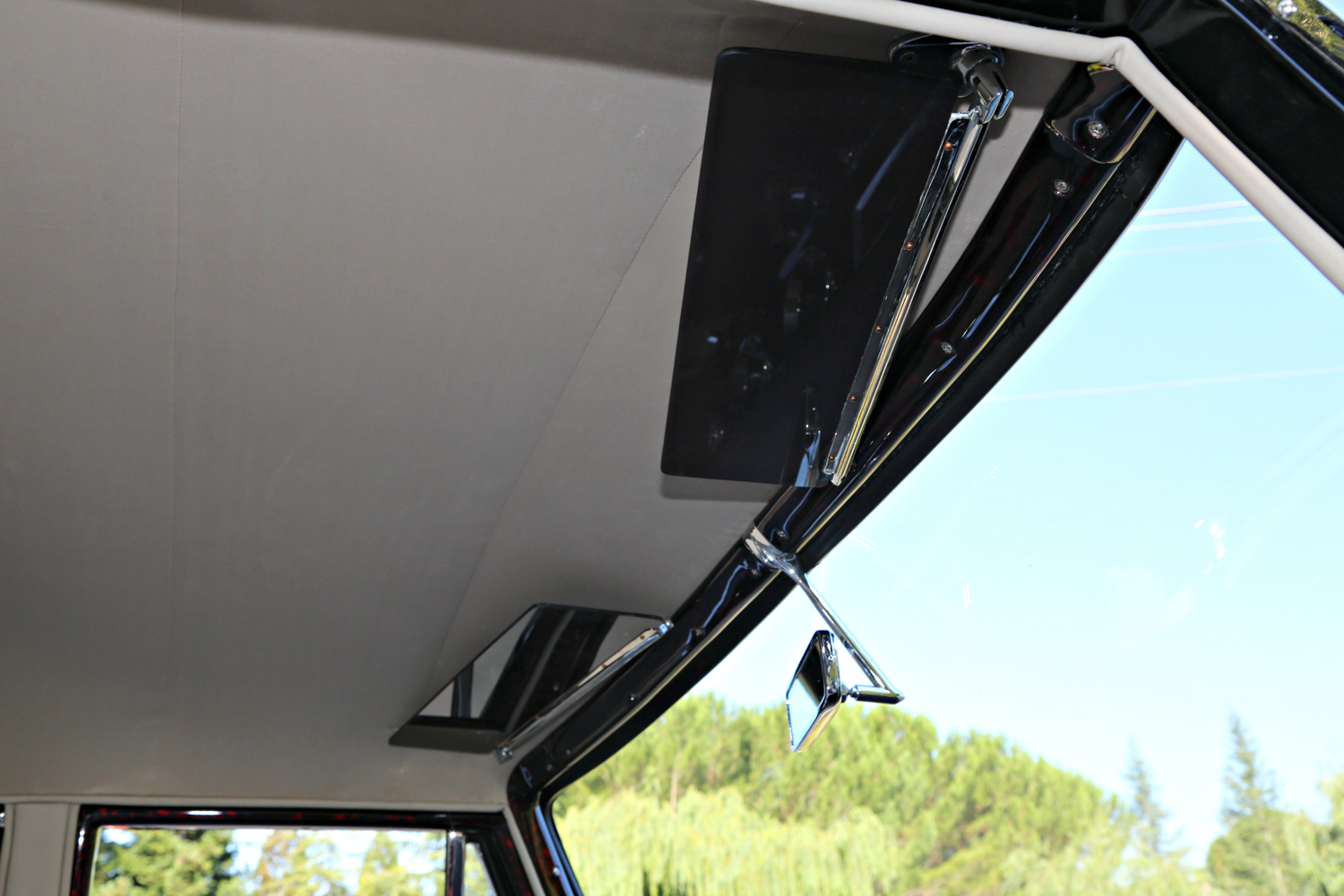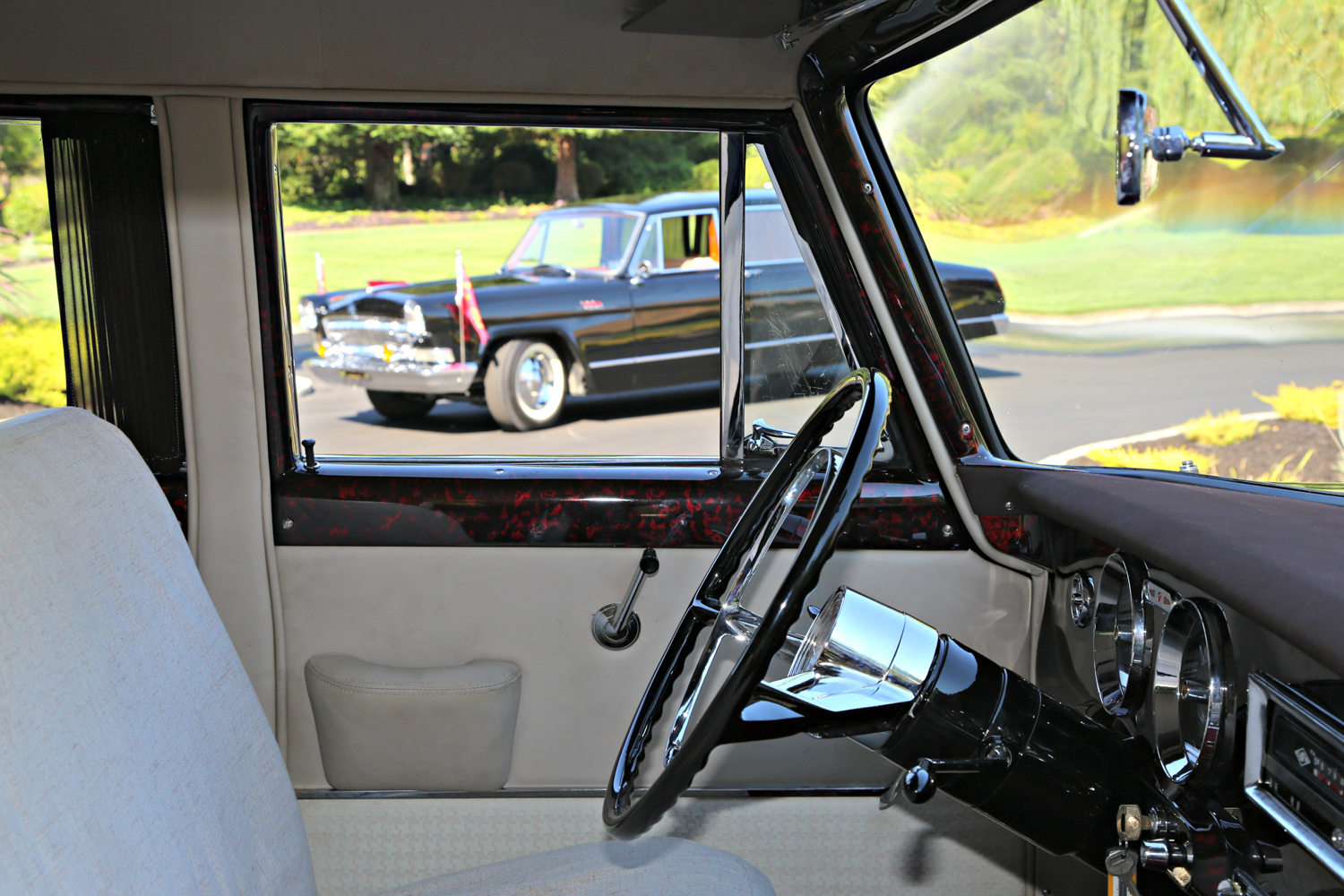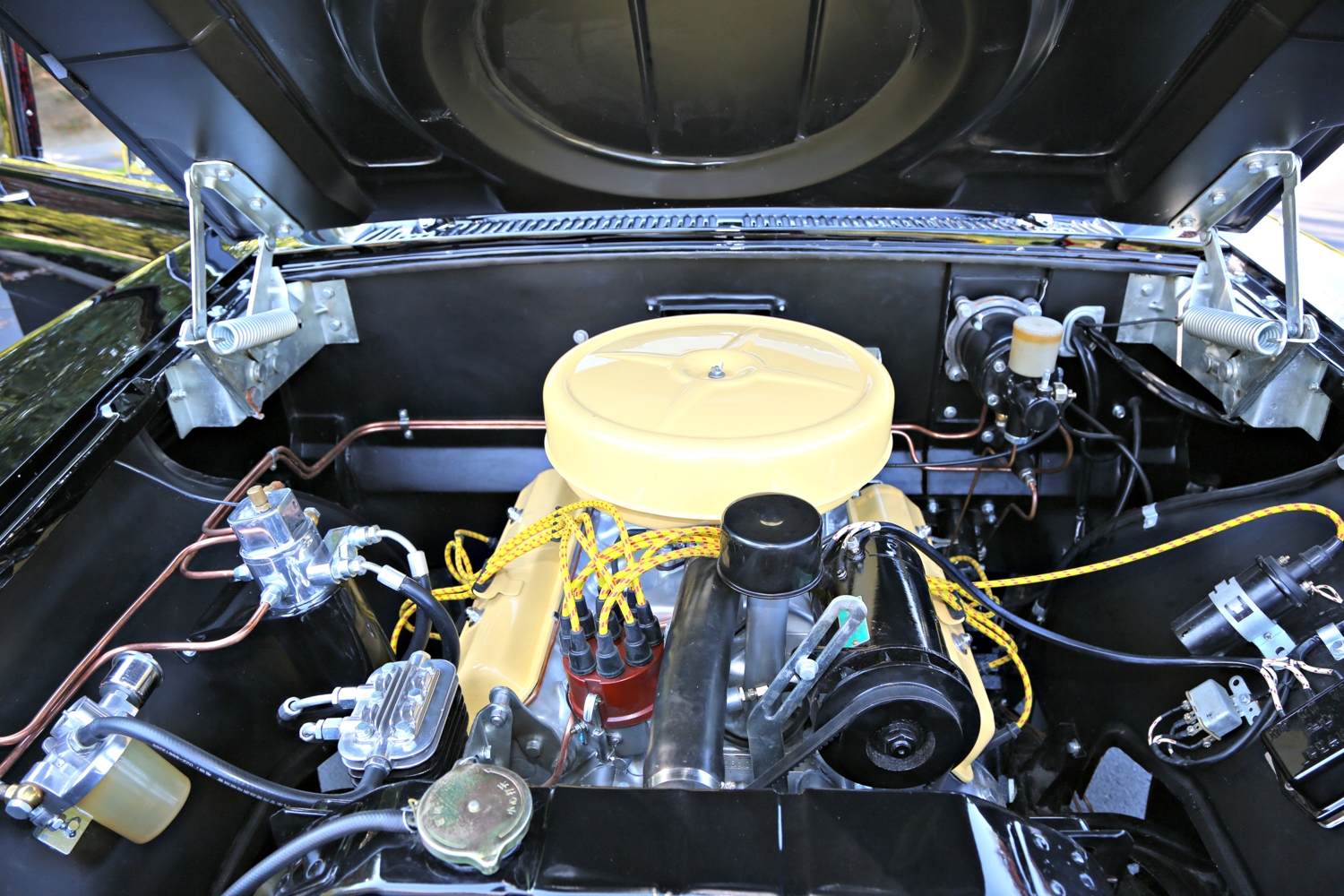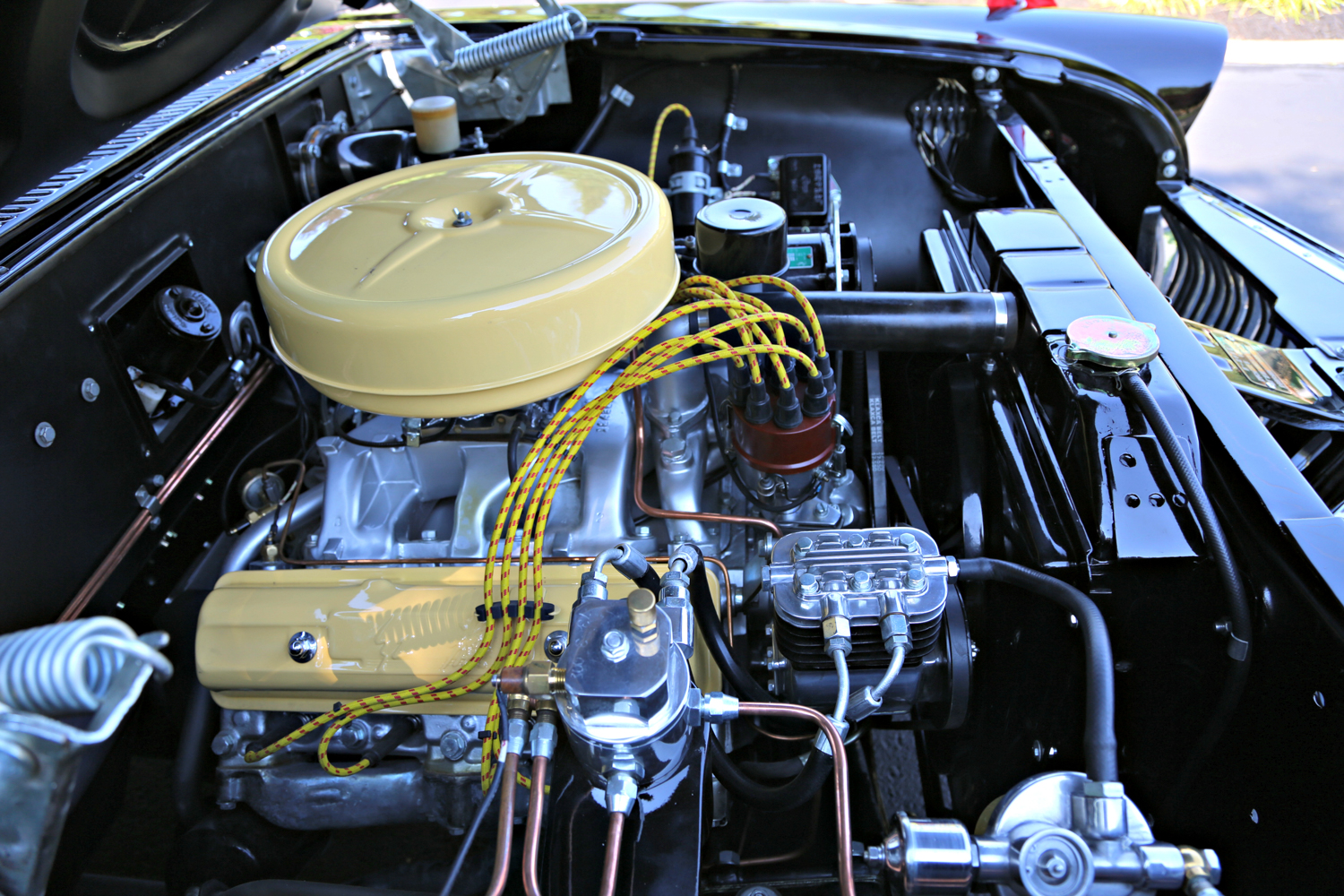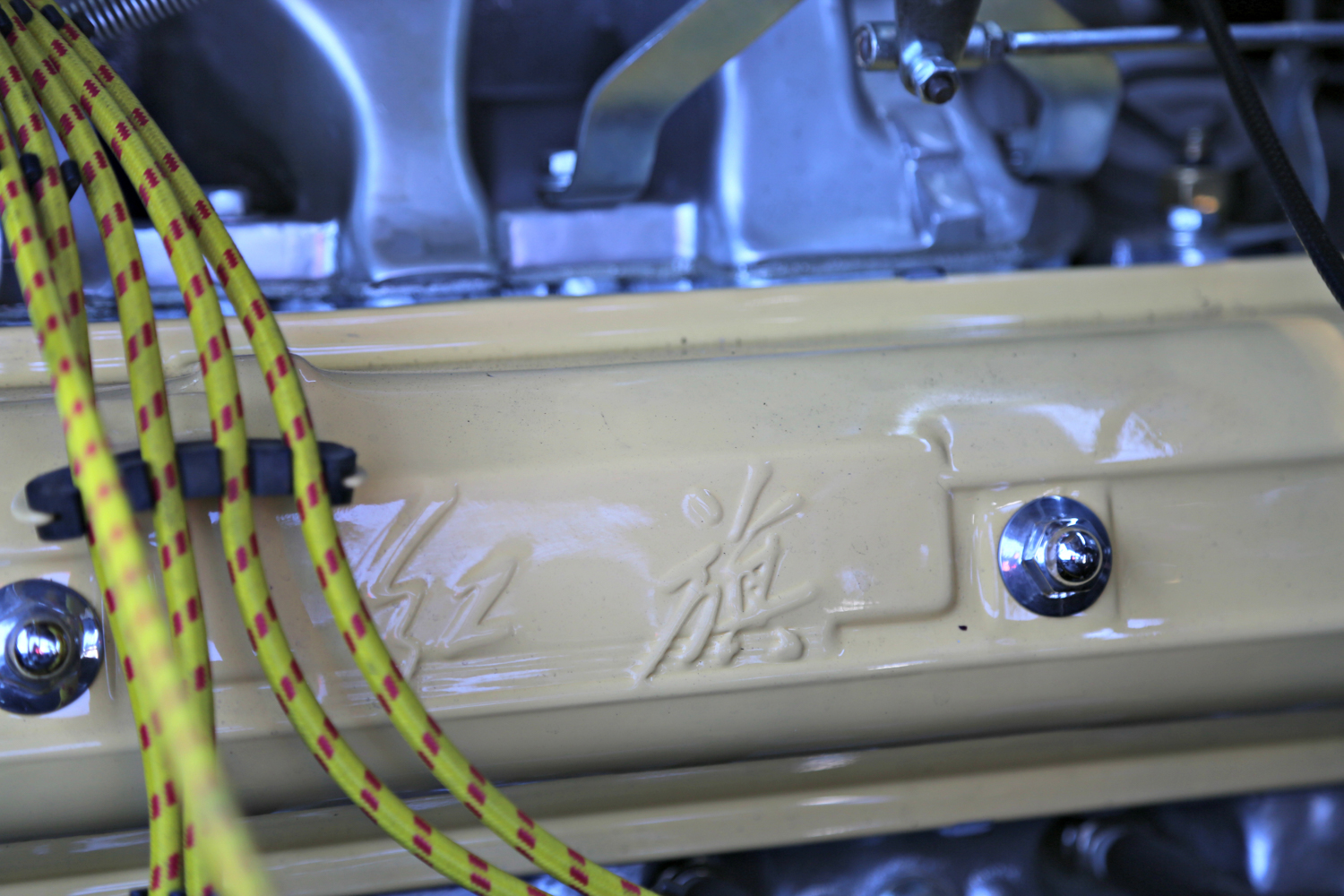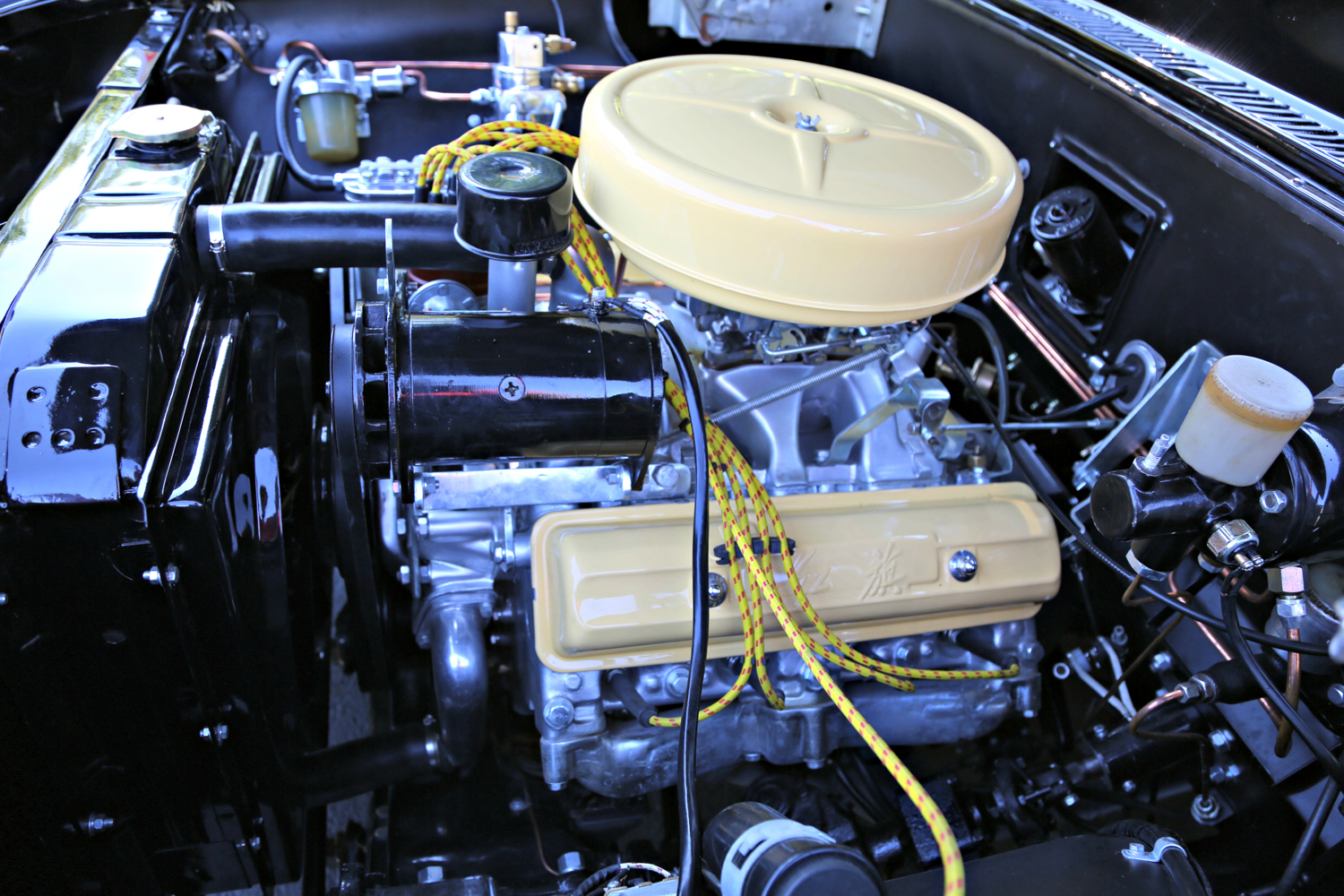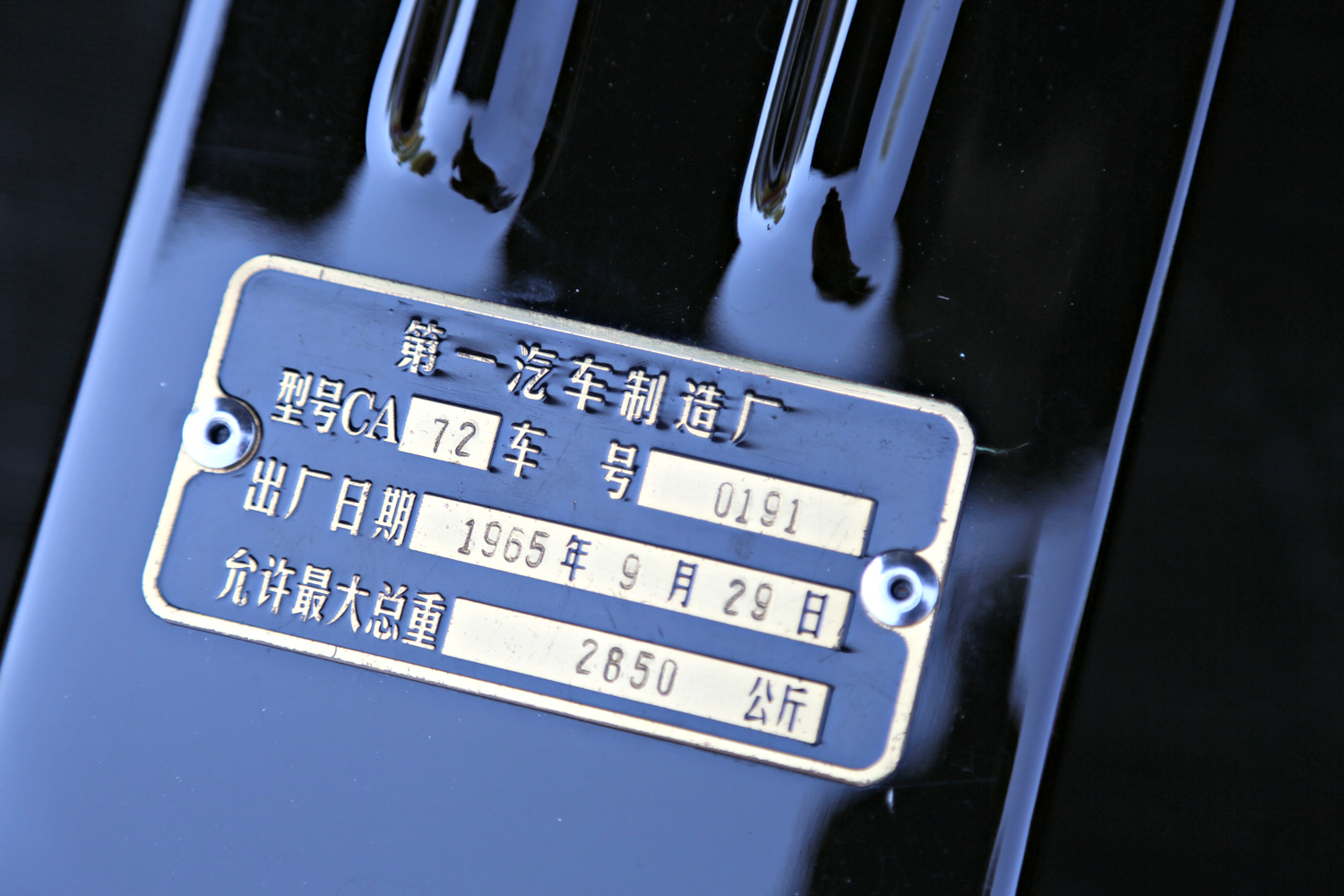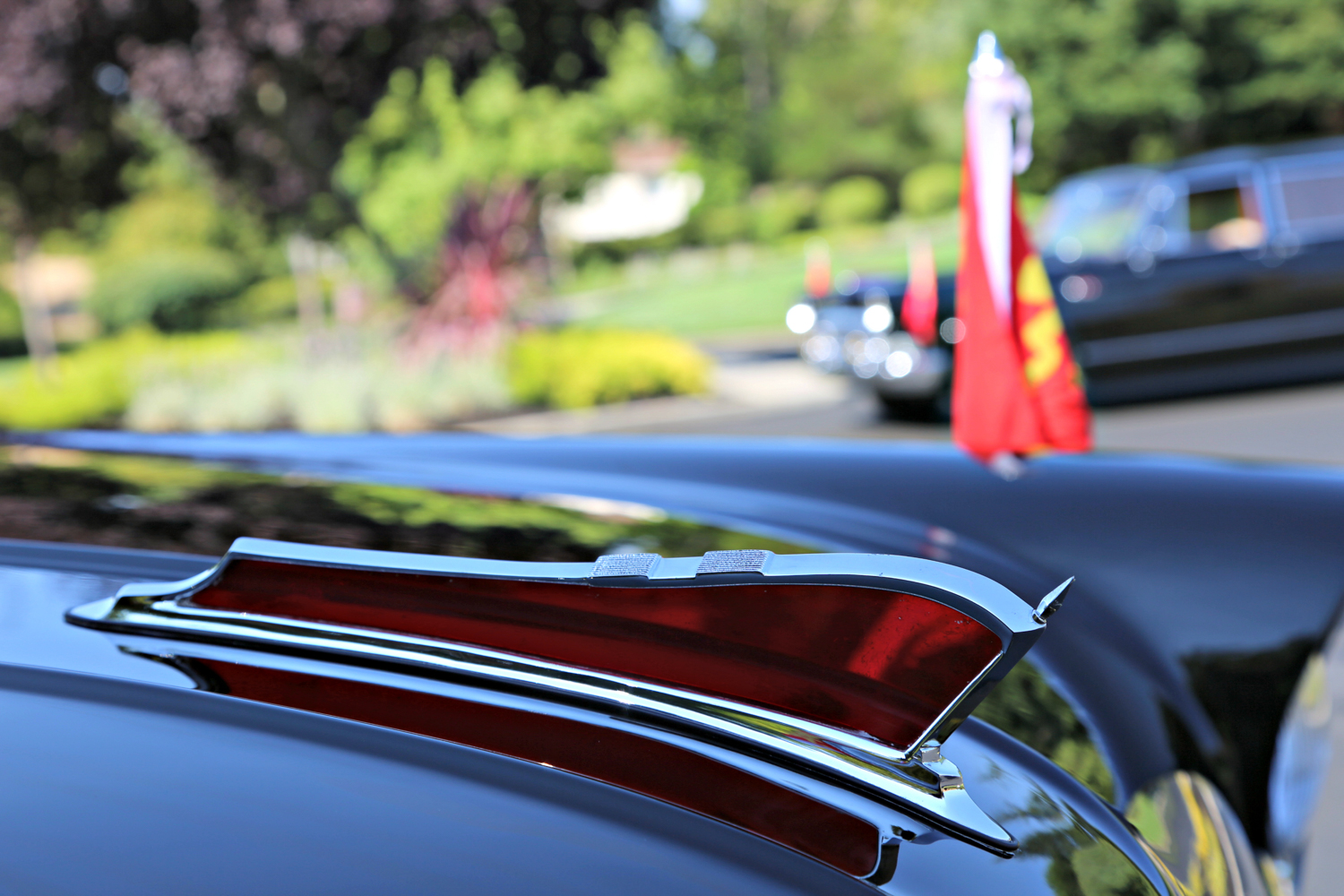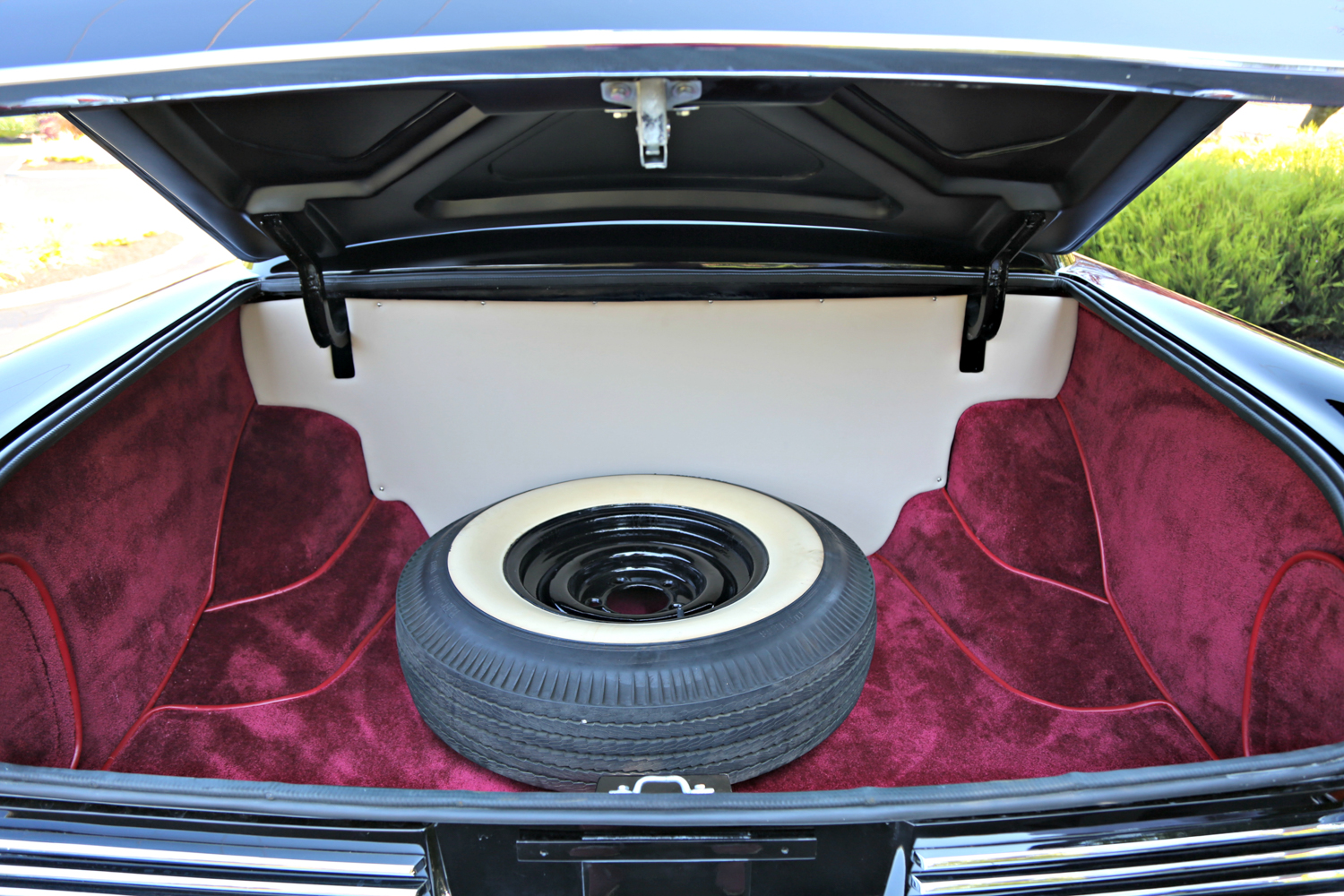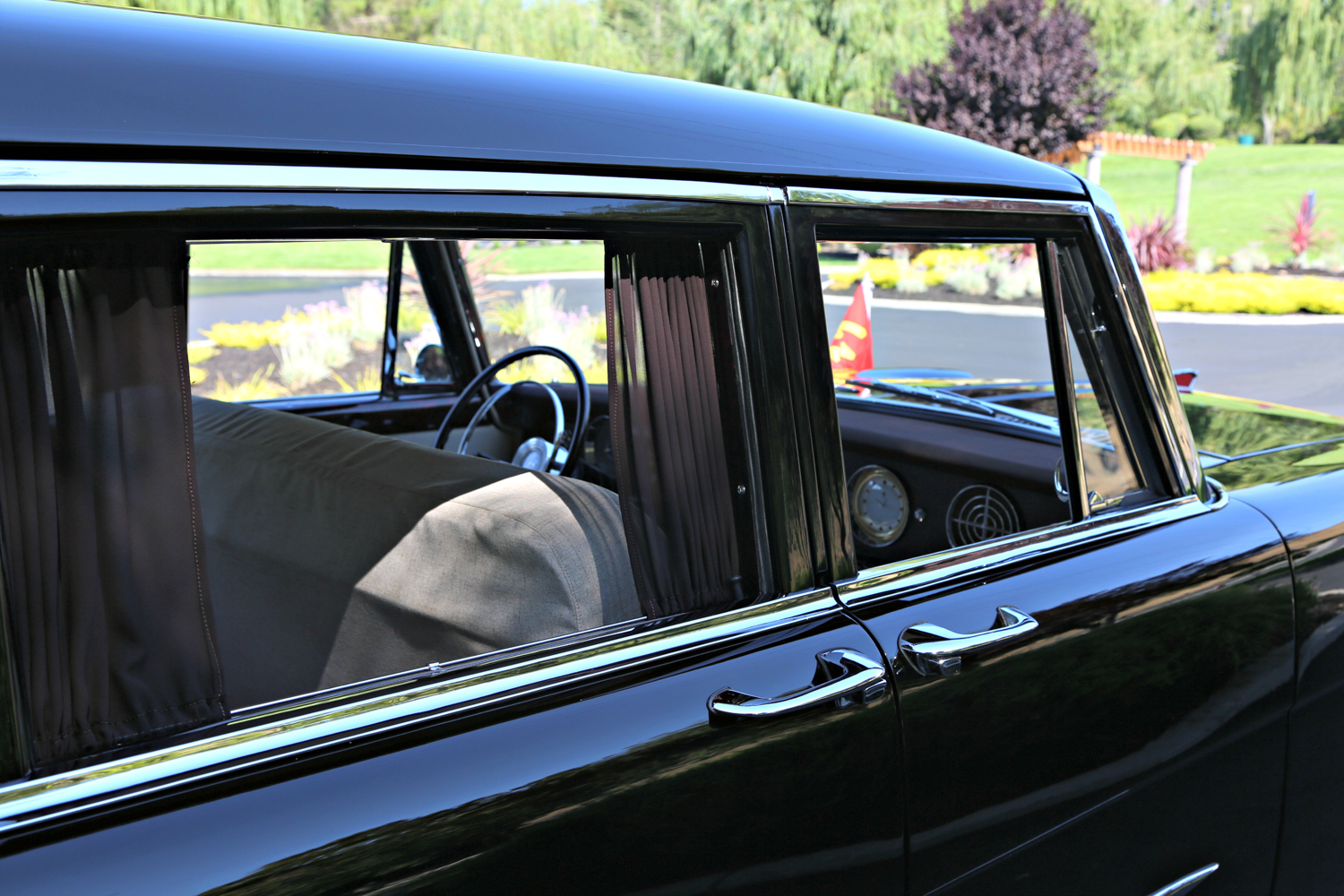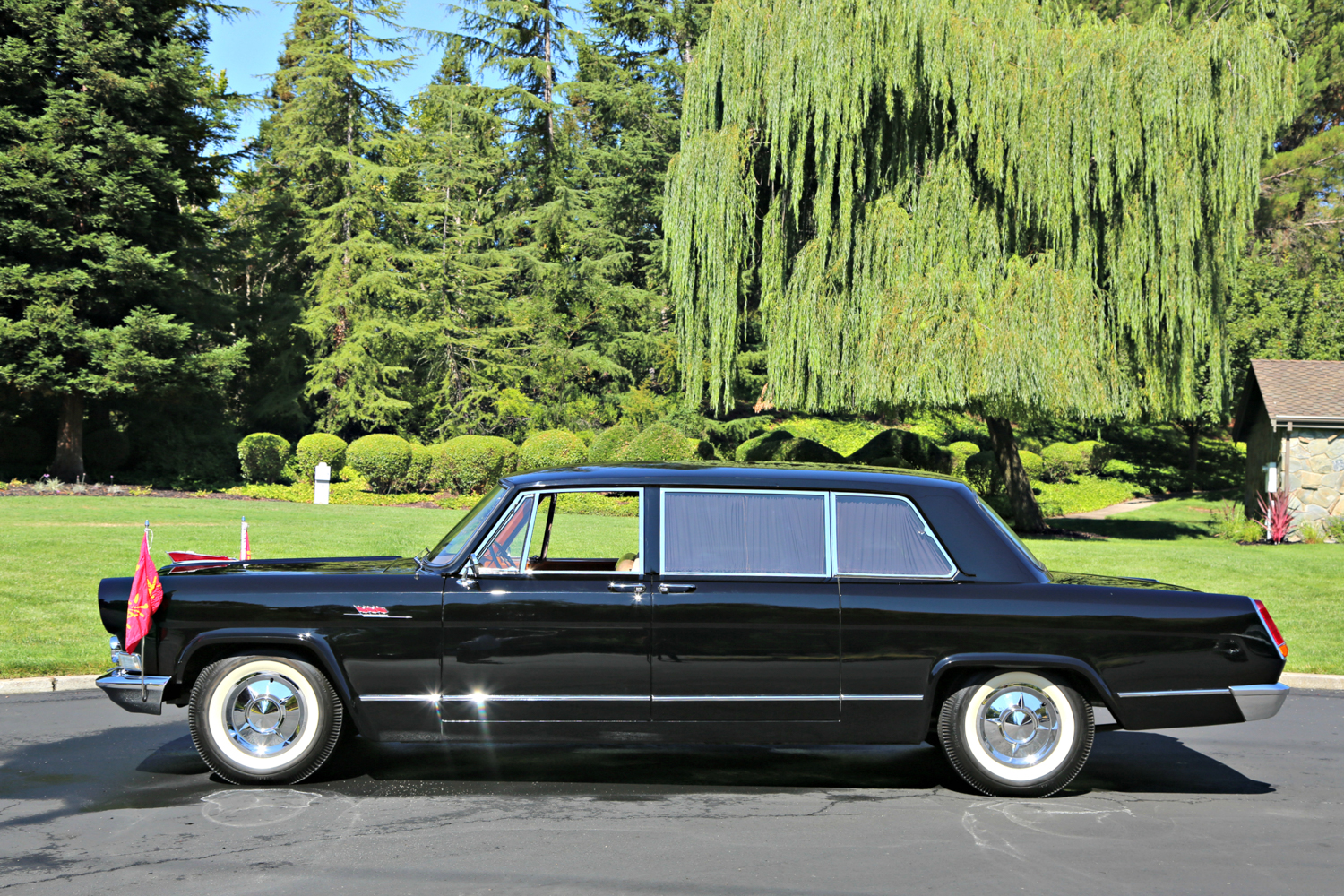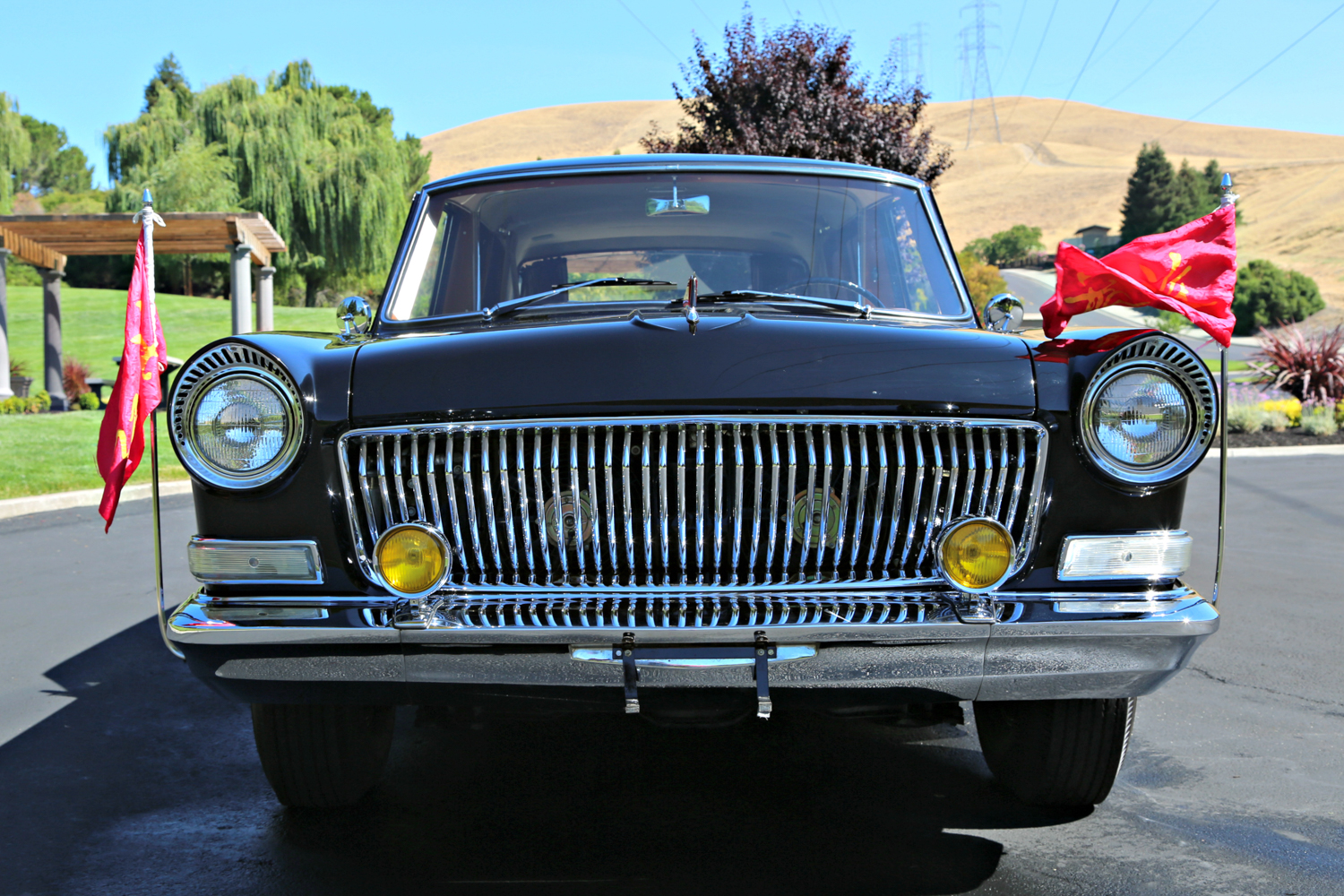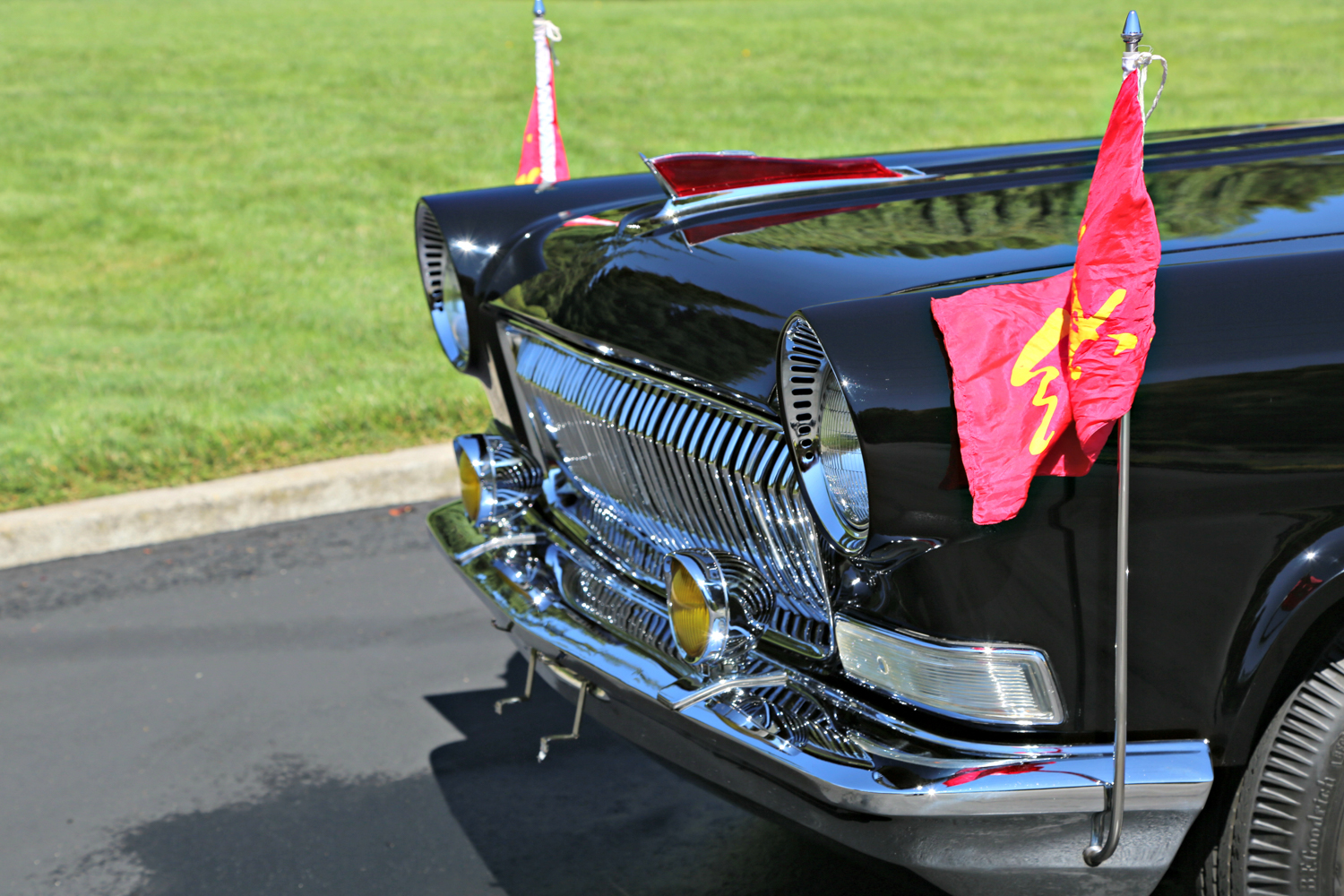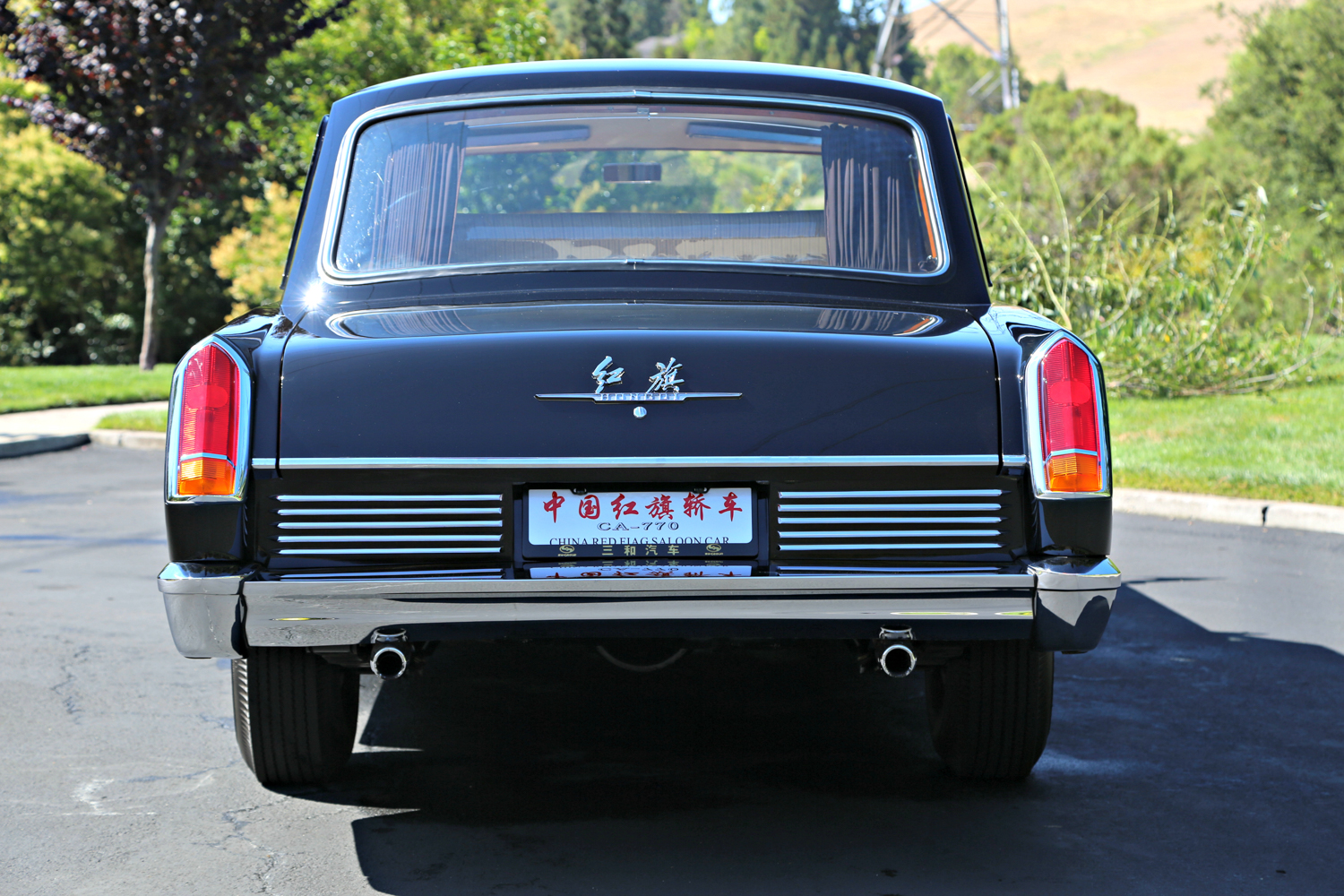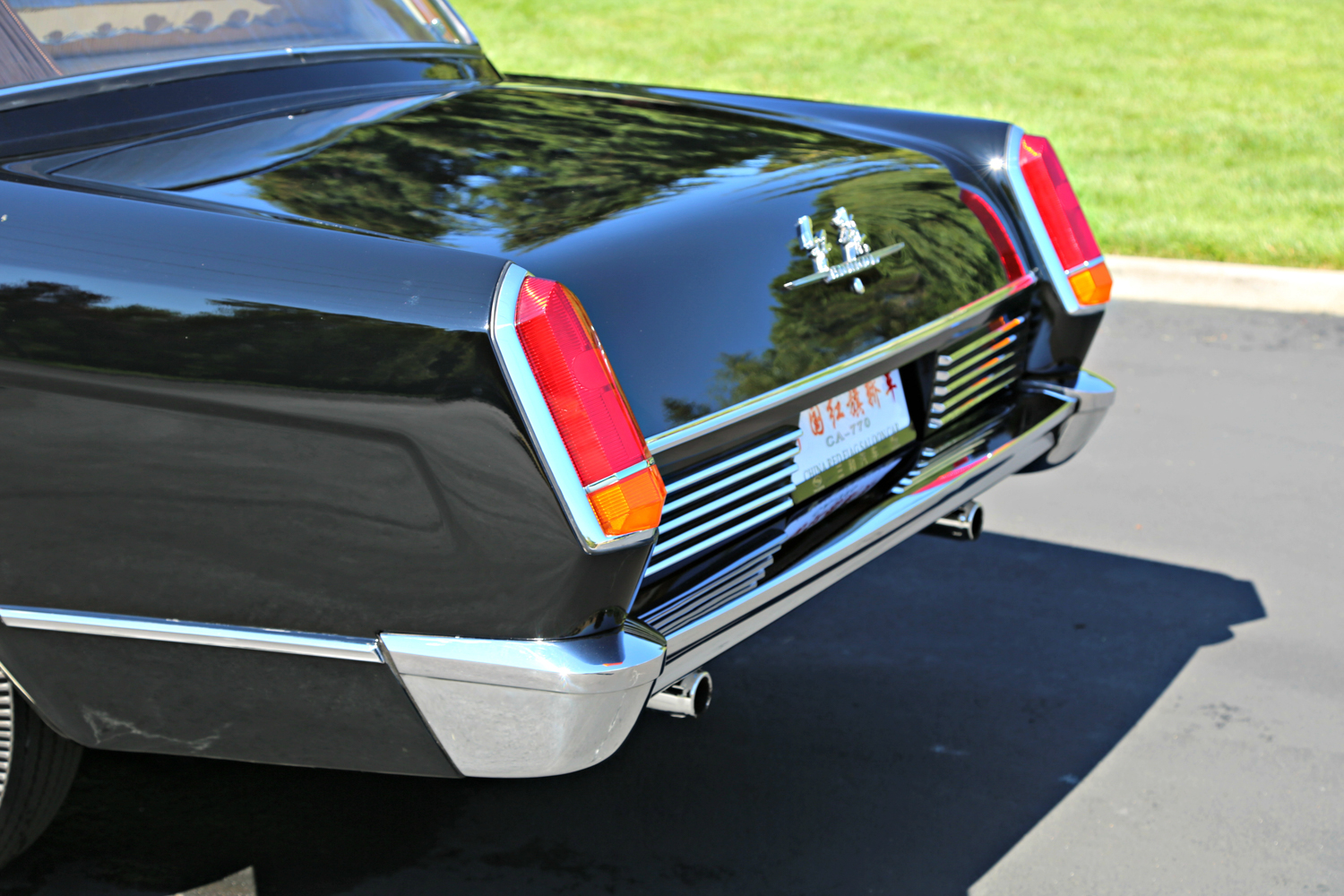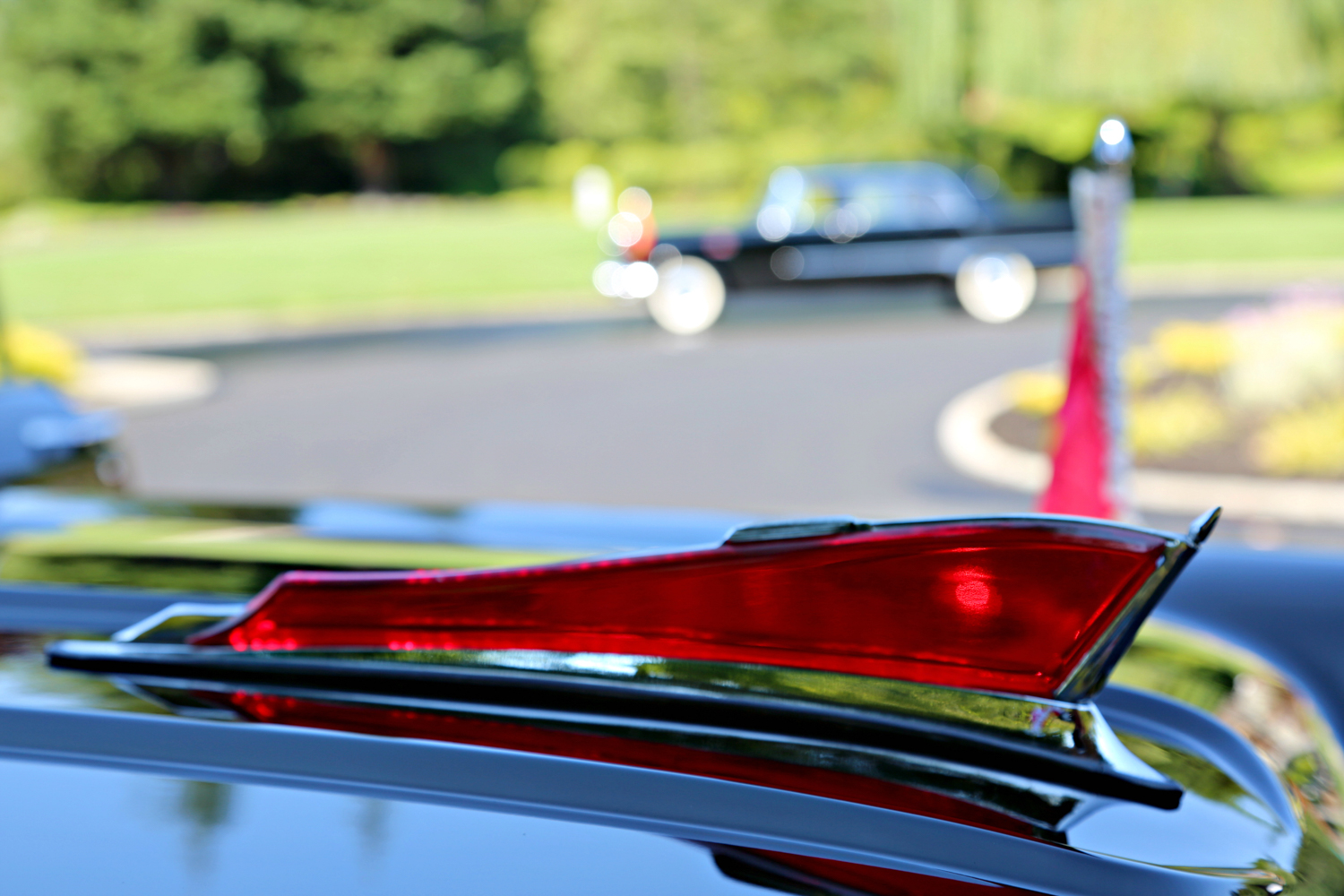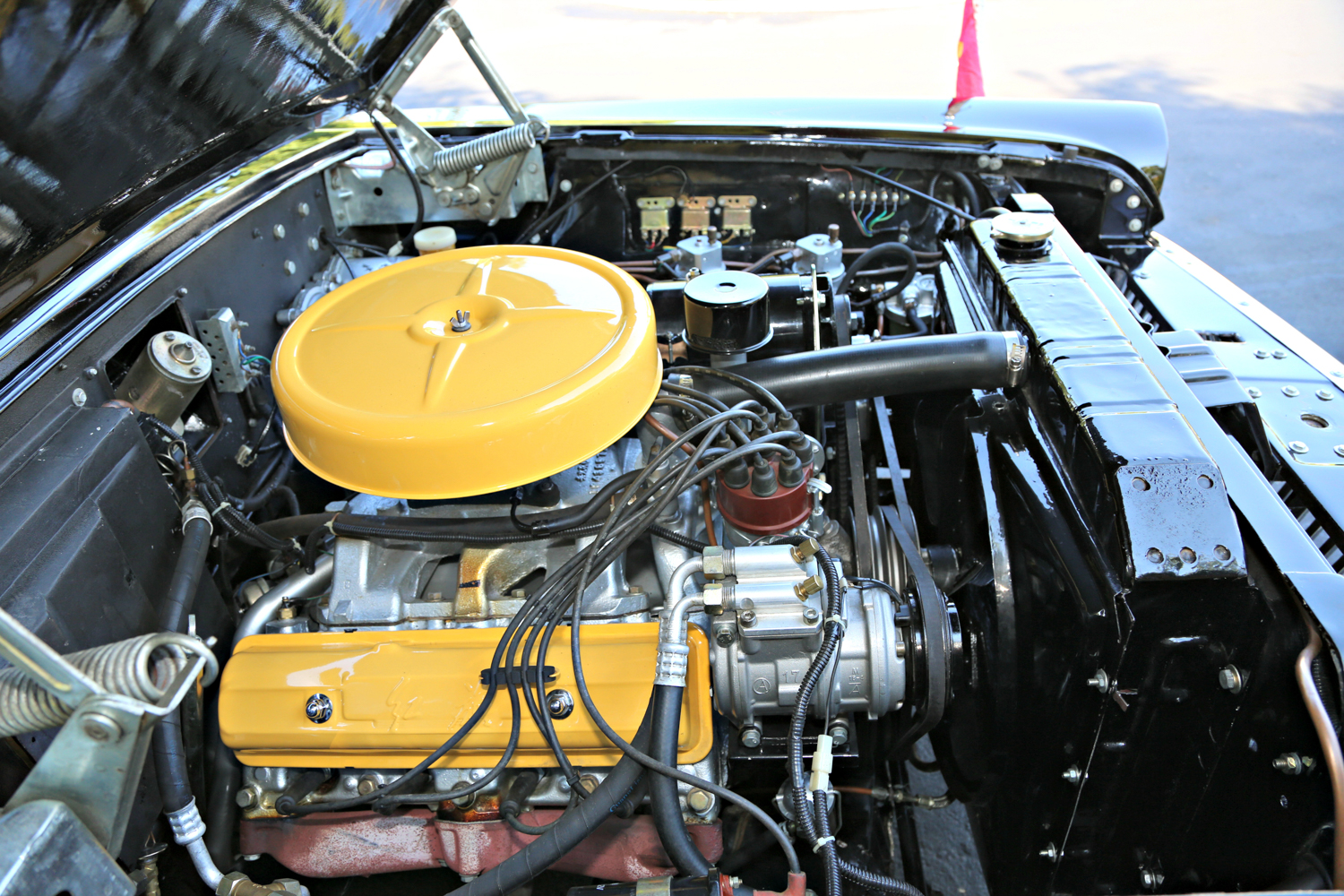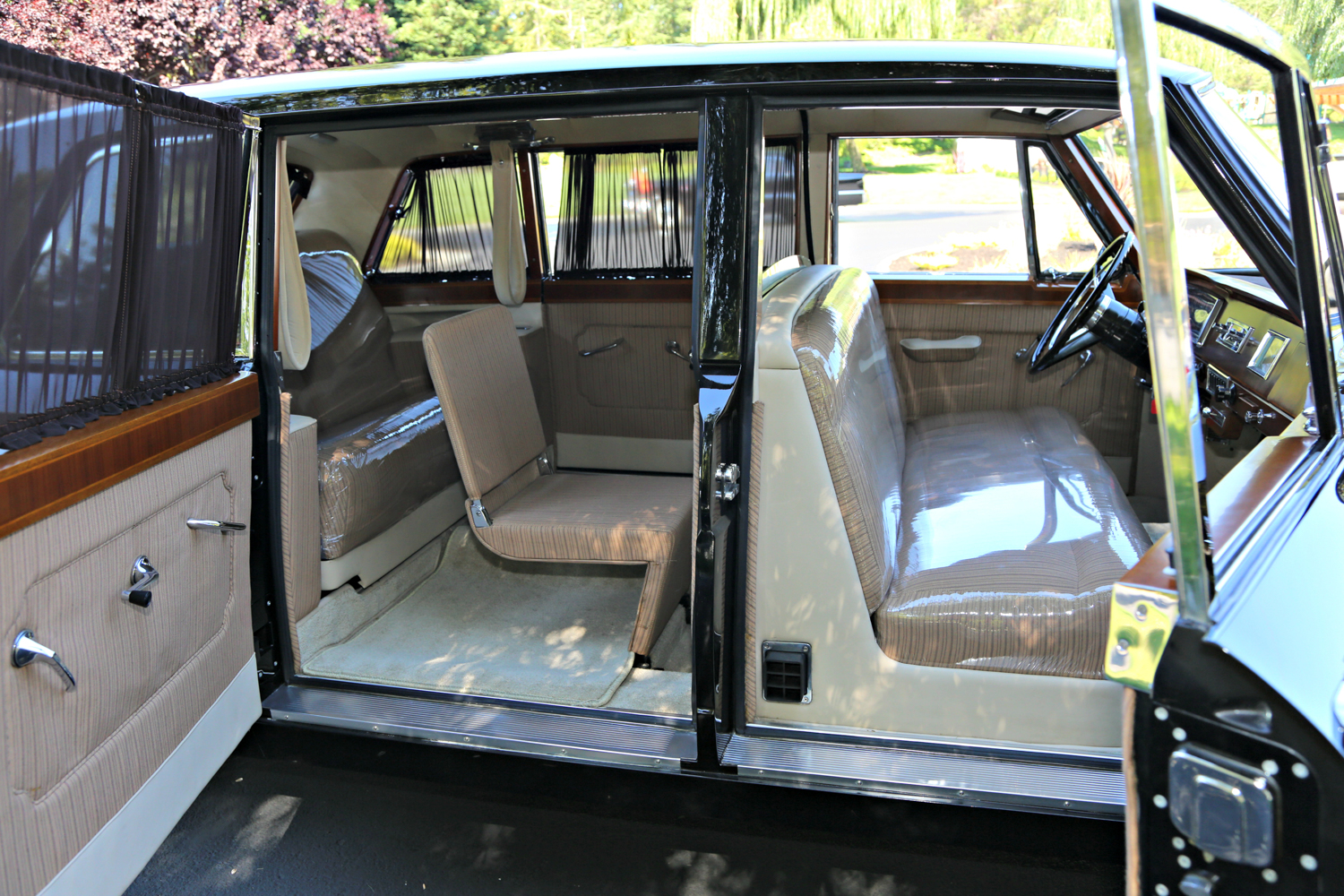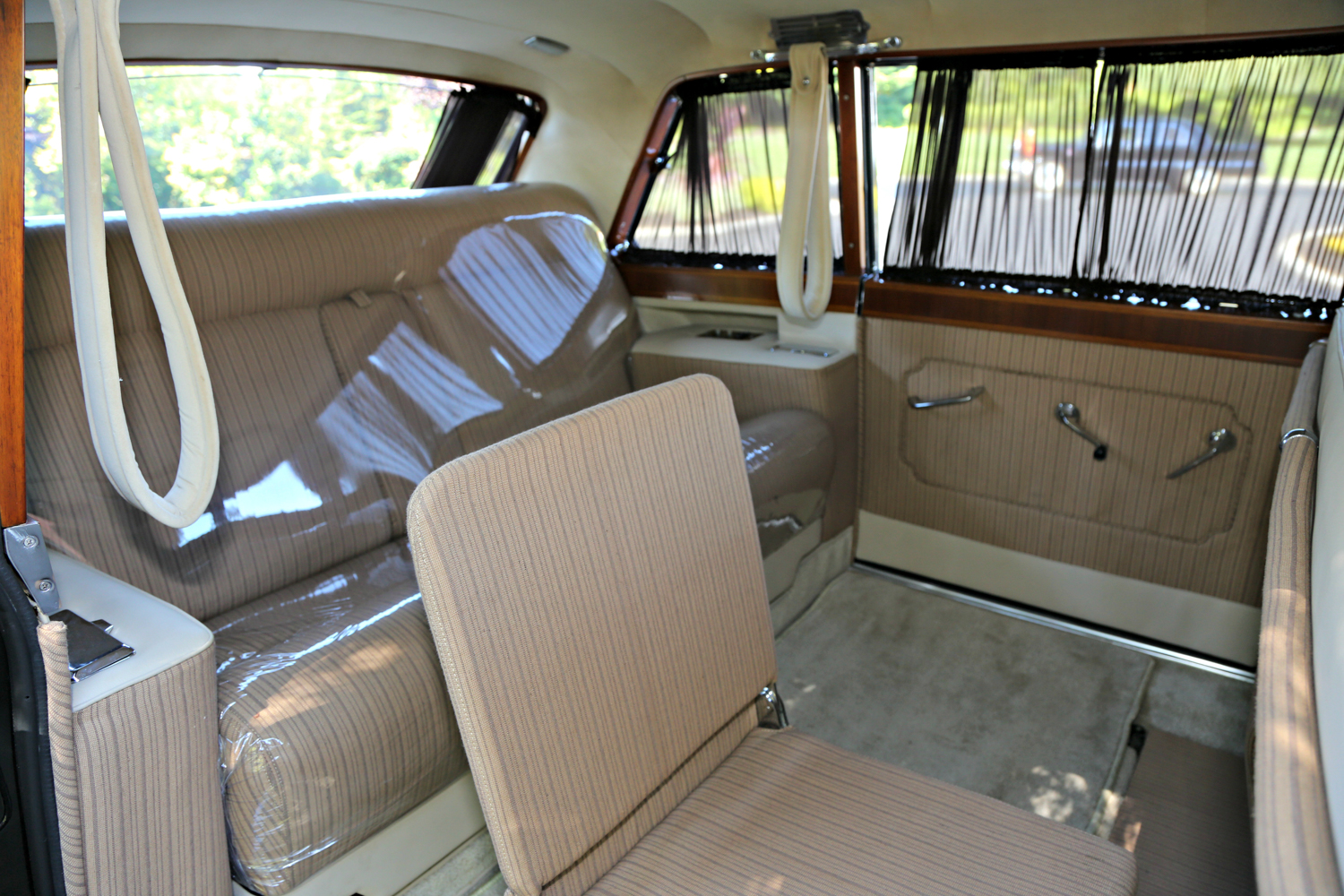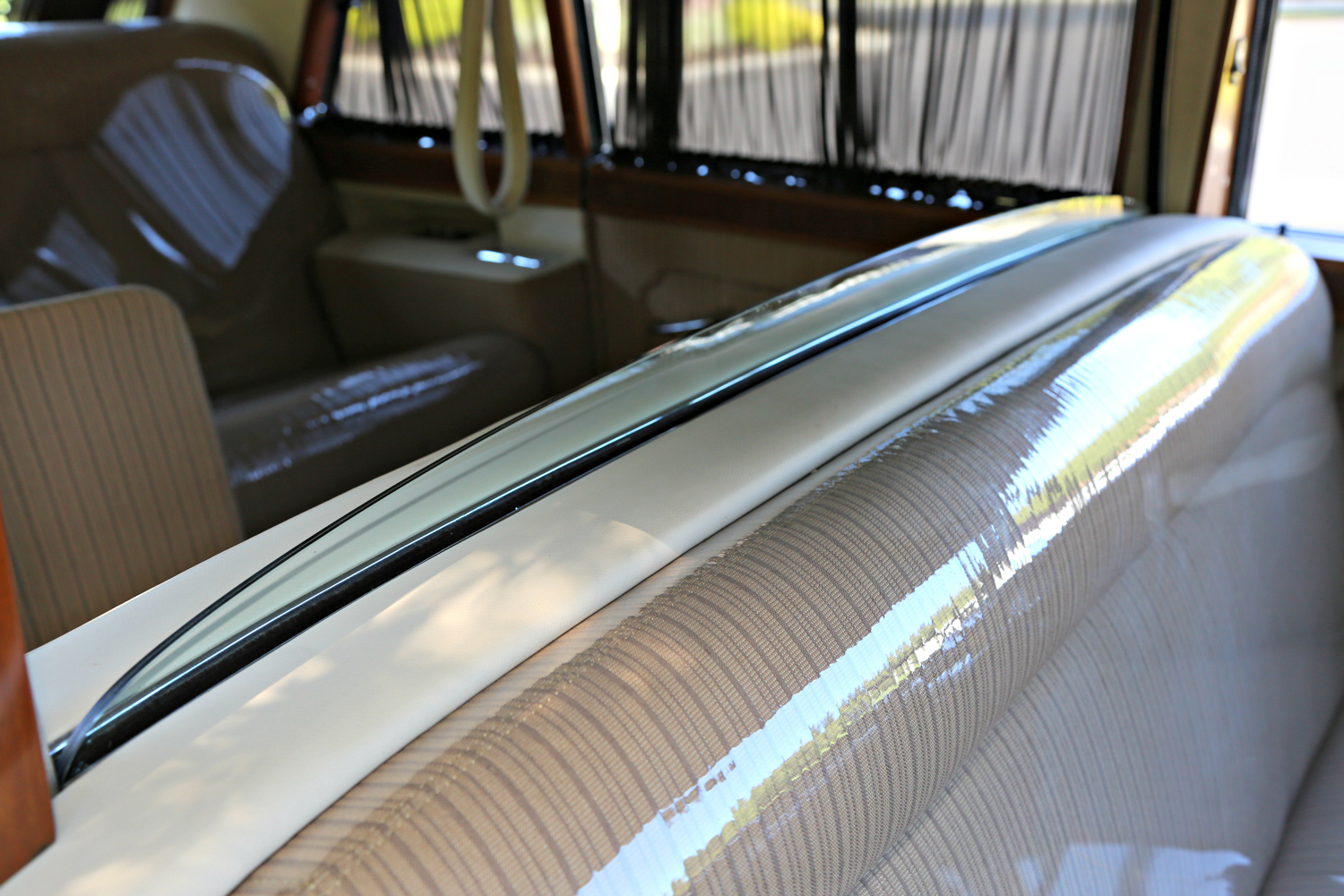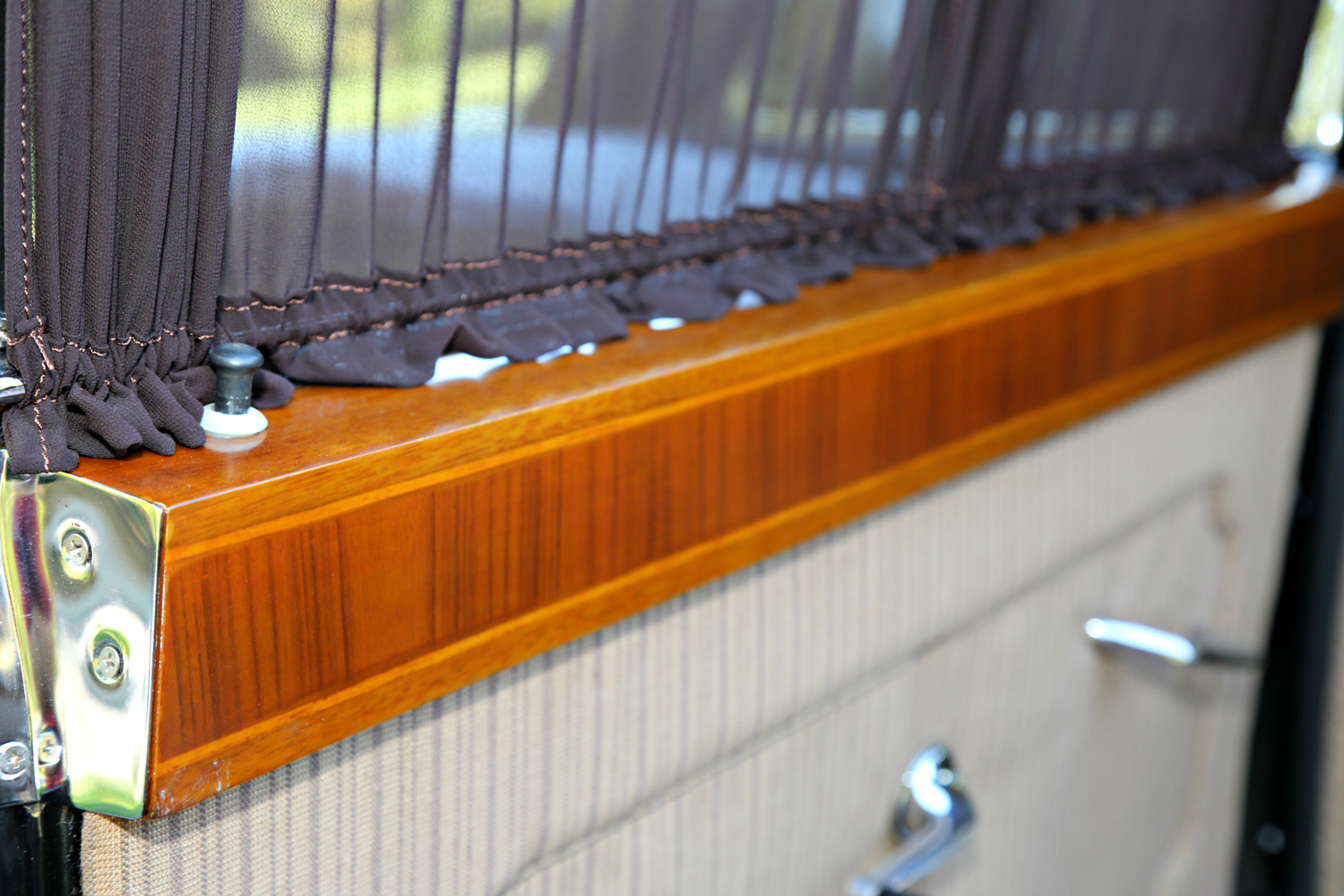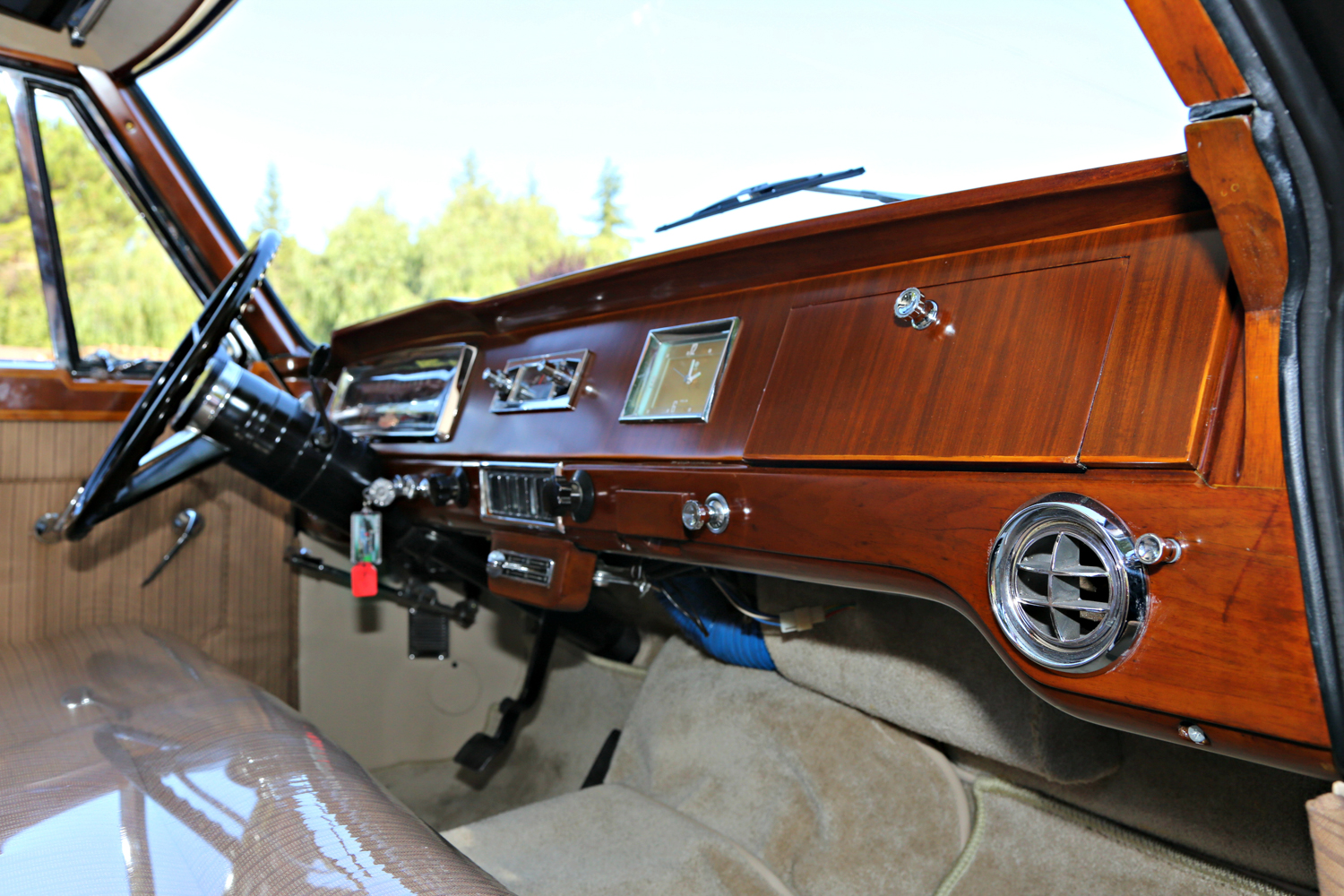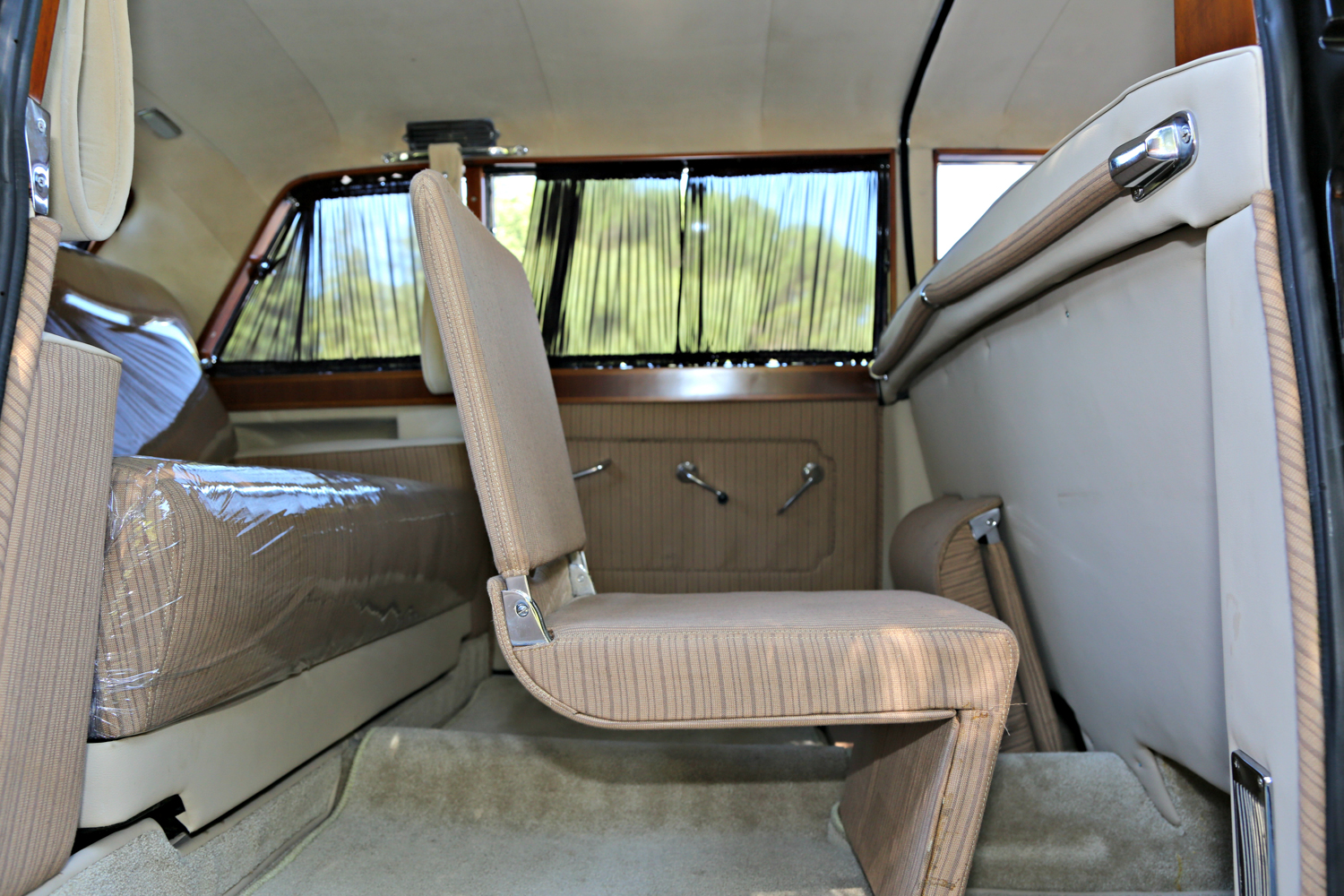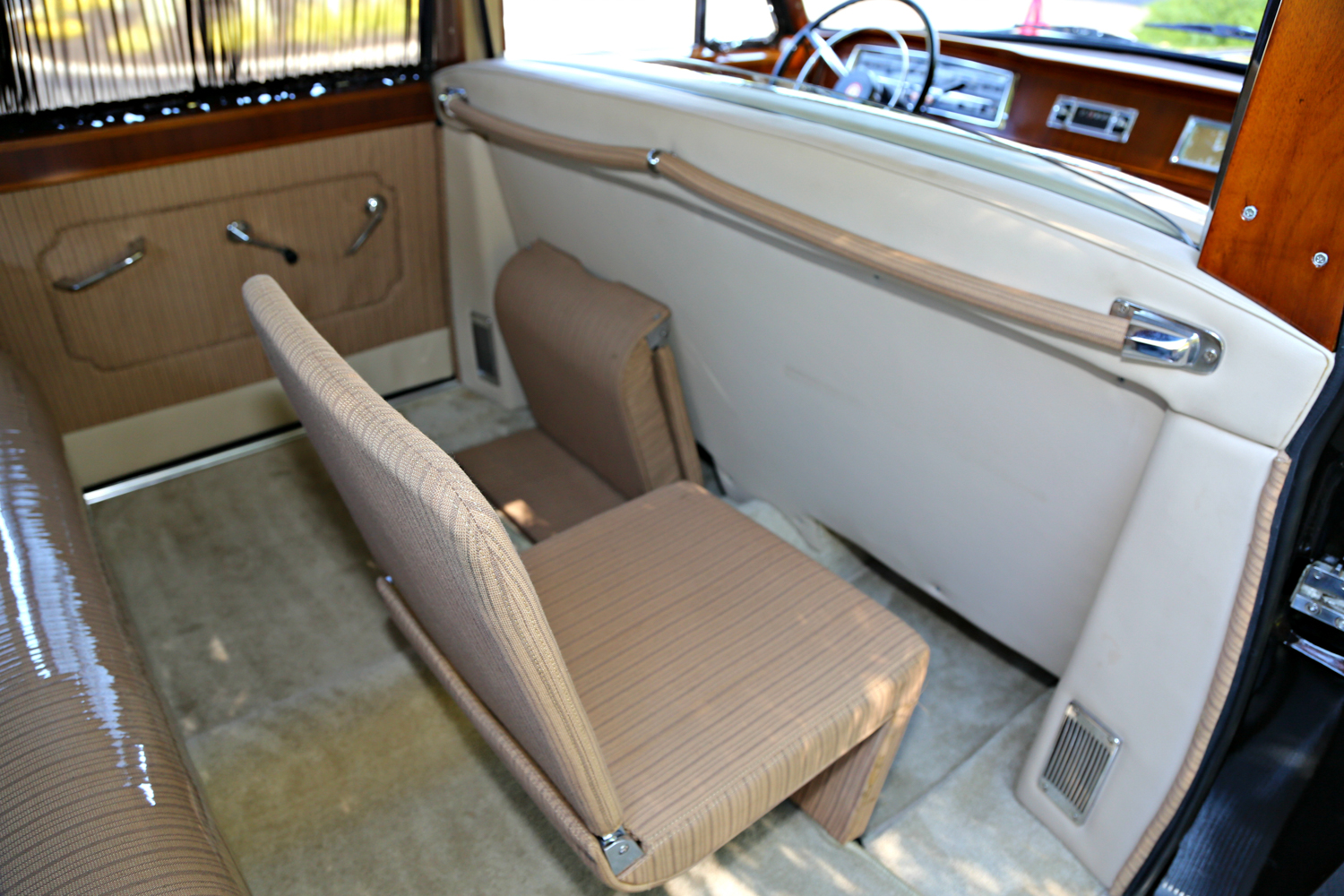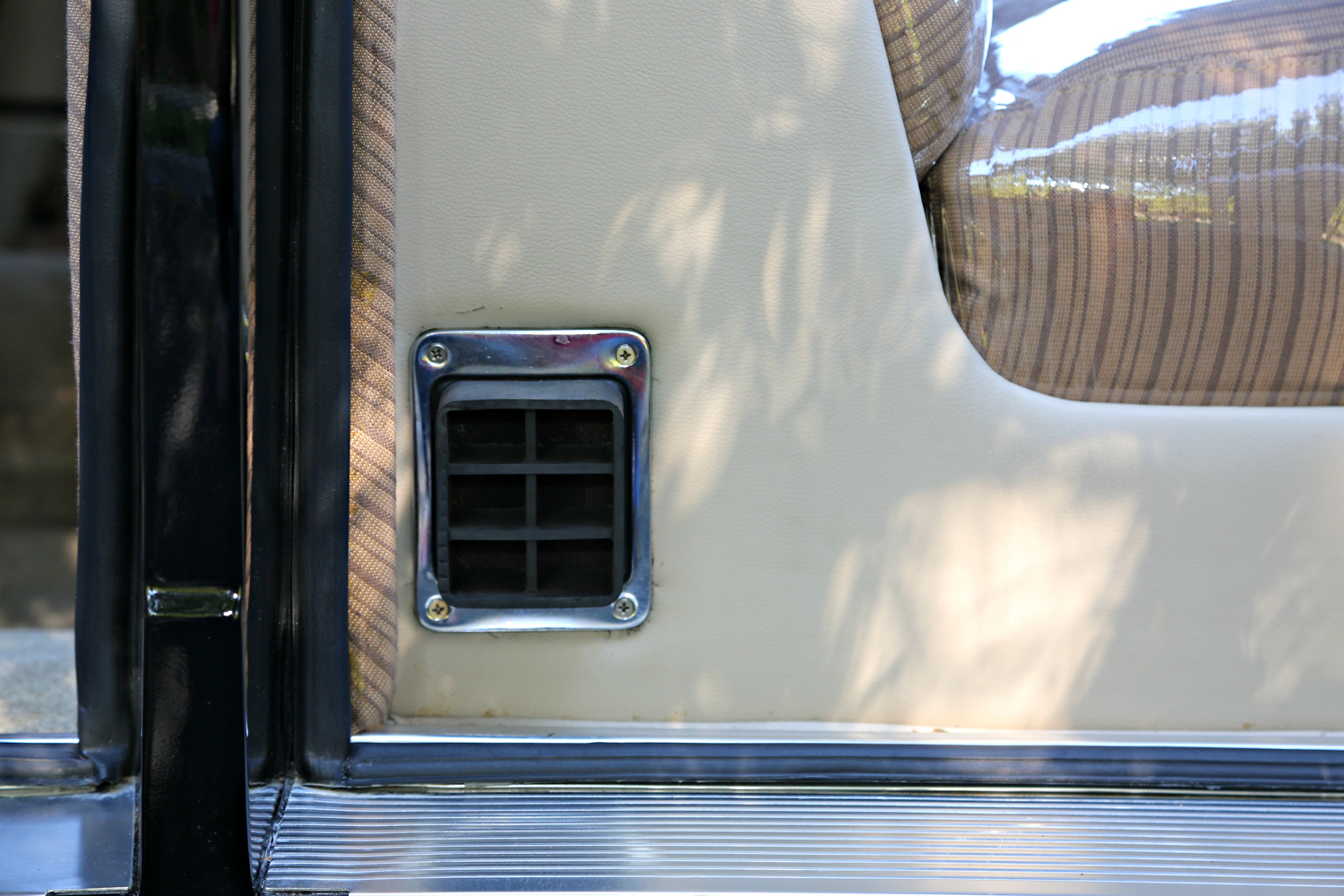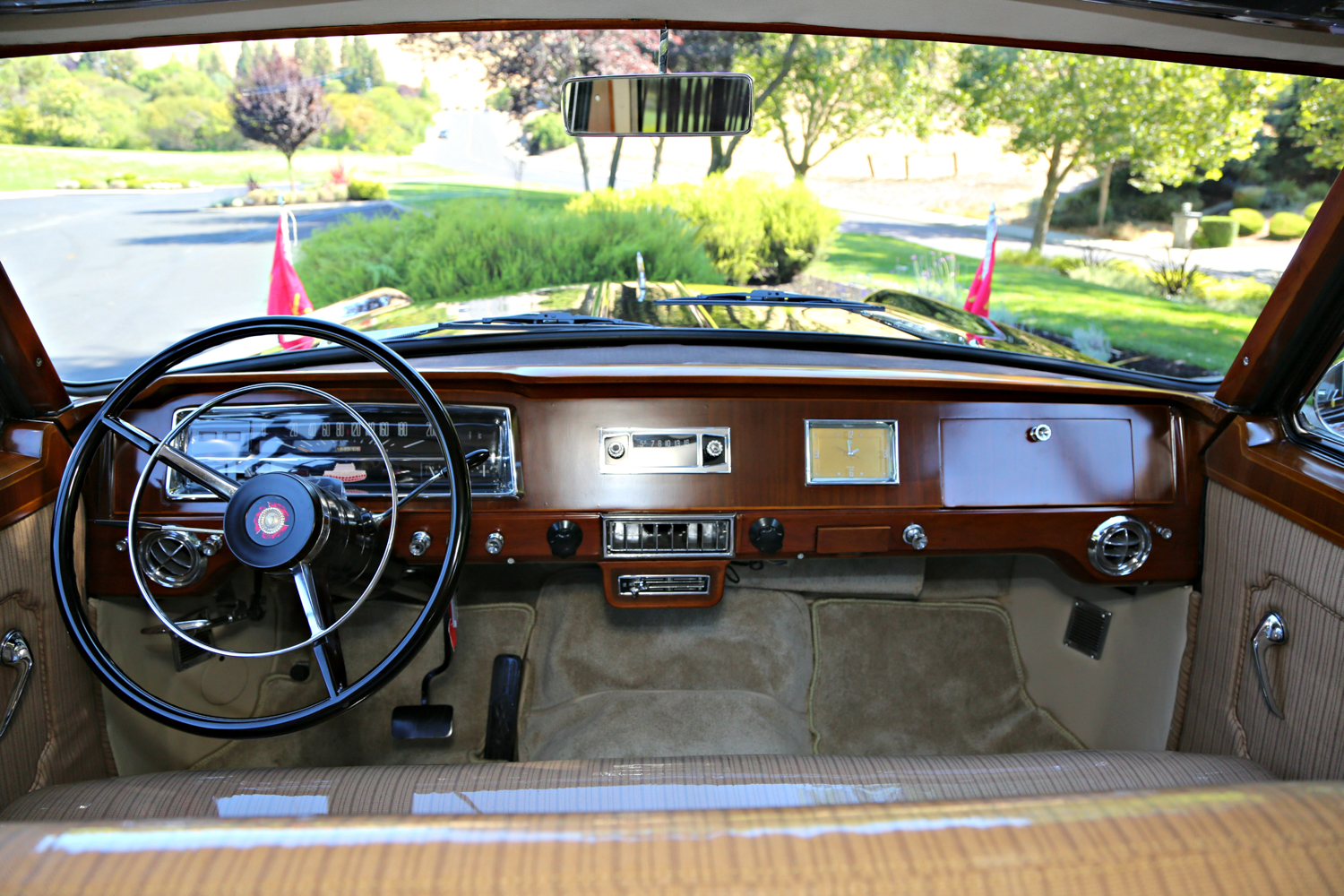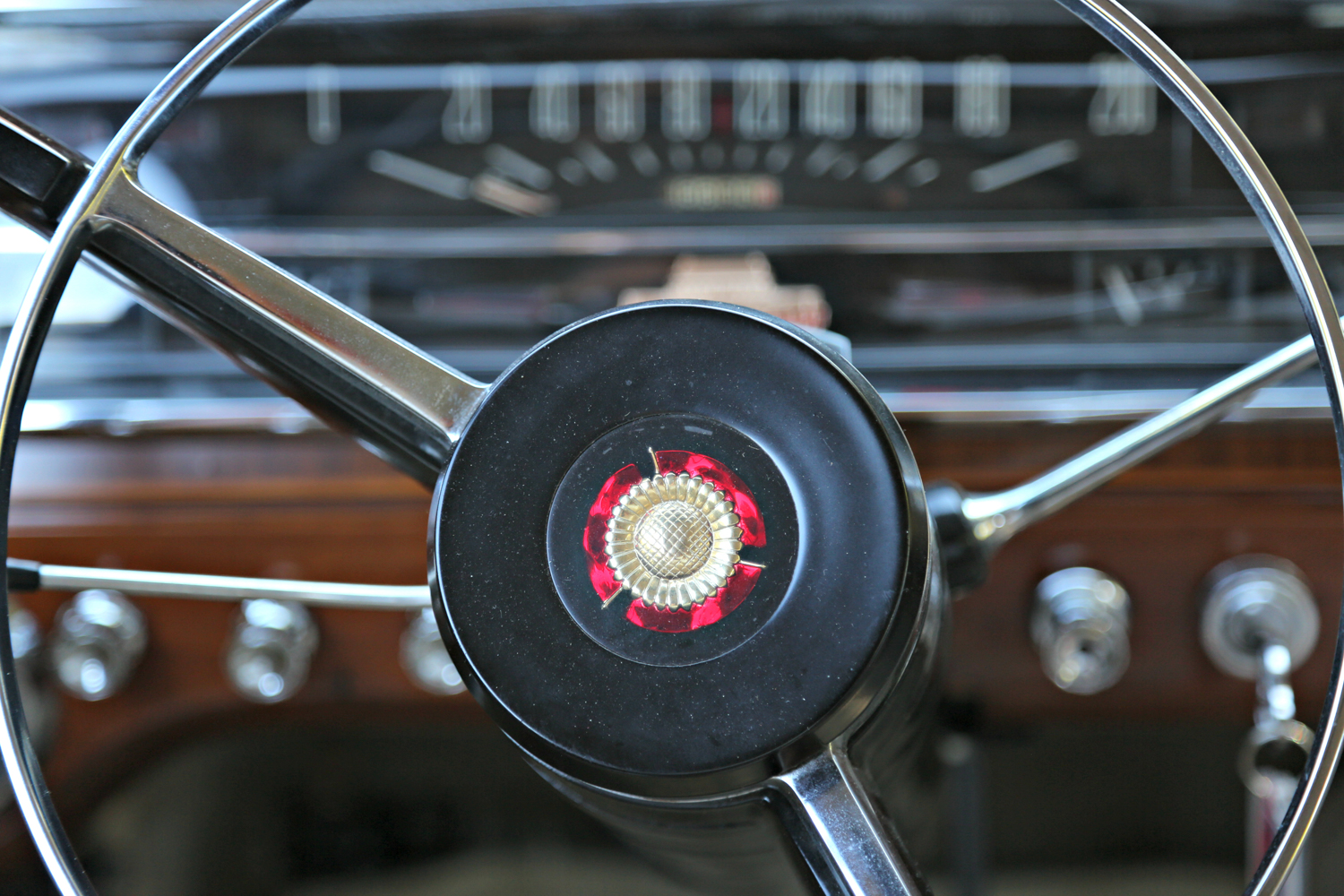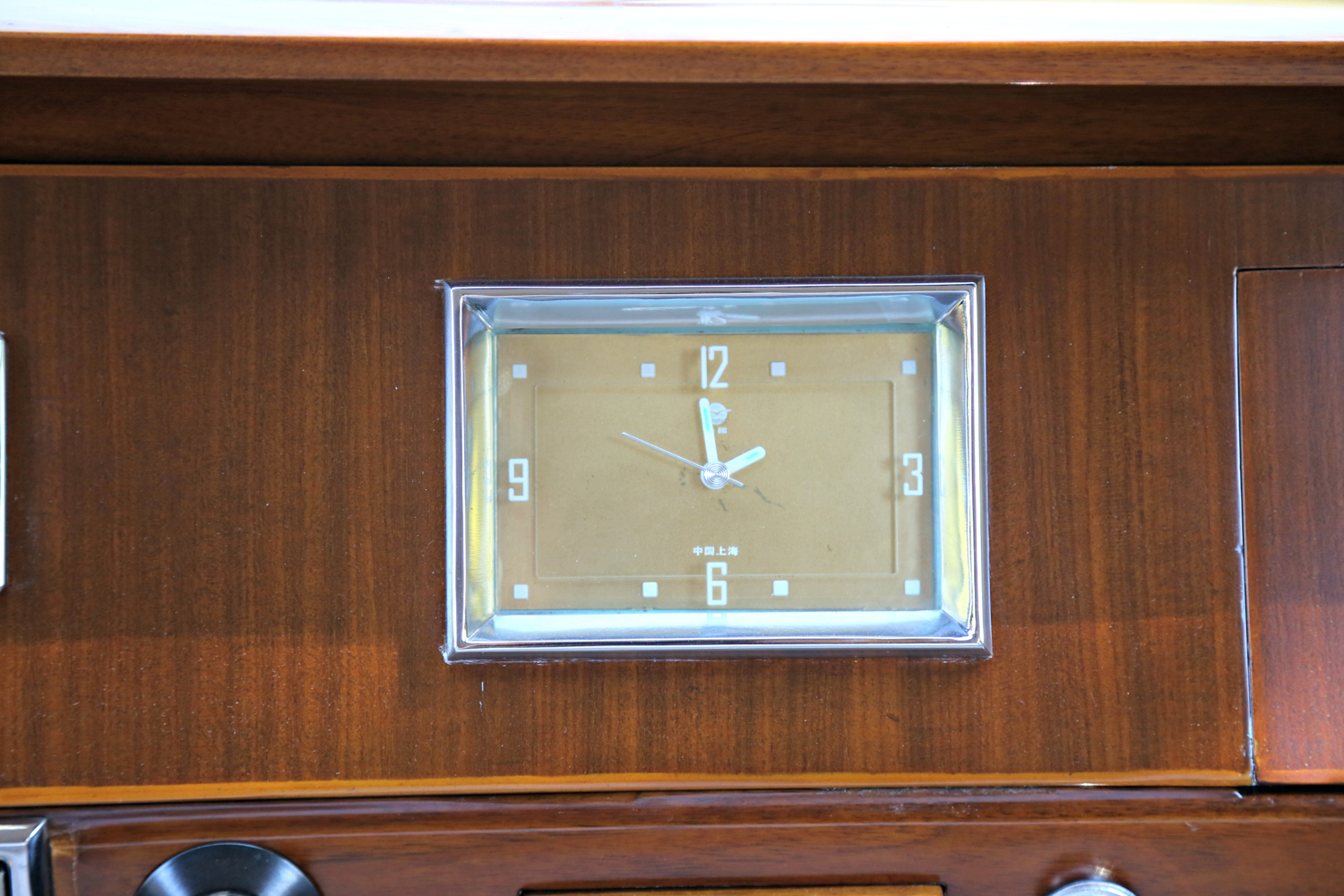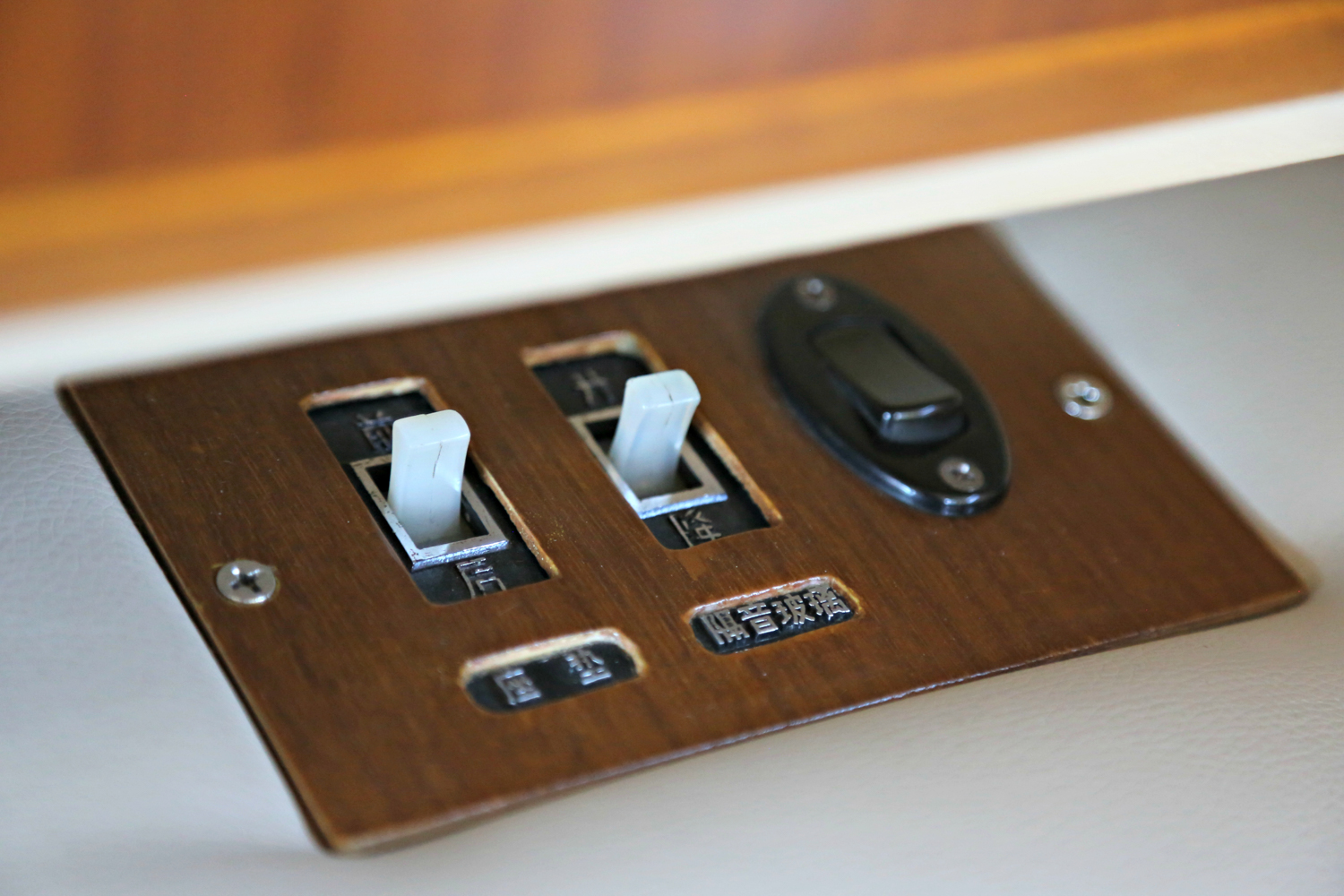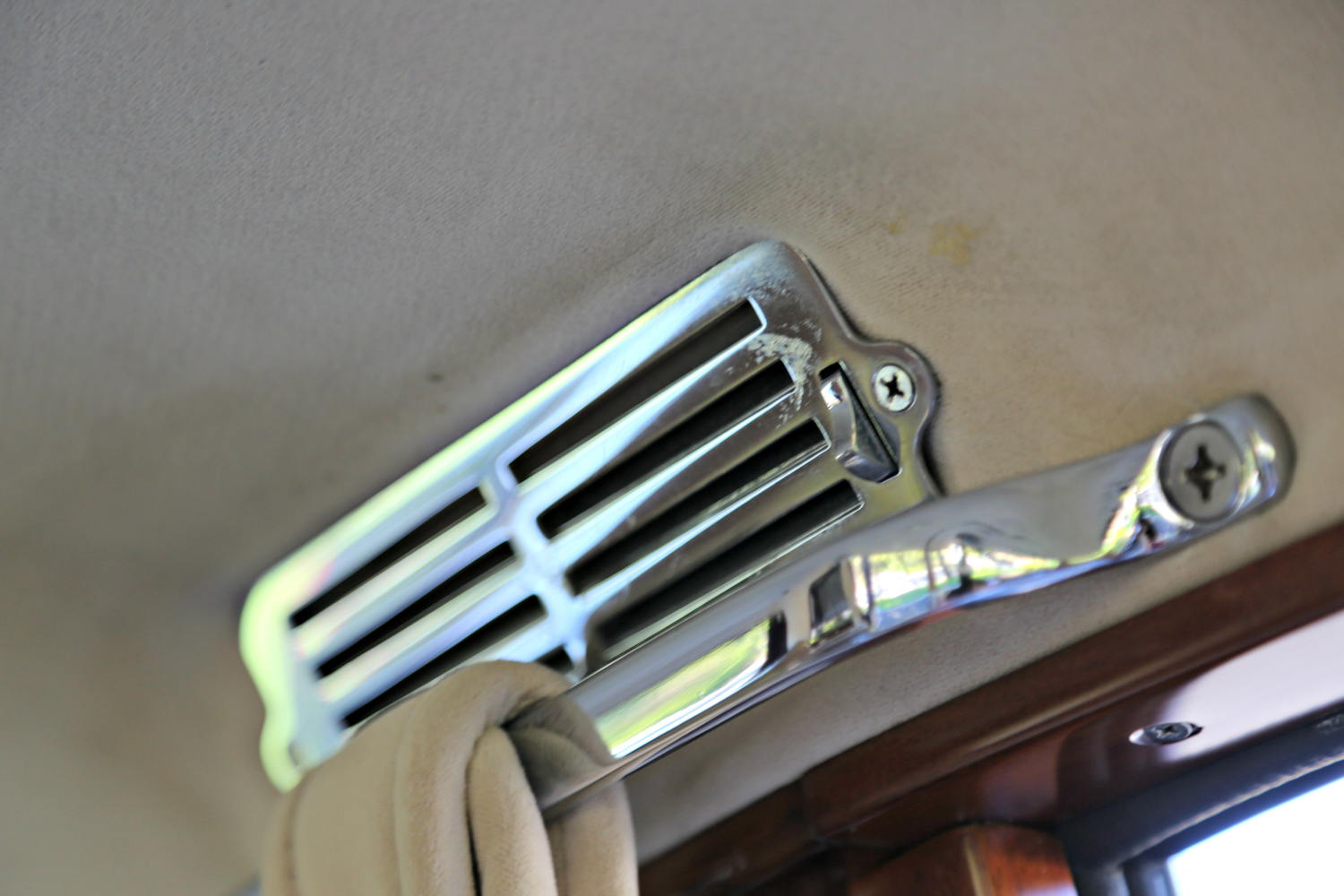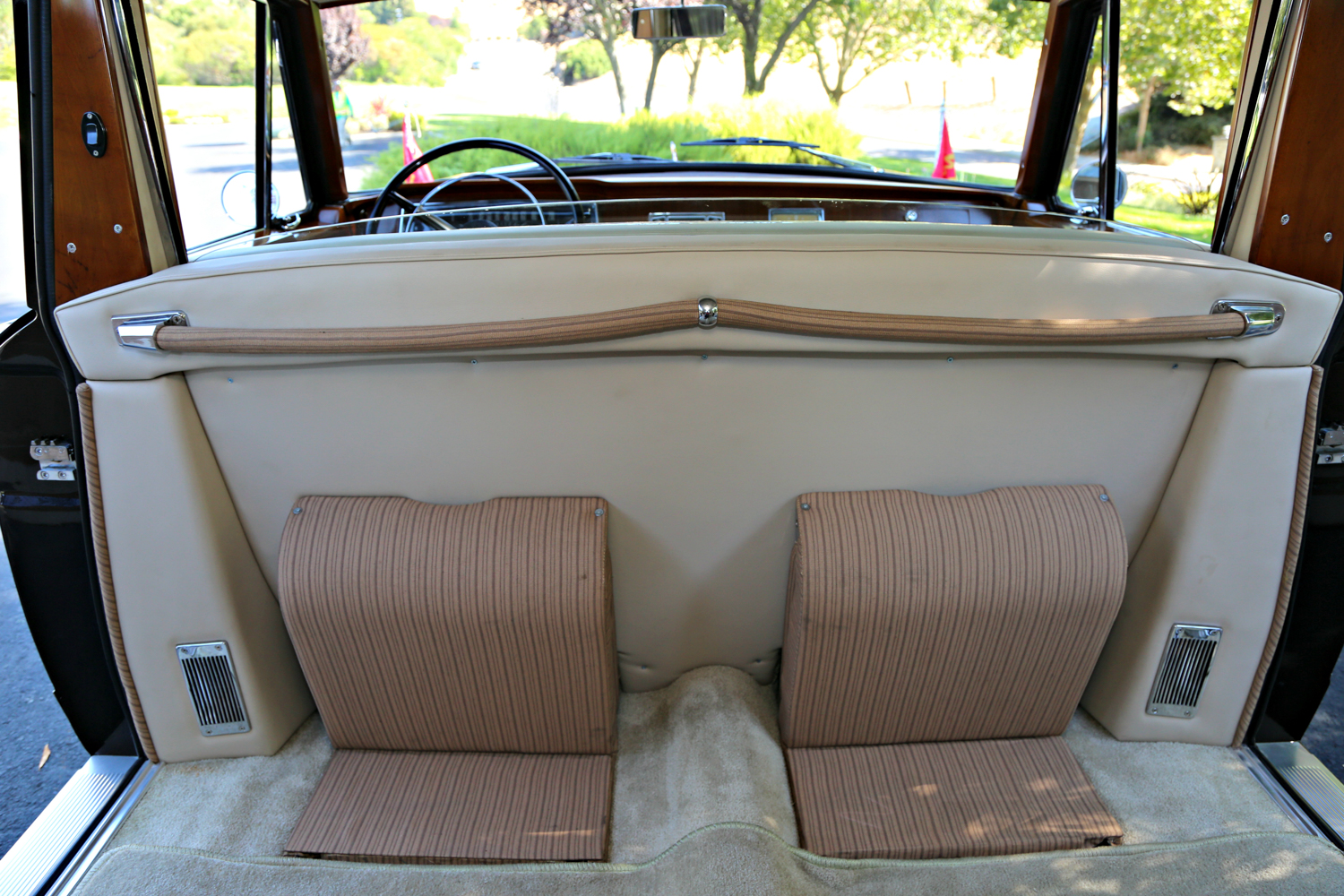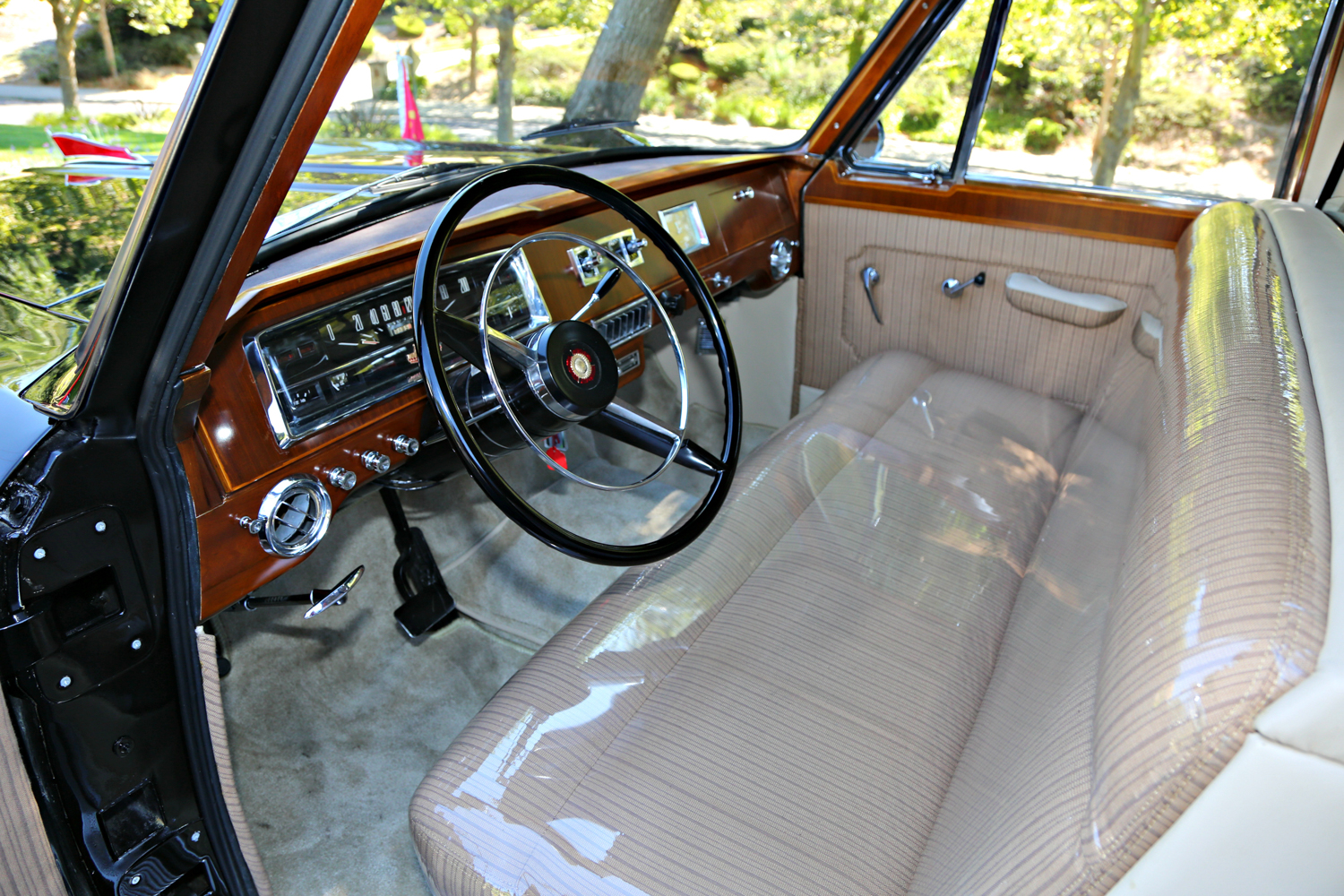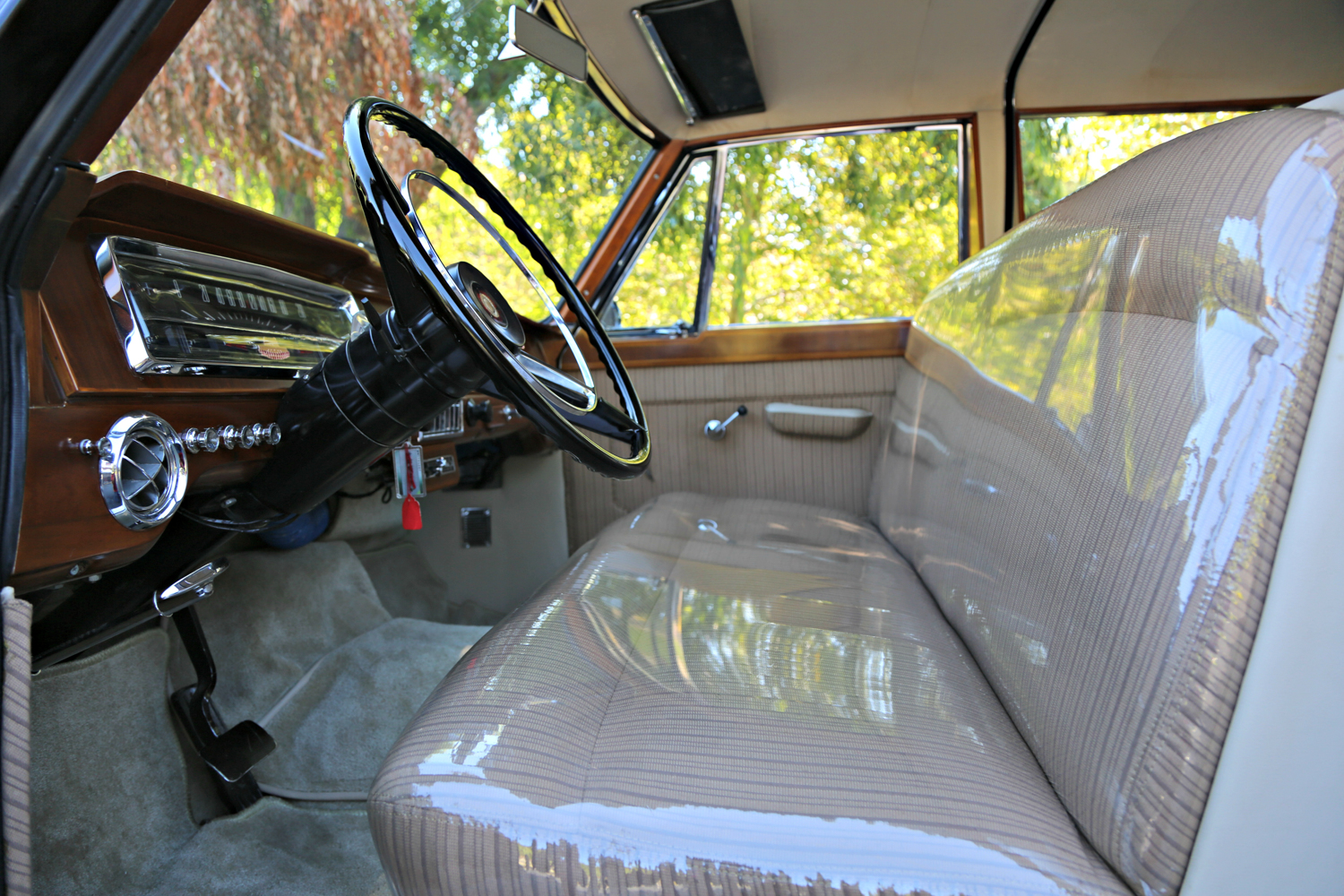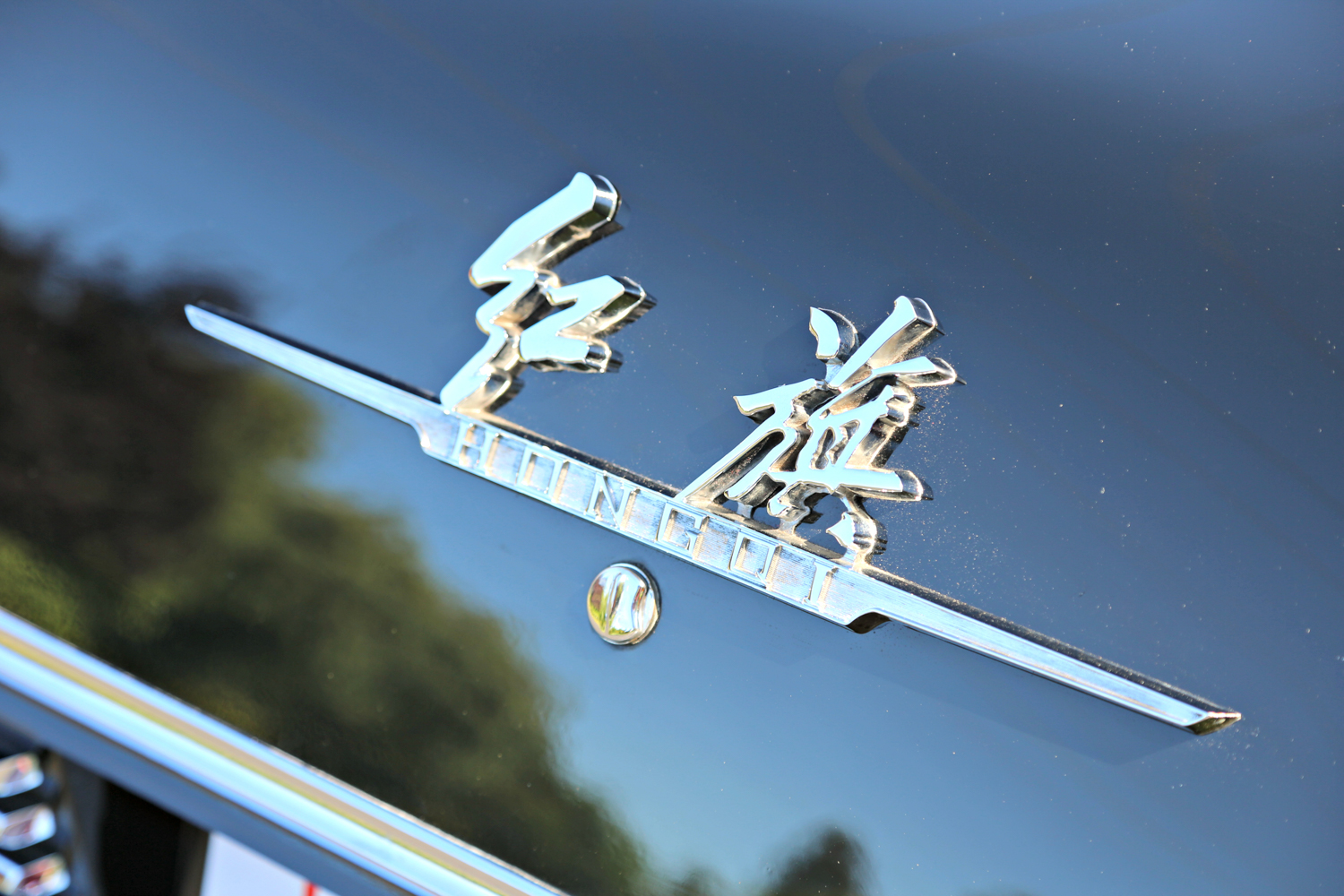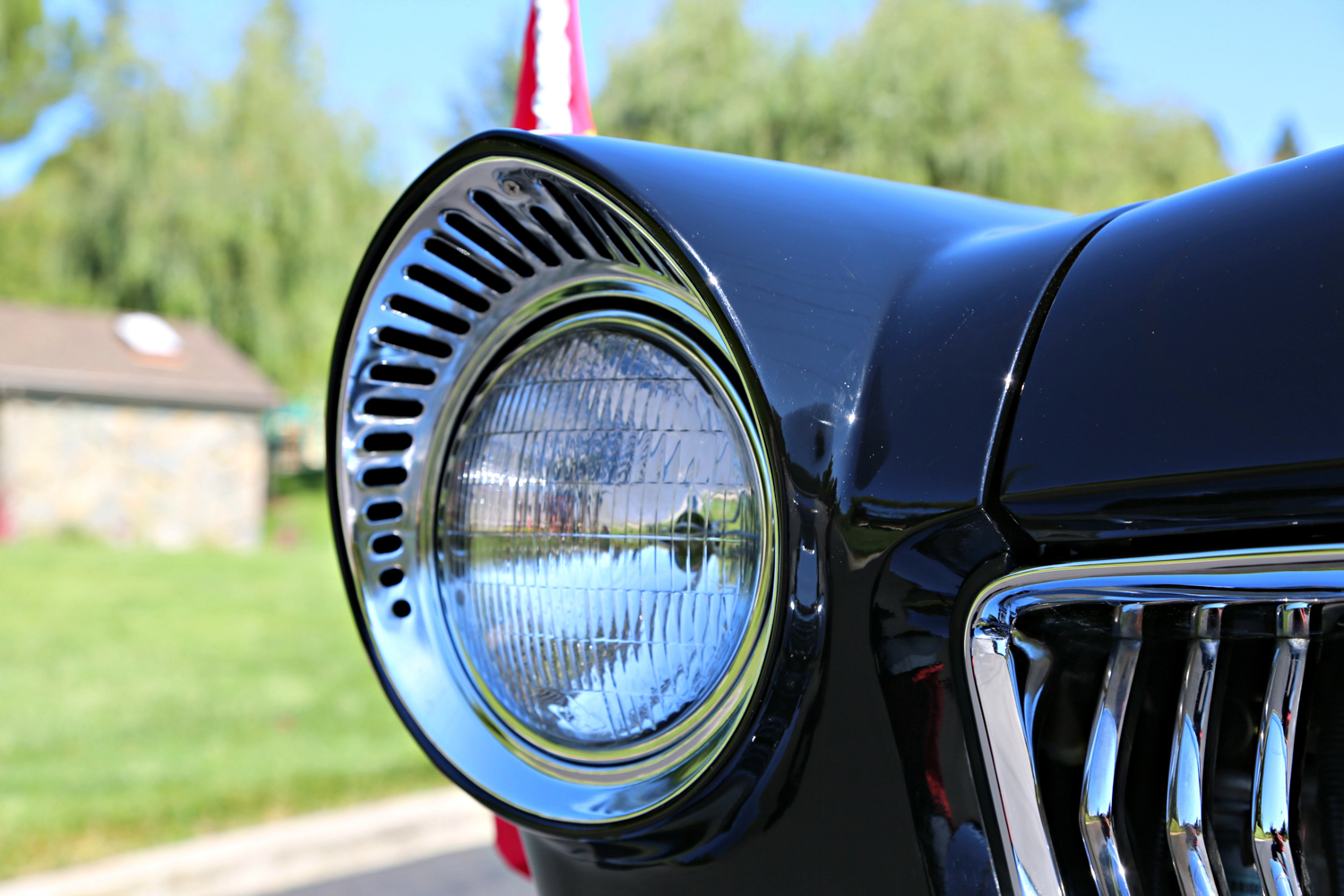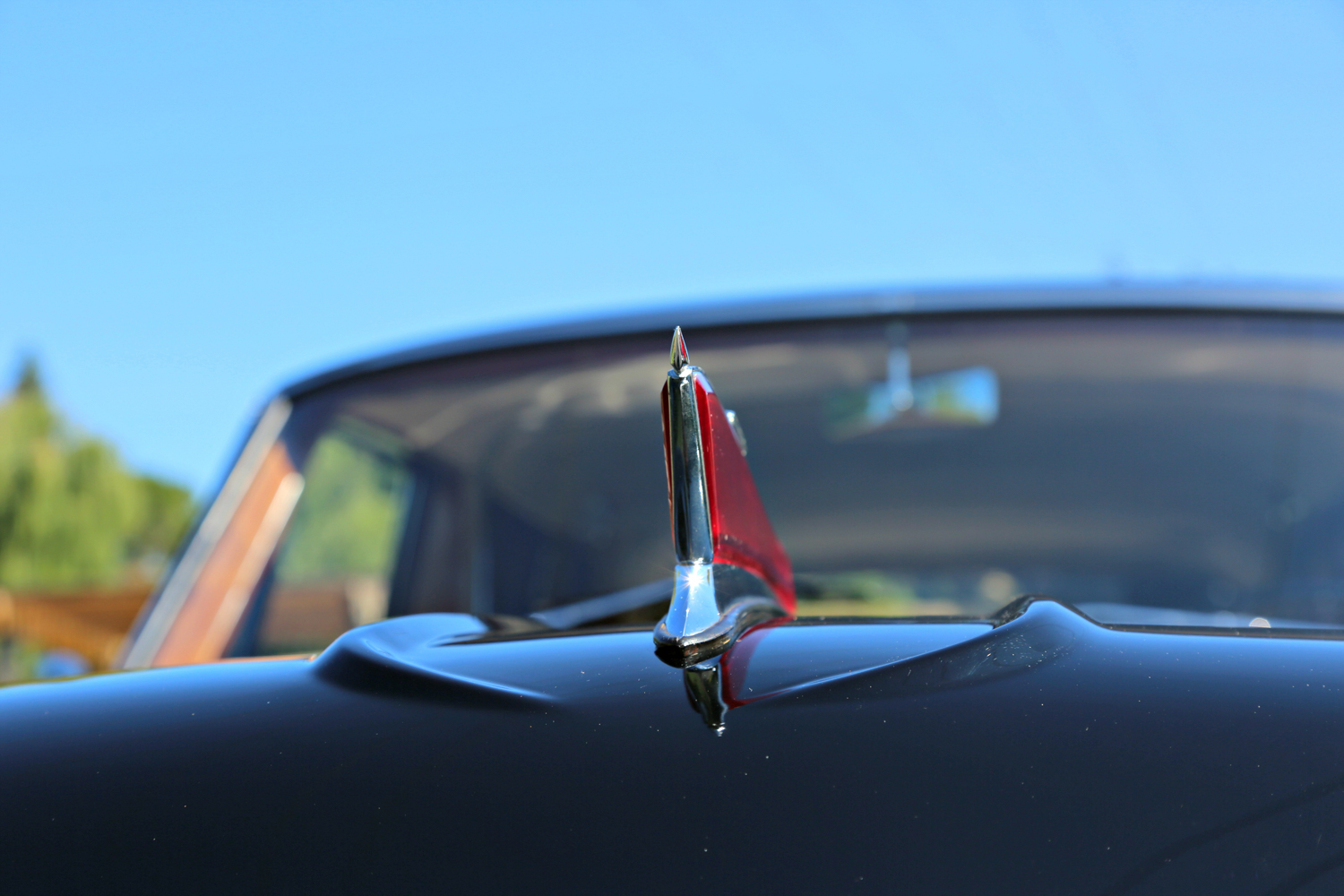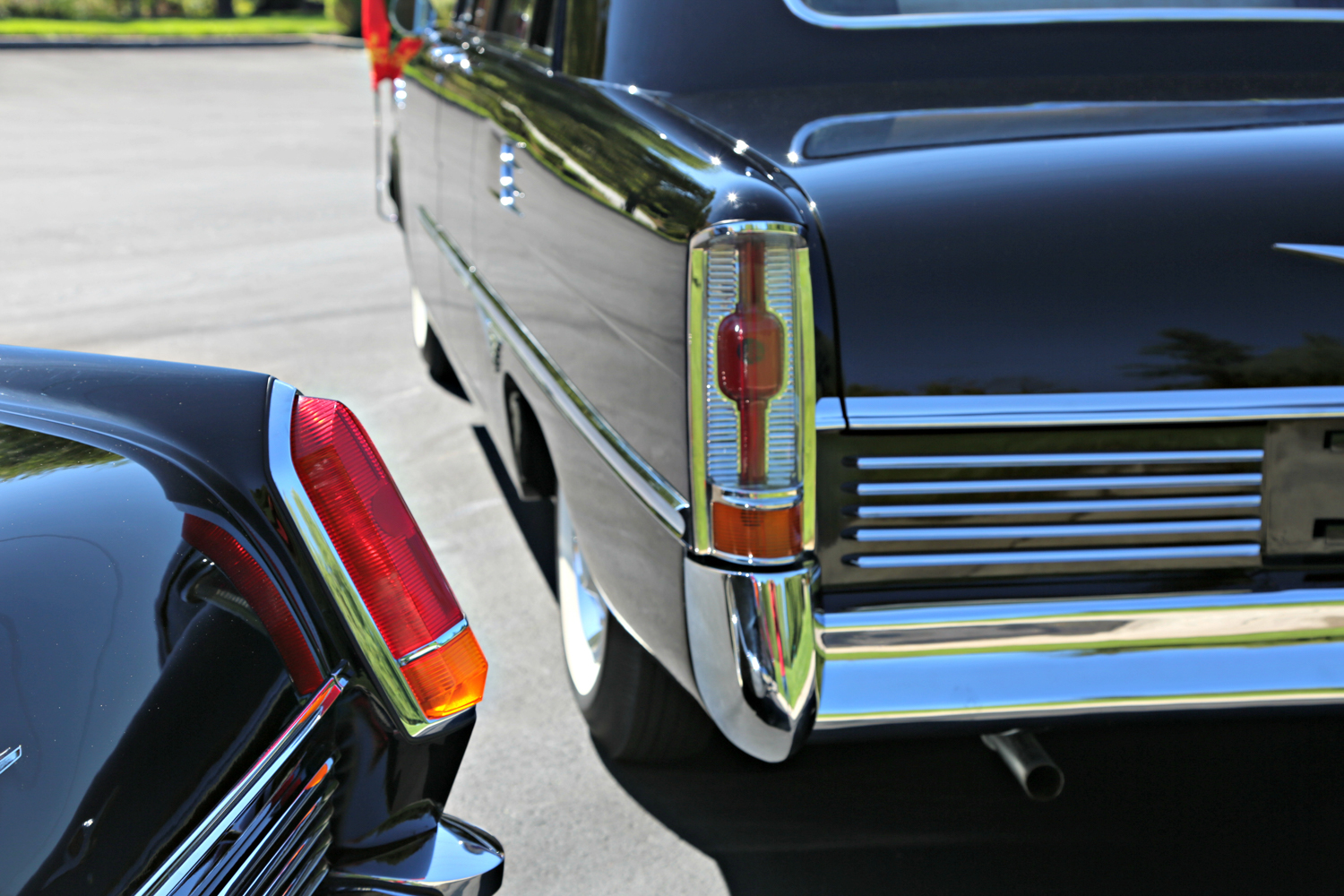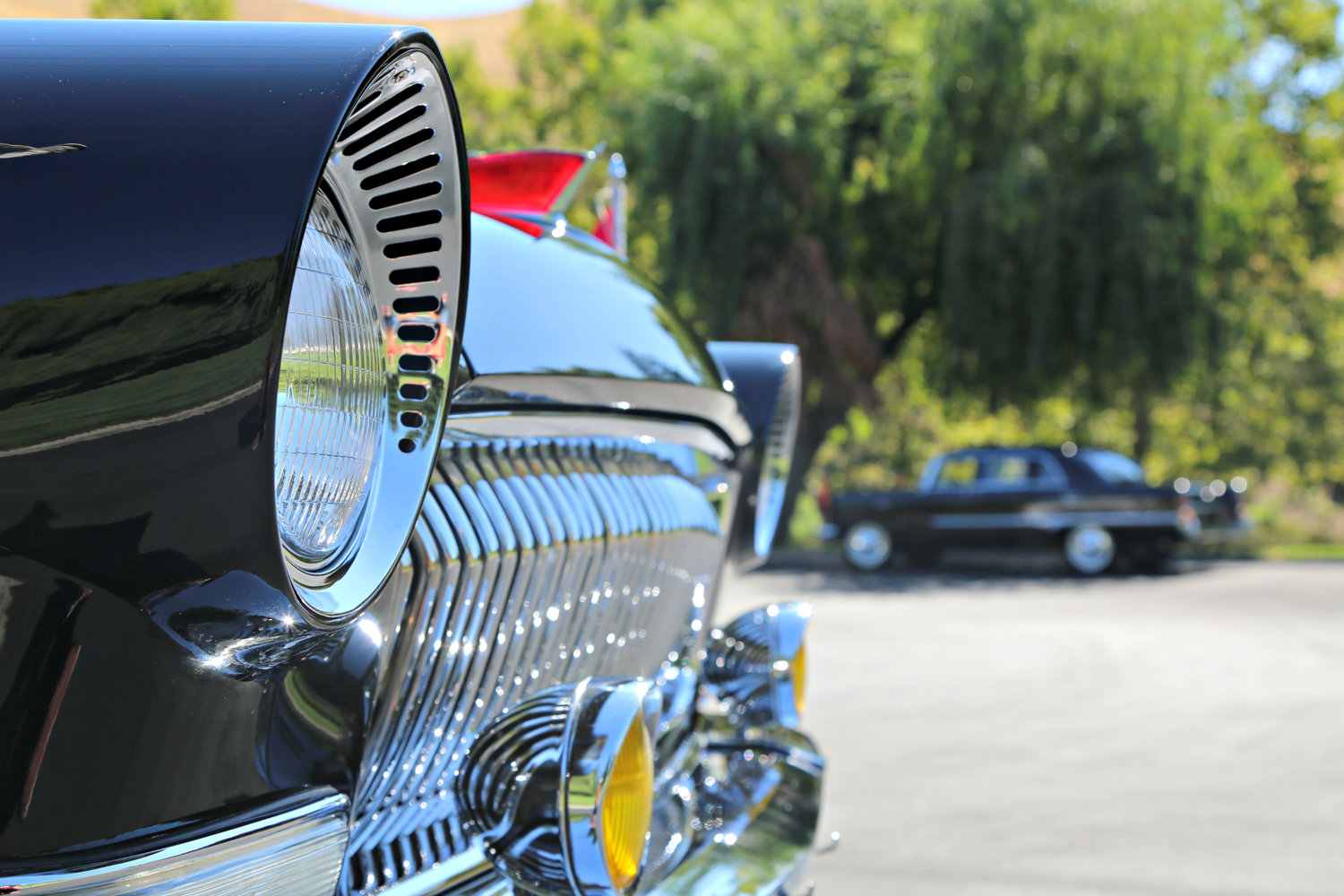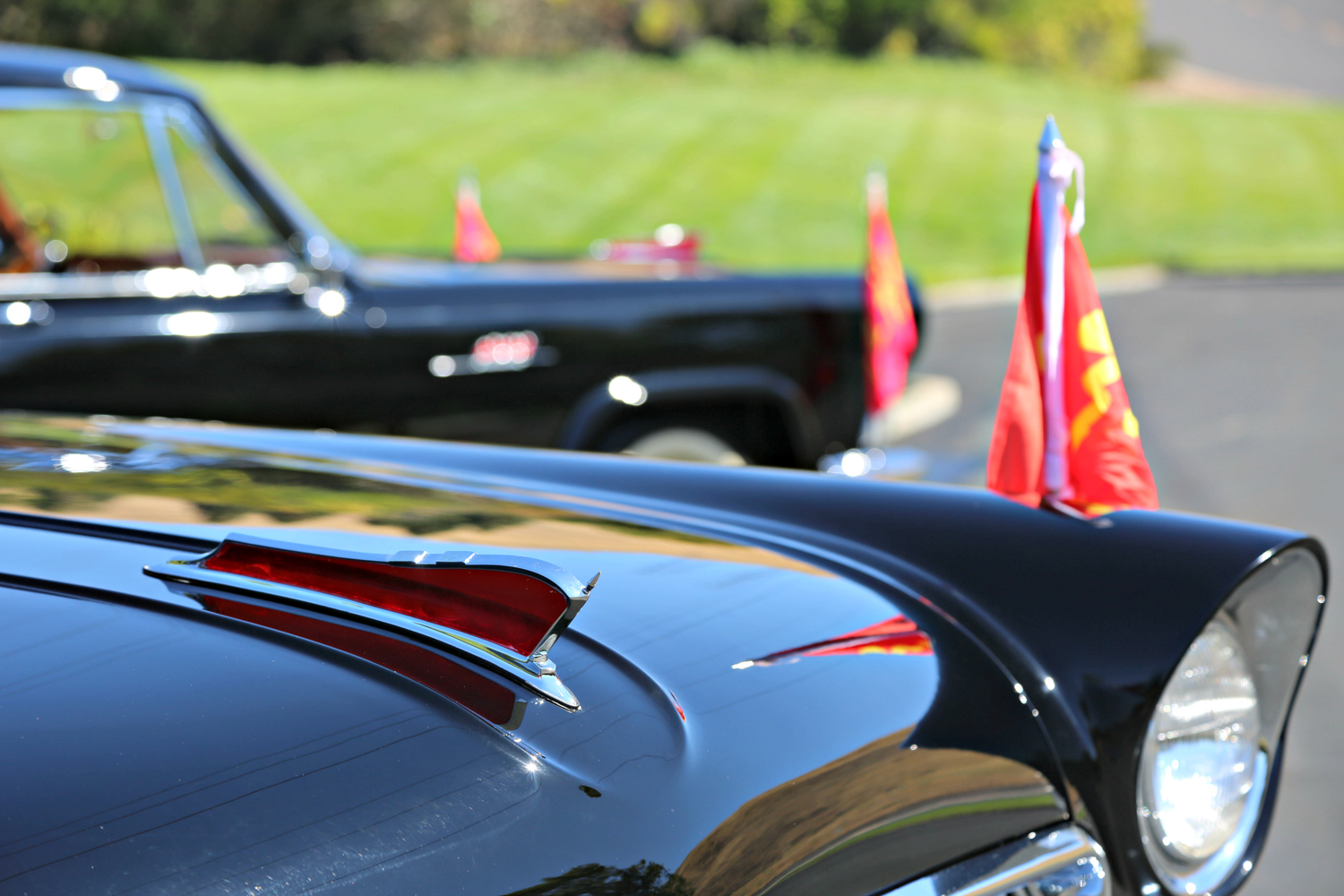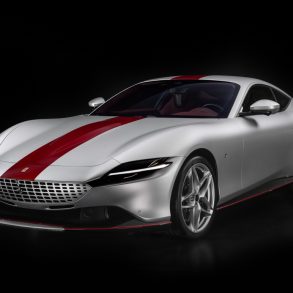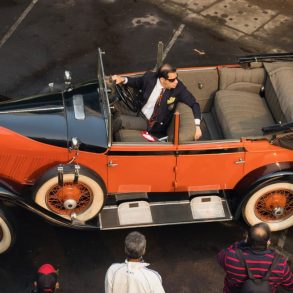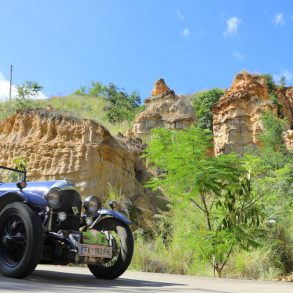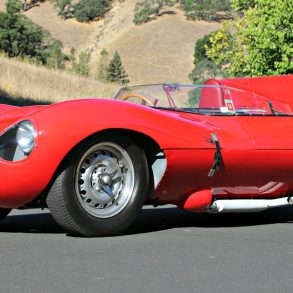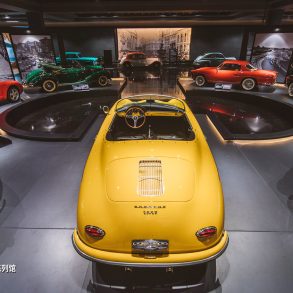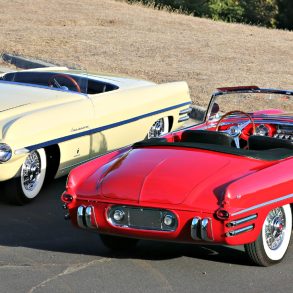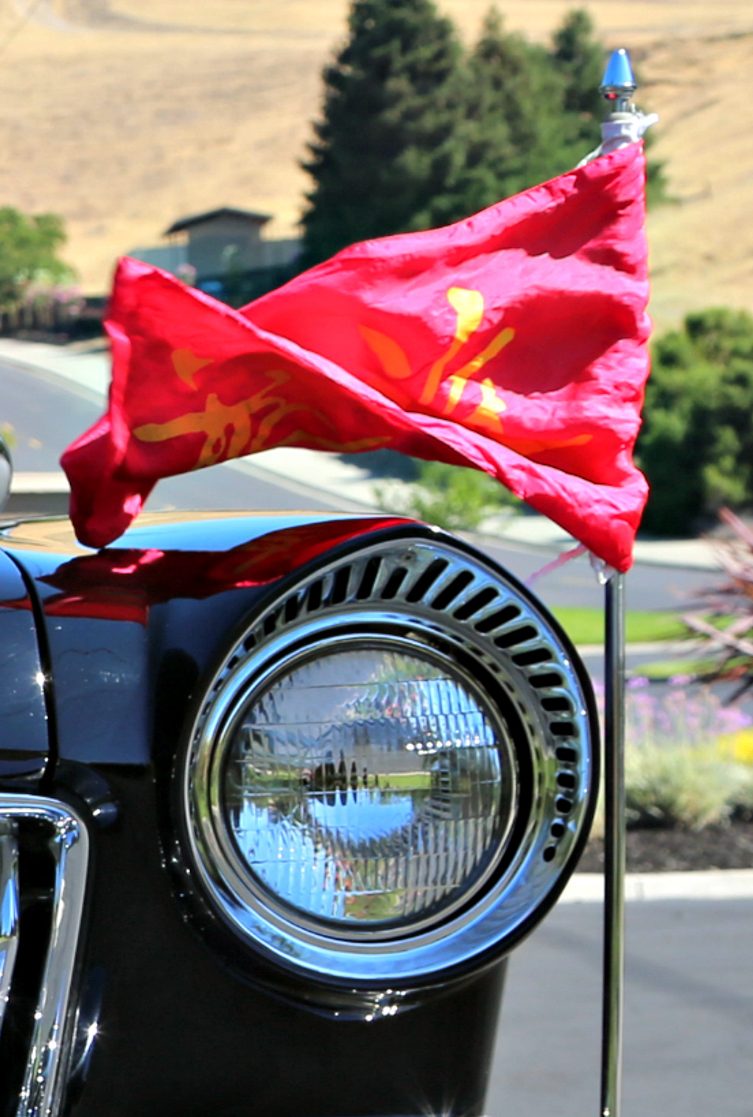
Establishing a New Industry
In 1949, the Peoples Republic of China was founded and party leaders and dignitaries required limousines and parade cars. The cars used most commonly in the early post-war era were Packard 180 look-a-likes called the ZIS 110, produced in the Soviet Union. These served their purpose, however China wanted to build their own cars for government use and to show the rest of the world that they had the capability to produce a car with enough style and luxury suited to transport heads of state. England had Rolls-Royce, Germany had Mercedes and the United States had Lincoln and Cadillac, now China would strive to build their own prestige car.
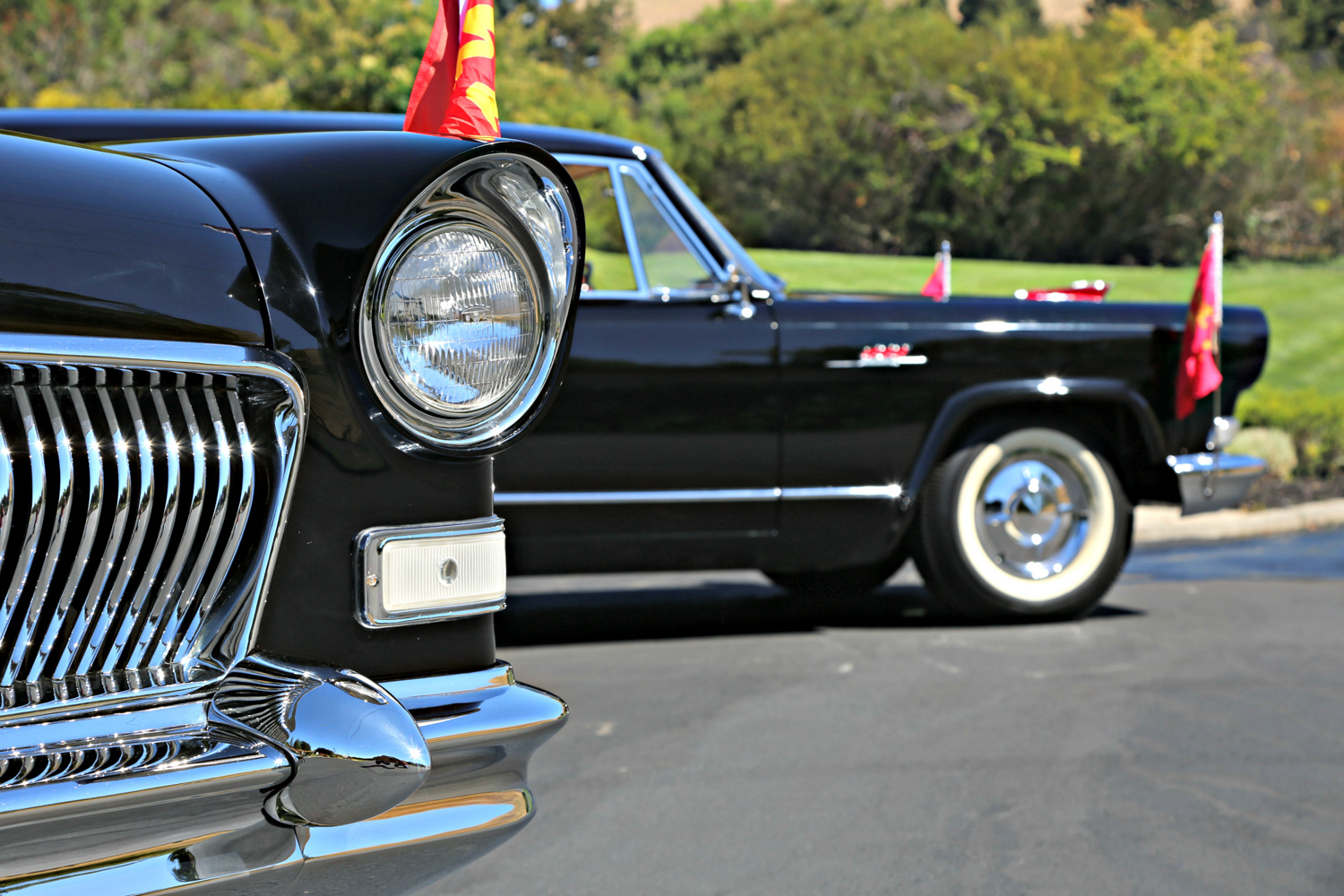
A World War ll factory was refurbished, in 1953, to create a new factory in Changchun, in the Jilin province of Manchuria, the first industrialized area in China. The new government owned enterprise was known as Diyi Qiche Zhizao Chang (First Auto Works) or FAW. An earlier translation of the Chinese name was Number One Automobile Factory. The factory was completed in 1956 and the first vehicle produced at the new plant was the Jiefang (Liberation) CA 10 4-ton truck, based on the Russian ZIS, which itself was a copy of the International Harvester K-Series truck. “During construction of the new truck plant in Changchun, the Soviet government provided technical support, tooling, and more than 80% of the production machinery,” according to the official FAW website. “A large number of Soviet advisors were stationed in Changchun during the ramp-up period to help orchestrate factory construction, production preparation, and training of FAW employees. During the 3-year preparation span, talented management and support staff were recruited from all over the country. Thousands of assembly line workers were hired and trained. More than 20,000 workers from the 5th construction division, composed of mechanical and electrical tradesman, were put to the task of transforming the daily arrivals of construction material into a state-of-the-art production facility on schedule.”
Now that the truck manufacturing plant was operating successfully, attention was turned to the manufacturing of automobiles. First, a new 1956 Simca Vedette sedan was purchased by FAW to use as a model to create the first car they would build. After research and development was completed, the first automobile produced by FAW was shown to Chairman Mao Zedong on May 21, 1958. The new car, called the Dongfeng (East Wind), was a mid-size sedan powered by a copy of the 4-cylinder engine Mercedes-Benz used in the 190. In less than two years, the Chinese had designed and created their very first automobile from scratch. Yes, it was largely copied from other manufacture’s products, but an impressive feat nonetheless from a country with zero experience building cars. Approximately 30 Dongfengs were produced, all by hand, in 1958. With the experience gained from the manufacture of trucks and the development of the Donfeng, China was posed to finally create a luxury car.
The Red Flag rises with the CA 72
Party leaders were impressed with the Dongfeng and gave FAW the green light to design and build a limousine. Work on the new car began at a fever pitch, producing a prototype shown at a ceremony on August 2, 1958. The new car was named the Hongqi, or Red Flag. “The design was completed in less than a month,” claimed a FAW press release. “It was a black 6-seat sedan with a maximum speed of 185km/h. The new car was powered by an 8-cylinder engine, delivering 200 hp. One of the new devises was a hydraulic power transmission and steering. It was shock and sound proof, and air conditioned. Doors and windows were all electrically controlled. The dashboard, made of scented mahogany, a famous Chinese timber, and a Chinese rug on the floor gave the Hongqi a special Chinese flavor. On September 19th, Deng Xiaoping and other central leaders praised the car.”
FAW went through five prototypes, each more refined in engineering and styling than the last. The first few cars had a very pronounced front grill resembling a Chinese fan and tail lamps in the form of Chinese lanterns. The body design was reminiscent of a 1955 Chrysler Imperial limousine, but with rear, front-opening “suicide” doors. This first series of cars was known as the CA 72, which would be the designation of the production car.
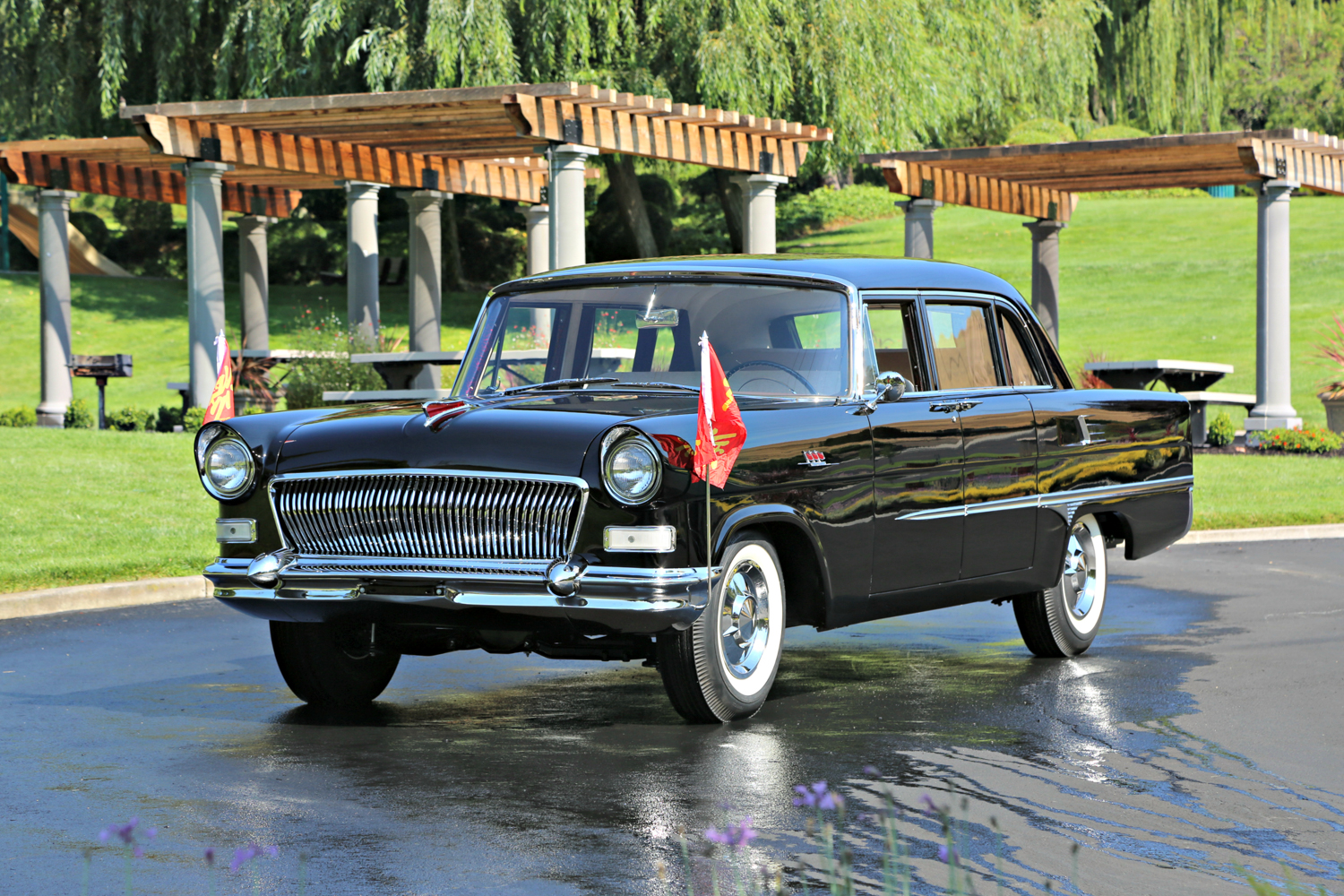
The fifth prototype CA 72 design would become the production car, shown in September of 1959 to the public for the first time. Production was originally slated to begin in 1962, but was rescheduled and production commenced in September of 1959. “The ‘Hongqi’ (Red Flag) is the first de luxe limousine ever to be made in China,” according to the December, 22, 1959, issue of the Peking Review in an article titled, “Hongqi” – China’s First Passenger Car. The state owned English language newspaper went on to extol the virtues of the new car: “An excellent car, it can stand comparison with any foreign model. Long, low and beautifully streamlined, it introduces elements of Chinese traditional art into modern automobile design, as for example in the palace lantern motif of its rear lights.” The article went on say, “It has a powerful engine with noise and vibration kept to a minimum. Start and acceleration are very rapid.”
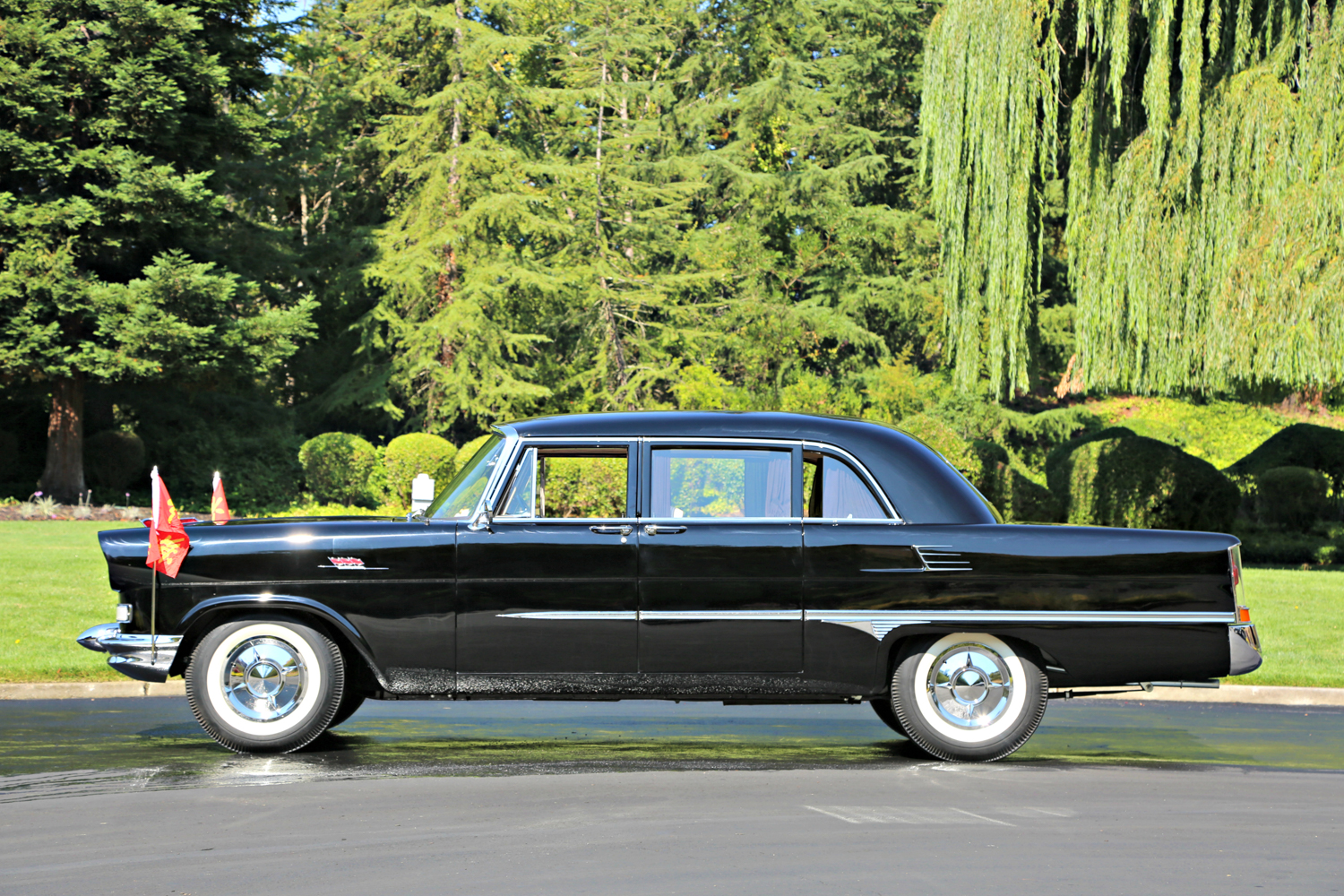
The Hongqi CA 72 remained in production with only a few minor changes from 1959 through 1965. A total of 202 CA 72 were produced, including four “Inspection Car” four-door convertibles.
A new, longer, more modern Hongqi, the CA 770, was put into production in April 1966, stretching the wheelbase from the 133.85 inches of the CA 72 to 146.45 inches. Overall length was increased from 225.60 inches to 235.43 inches. Sleeker and more streamlined than its predecessor, its styling looks to have been influenced by the Mercedes 600. A pair of forward-facing jump seats in the new CA 770 made room for two more passengers, giving it technically three rows of seats. “A new high quality 6-seater car has gone into production,” triumphantly announced in a press release by the New China News Agency in May of 1966, “This upholstered car with three rows of seats is an improvement on the existing double-row “Red Flag” model, until now in production. The new car introduces many improvements in body shape, interior decoration and engine structure. It embodies a variety of up-to-date skills in its manufacture. It has a “V” type engine, hydraulic automatic transmission, and a novel type of body frame. Sound-proof glass between the rows of seats makes travelling quiet. The car also has an electric temperature-regulating device. A well-equipped workshop especially for the manufacture of this new model has been set up in the plant. The Changchun plant has already turned out the first batch of new cars, working in cooperation with a number of other factories and enterprises in the country.”
The CA 770 would remain in production unchanged, with exception of revisions made to the fog lights and mirrors, until 1981. A total of 847 were produced, including a handful of CA 770 parade car convertibles.
Coming to America
In 1985, Jason Huang, a wealthy businessman from Chengdu, China, came to the United States. Huang loved cars, and visiting the prestigious Blackhawk Museum while he was in the San Francisco Bay Area was high on his list of things to do. There he met Don Williams, the legendary classic car enthusiast, dealer, collector, and president of the Blackhawk Museum. Williams gave Huang a personal tour of the museum (with the help of a translator). The two car enthusiasts soon became great friends, bonding over their shared interest in classic cars.
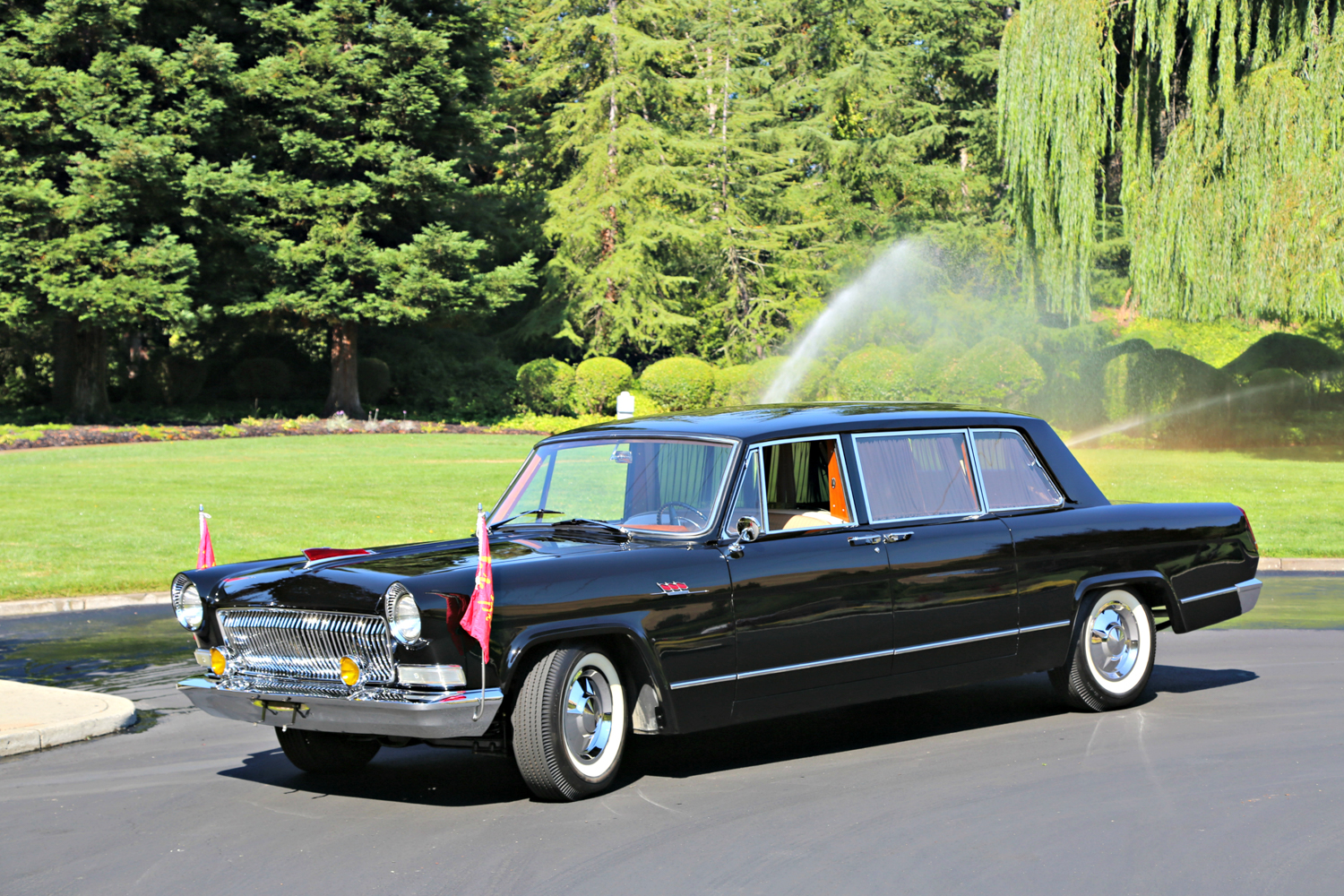
Impressed by what he saw at the Blackhawk Museum, Huang expressed his desire to build a car museum in his own country. He invited Williams to visit him in Chengdu to see his car collection and restoration facility. This is where Williams first laid eyes on his first Hongqi “Red Flag”, a 1973 CA 770 that had received a full restoration by Huang’s restoration team. Williams was impressed with the Hongqi and the high-quality of the restoration. After taking a ride in the CA 770, he decided he must have one for the Blackhawk Museum. At the time, importing a car from Mainland China to the United States was prohibited by the Chinese government. Un- deterred, Williams was resolved to acquire a Honqui. Huang also needed more cars for his future museum, particularly a replica Benz (like the replica on display at the Mercedes-Benz Museum in Germany) to represent the first practical use automobile made for his museum. After three years of negotiations with the Chinese government, an agreement was reached in the form of a cultural exchange. Williams would send a Benz replica to China in exchange for a restored 1974 CA 770 Hongqi to be sent to the United States. Finally, in December of 1988 an exchange ceremony took place at the Blackhawk Museum with both Huang and Williams in attendance, marking the first time a car was legally imported to the United States from Mainland China.
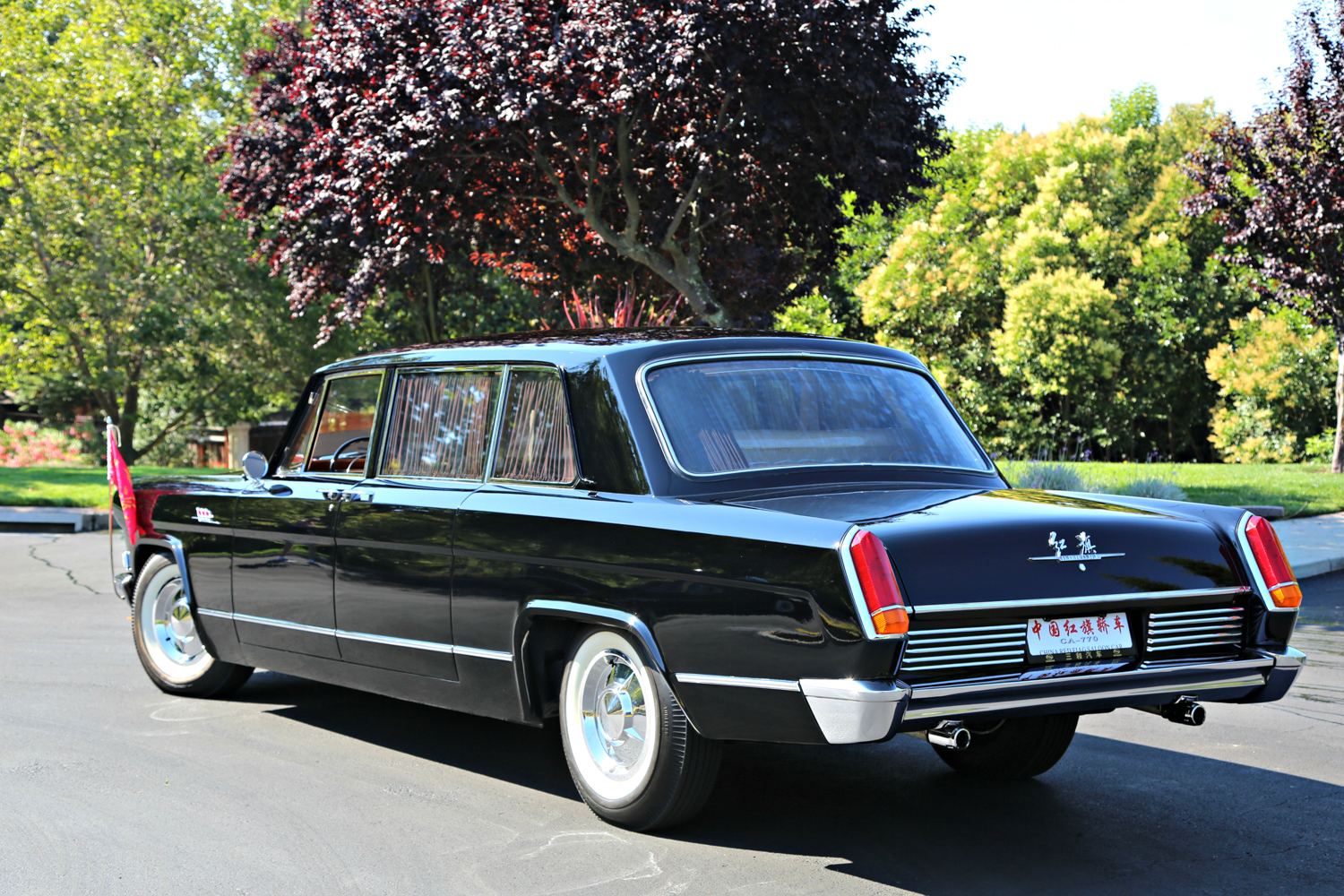
In the meantime, with guidance from Williams, plans were made and work began on what would become the Sanhe Classic Car Museum in Chengdu. The opening of the museum in 2005 helped draw attention to, and subsequently more appreciation to, vintage automobiles in China.
Getting Red Flags, the Green Light from Pebble Beach
Don Williams, who has been bringing classic cars to the prestigious Pebble Beach Concours d’Elegance every year since 1972, suggested that his friend Jason Huang attend the event. After attending the Concours for the first time, Huang was hooked. “It was my ultimate dream that one day I could bring my favorite collector car to this sacred hall of car collecting,” explains Huang. “Thanks to my life-long mentor, Donald Williams, with whose help I realized my dreams and won two awards with my Silver Ghost in 2016.” Inspired by his experience of showing a car at Pebble Beach, Huang pursued his next dream: “Presenting the Hongqi — the best Chinese car — before the whole world at Pebble Beach in 2018, the 60th anniversary of Hongqi.”
Don Williams had wanted to exhibit his Hongqi at Pebble Beach for years. Now that he could get a second Hongqi to attend, the time was right to propose a showing of two Hongqi cars to the Concours selection committee. “These are interesting, well-made, historically significant cars that most of the Western World knows little about and has never seen. This is a chance for both our countries to share their automotive culture and history.” Fortunately, the Red Flags got the green light from Pebble Beach.
The car Haung brought over from China was a beautifully restored 1965 CA72, which is an entirely different body than the CA 770 that Williams displayed, enabling spectators to see two different generations of Hongqi. This was the first time a CA72 and a CA770 have ever been seen at one place, at the same time, outside of China.
On the day of the Concours, both cars drew a great deal of attention and curiosity. A famous female Chinese opera star elegantly attired in traditional dress and makeup posed for photos with the Hongqi cars to the delight of spectators.
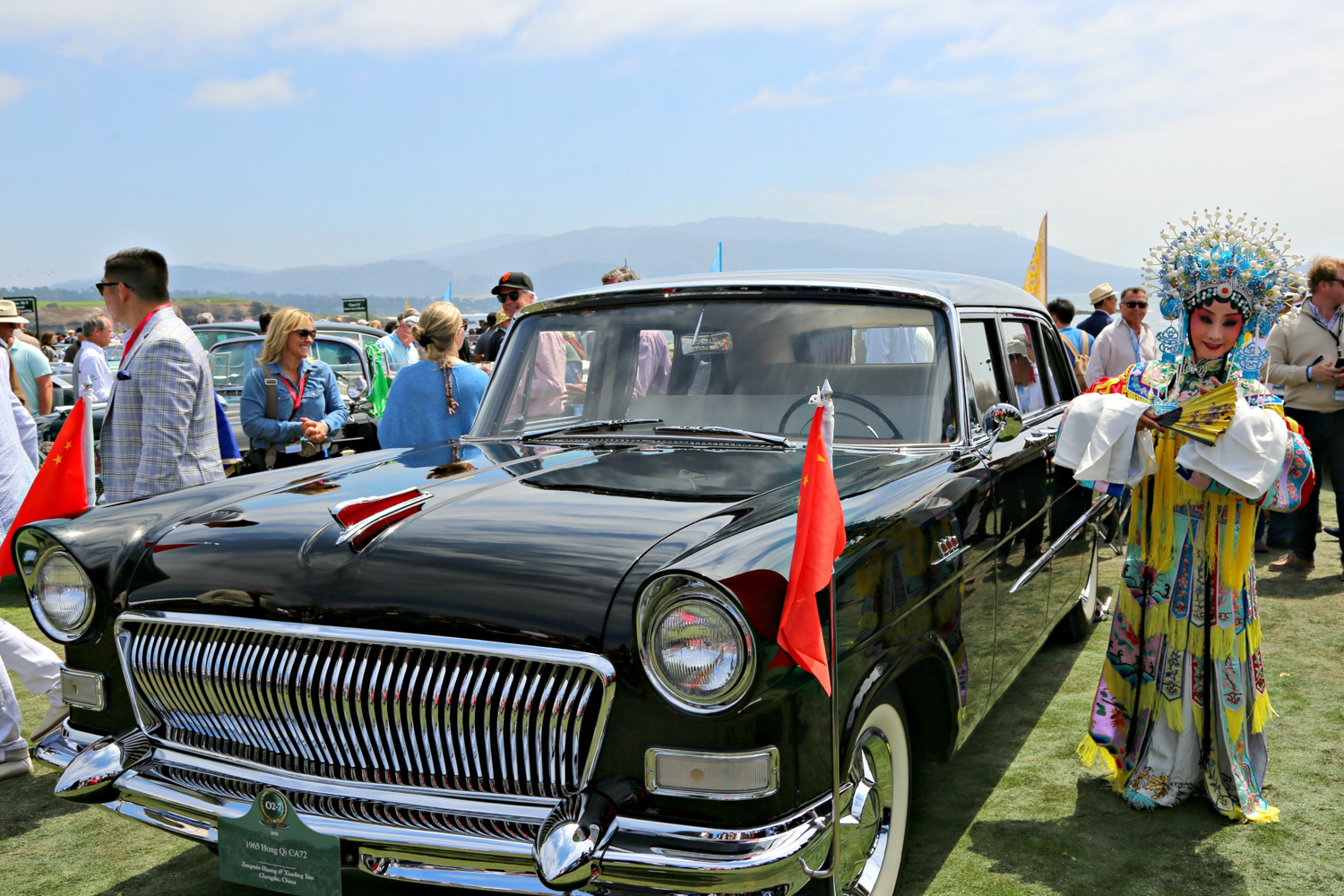
It was a moment of tremendous pride for both Williams and Huang to see both these cars on the lawn at the Pebble Beach Concours d’Elegance. A culmination of years of planning, negotiations and patience to get the Hongqi’s to the most prestigious car show in the world.

Up Close and Driving Impressions
The first thing you notice about the Hongqi cars is that they have an old-world formal elegance. These cars looklike important people should be riding in them.
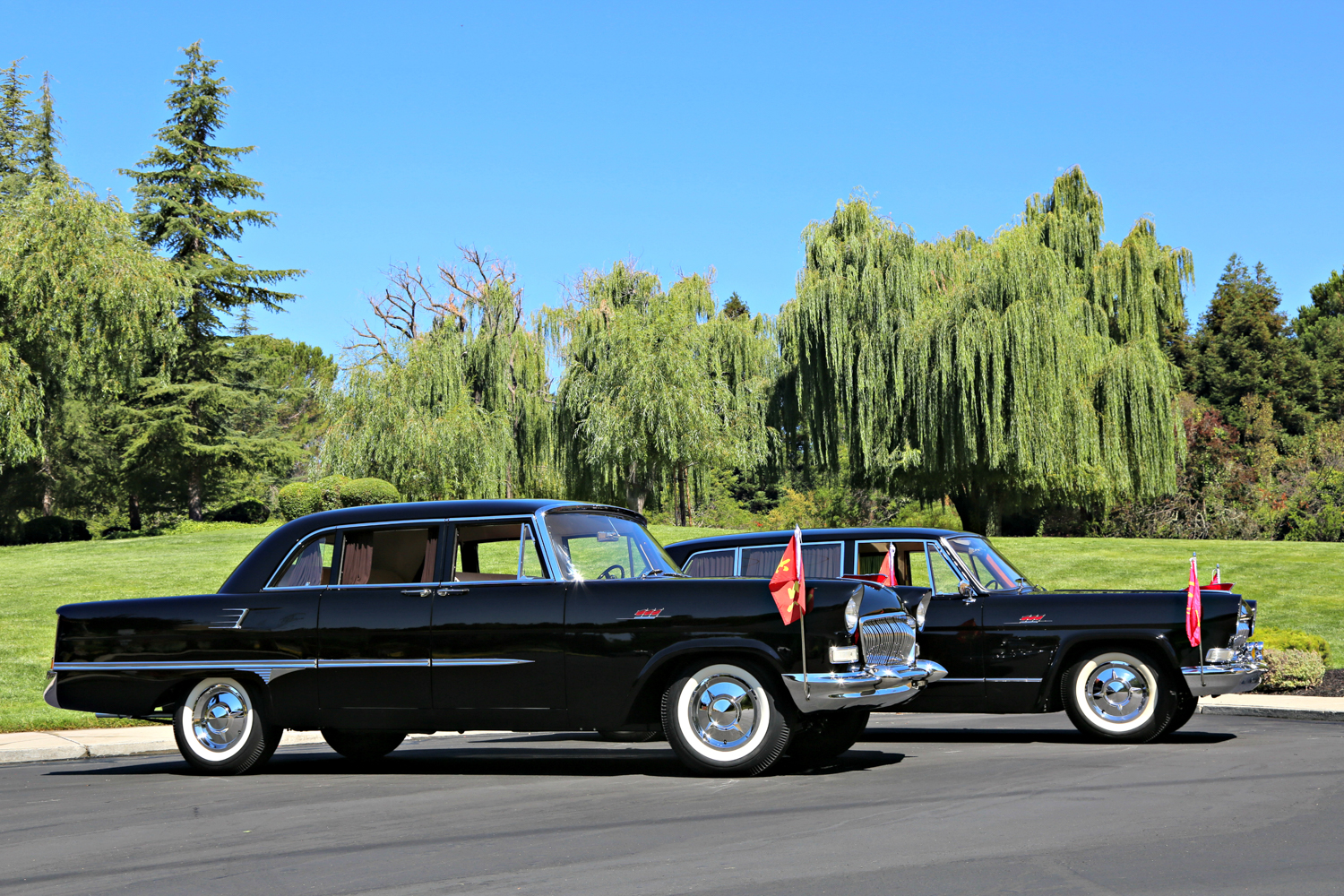
The first car I examined was the 1965 CA 72. The styling, conceived in the late 1950s, is remarkably clean for the era. The roof line is rounded and looks very much like a car built in 1958, however the chrome trim and ornamentation is refined and elegant. The shape of the front grill resembles a Chinese fan and the tail lights are designed to look similar to a traditional Chinese lantern. The front fenders on both cars are adorned with emblems in the shape of three red flags. These three red flags represent Socialist Construction, Great Leap Forward and Peoples Commune. There is also a red flag hood ornament. Inside, the dash design is simple and elegant. The interior is very roomy and comfortable, upholstered in a neutral-colored cloth material. Sliding behind the wheel I notice the seat is positioned high, affording great visibility. Interestingly, this car has no air conditioning or power steering and a column mounted “three on the tree” manual transmission. Not what I was expecting in a 1965 limousine. Brakes however, are power assisted and greatly appreciated on this 5,000-plus-pound machine. Ride quality is very nice for a car of this vintage, and the shifter and clutch are smooth and easy to manipulate. Acceleration is leisurely, but its small V-8 engine runs smoothly. Overall, the car feels solid, tight and rattle-free. The doors, trunk and hood open nicely and close with a reassuring thud.
A little larger in size is the 1974 CA 770. The styling is cleaner and more refined than its predecessor. The design motifs for the grill and tail lights are updated, but similar to the CA72. This car is equipped with an inner division window, air conditioning, power steering, power brakes and automatic transmission. Again, the driving position is high, which is welcomed on such a large car. Equally appreciated are the automatic transmission and the power steering that make the CA 770 easy to drive. The engine looks pretty much the same at the CA 72, but is rated with 15 more horsepower. The CA 770 tips the scale at around 6,000 pounds, making it 1,000 pounds heavier that the CA 72. This adds to the ride quality, but the engine’s performance feels about the same. Both cars are remarkably quiet inside and have a quality feel about them. A generous amount of luxurious genuine wood trim adds to the elegance of the interior. The fit and finish, panel alignment, as well as the high-quality of the restoration of both cars is impressive.
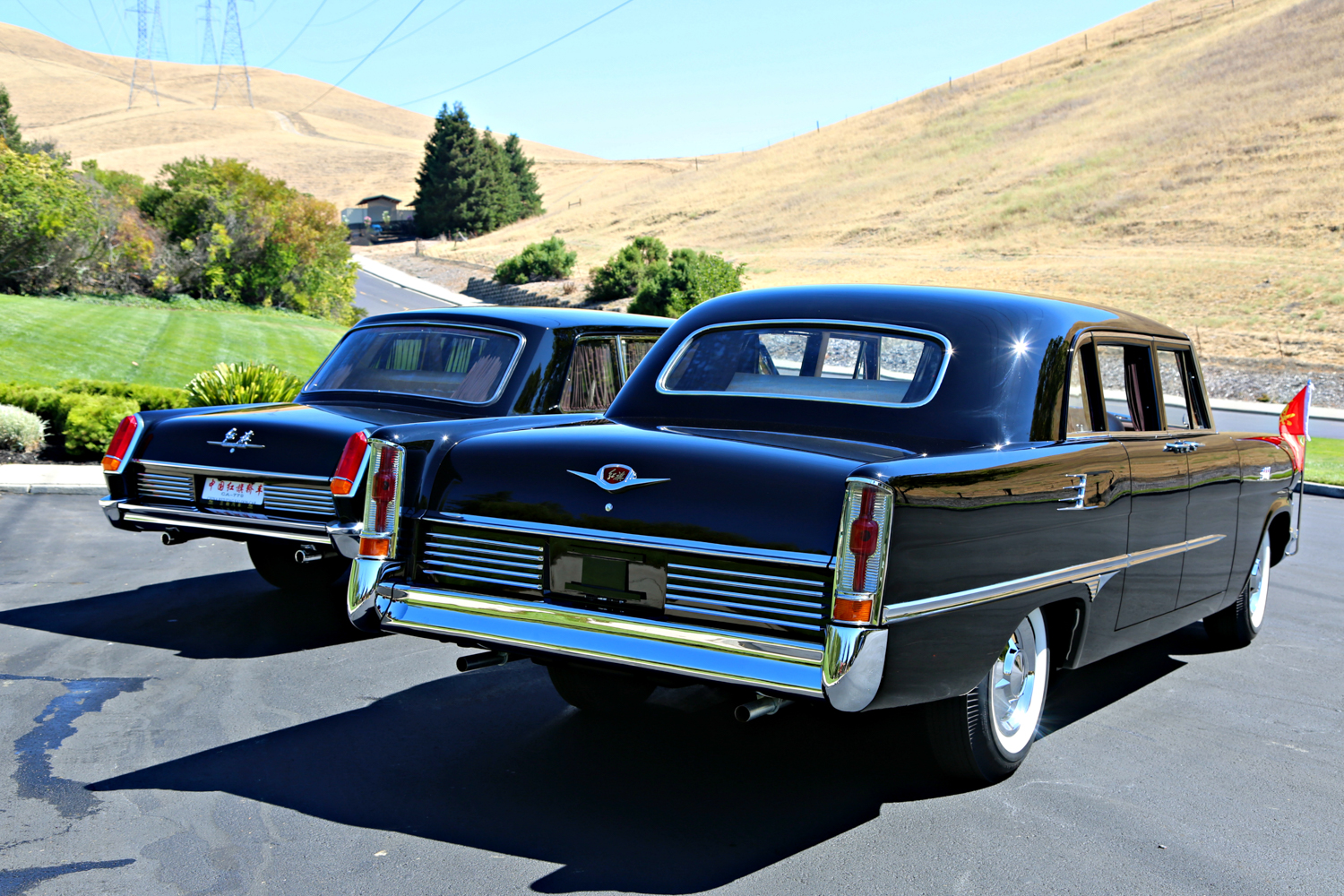
FAW is still producing cars in China and vintage Hongqi cars are coveted collectables in their native country and in some other parts of the world. FAW has a collection of cars they have produced in the past with several on display in museums, including the Sanhe Classic Car Museum. A China Motor Vehicle Documentation Center was established, in 1972, in the Netherlands to preserve Chinese automotive history. There are many passionate Hongqi collectors, several of which maintain large collections.
The Honqis prove car collecting is a truly a global phenomenon, transcending continents, political beliefs and cultures.


